- Home
- Destinations
- South Africa
- Cape Town
Overview
Climate
Cape Town’s Mediterranean climate is characterised by dry summers and mild, rainy winters. Its unpredictable weather is influenced by the warm Agulhas current from the Indian Ocean-side and the cold Benguela current on the Atlantic-side. The famous “South Easter” wind, also known as the "Cape Doctor", is an active agent in the weather conditions. It is imminent in blowing away the smog and pollution, to make way for fresh sea air.
Cape Town is a paradise in summer (November – February) with long, warm and cloudless days providing ideal conditions for beach-goers. Cold ocean temperatures provide relief from the hot summer sun. From March to April, autumn marks the landscapes with vivid reds, earthy browns, oranges and yellows. Slightly cooler temperatures and dissipating wind is ideal for soaking up the sun while visiting all the sites (with much shorter queues).
Although winter is known to be rainy, the temperature is mild in comparison to many other international cities. May brings the green season, where rainy days are often interrupted by crisp, sunny days where the outdoors can be enjoyed. There is an abundance of heart-warming comfort food and wine that can be savoured in front of a warm fireplace. Whales come close to the shores to give birth and mate. Temperatures start rising again in September, signalling the arrival of Spring. Spring weather is soft, windless and mild with short, sporadic showers. Wildflowers and Cape Fynbos start to bloom, coating the lush landscapes with colourful display.
Getting There
Cape Town International Airport, located approximately 22 km east of the city centre, is the second busiest airport in South Africa. It caters for local as well as international flights, of which many are direct. 24 airlines are operating at the airport, flying to and from nearly 100 destinations. There are numerous car rental companies located at the airport, through which a vehicle can be booked (preferably in advance), which will allow for a self-drive journey.
The MyCiti bus rapid transit system is another option. From the Airport, the service can take you to the city centre’s Civic Centre station, from where you can transfer to another bus that can take you to the vicinity you wish to be. Uber service is also operational throughout Cape Town.
Travelling from the beautiful Eastern Cape and Garden Route, one can reach Cape Town city via the N2 Highway, or alternatively via the picturesque Route 62, which lets you join up with the N1. The N1 is the road leading you from Gauteng via Bloemfontein and Beaufort West. The main route coming from the West Coast is the N7, leading you though the Northern suburbs of Cape Town. The alternative is the R27, passing through some of the peaceful West Coast villages.
Two luxury trains also meander through the South African landscapes, as they follow the route from Gauteng to Cape Town. Using either one of the trains allows you to experience the country with its vast variety of panoramas in style and at a relaxed pace. (The Rovos Rail and The Blue Train).
Ideal Destination For
- Adventure
- Beach
- Bucket List
- Culture
- Food & Wine
- Romance
- Solo Travel
- Special Interest
- Sport
- Wellness
Points of Interest
- Bo Kaap
-
Brightly-painted Cape Dutch and Cape Georgian houses line the cobbled streets of Bo Kaap, an area on the edge of Cape Town’s city centre, formerly known as the Malay Quarter. The occupants are a blend of cultures that descend from slaves imported in the 1700s, the majority of which were Muslim. Today there are 7 mosques, of which Auwal Mosque in Dorp Street is the oldest in the country. In the area one can find the Tana Baru – a cemetery (also called a Karamat), which is now closed. Some of the earliest and most respected Muslim settlers of South Africa are buried here.
On 2 January each year, Bo Kaap hosts a spectacularly colourful seven kilometre street parade performed by Cape Minstrels. This celebration of song, drumbeats and dance movements is an introduction to a major contest whereby over 40 minstrel clubs (some of which consist of 1 000 members or more) compete in a range of categories. While entertaining for the public, the competition is taken very seriously by the participants. Extend your New Year celebrations by finding a spot along the parade route to join in on the festivities!
- Table Mountain
-
The mountain that dominates Cape Town’s skyline, with its distinctive flat top, is one of the most-frequented landmark attractions in South Africa. From the top, at approximately 1 086 metres above sea-level, numerous vantage points allow for impressive views over Cape Town, the harbour, Table Bay, Robben Island, the peaks of the surrounding mountains and the Table Mountain National Park in which Table Mountain is located.
To summit the mountain, the easiest way is with the Aerial Cableway. It is effortless, wheelchair-accessible and will only take 5 minutes one-way. For keen hikers, there are several routes that lead up the mountain, varying in duration and levels of difficulty. Situated within a 22 000-hectare conservation area, the mountain serves as a shelter to mammals, reptiles, amphibians, birds and insects. Renowned for delicate endemic Fynbos, Renosterveld and Afromontane Forest plant species also inhabit the park. Table Mountain was inaugurated as one of the New 7 Wonders of Nature in December 2012.
- Boulders Beach
-
In the 1980s, two breeding pairs of African Penguins showed up on the mainland near Cape Town. A colony was established and today visitors can delight in the sight of thousands of penguins frolicking around. These penguins are also known as the Jackass Penguin and Black-footed Penguin and can only be found on the southwestern coast of Africa.
Near Simon’s Town, massive ancient granite boulders dot the beach, providing excellent shelter from big waves and excessive winds. Conservation efforts have resulted in a growing population, which is estimated at between 2 000 and 3 000 birds. The construction of wooden walkways now allows for viewing of the birds in their natural habitat and breeding grounds, while keeping them safe.
- Cape of Good Hope and Cape Point
-
Cape Point and Cape of Good Hope are situated in the southern section of Table Mountain National Park, its biodiversity consisting of an array of fynbos, over 250 bird species, buck, baboons and the Cape Mountain Zebra.
Displays of tidal pools, almost isolated beaches, rugged rocks and cliffs dropping into the ocean, can be enjoyed by means of viewing points, hikes, picnics or mountain bikes. Monuments dedicated to explorers such as Vasco da Gama and Bartolomeu Dias, and walking trails lead past some shipwrecks.
The Flying Dutchman funicular will assist with the ascent to the viewing point below the old lighthouse.
- V&A Waterfront
-
The modern Victoria & Alfred (V&A) Waterfront was established in 1988 and serves as a residential and commercial property, including extensive world-class dining, leisure and entertainment facilities in the oldest working harbour in the Southern Hemisphere. It attracts more than 24 million visitors a year.
More than 80 restaurants and bars provide a vast variety of drink and cuisine – from al fresco fish and chips to fine-dining. 12 hotels, over 500 retail options, 7 museums, an arts and crafts centre, the internationally renowned Two Oceans Aquarium and a museum forms part of the 123-hectare development. A variety of leisure options operate from here. 22 historical landmarks can be found on the site as well.
This hub of excitement is ideal for strolling around the whole day and offers something for every age and level of sophistication.
- Robben Island
-
Over centuries, Robben Island has served as a prison at various times, and it is famous for the imprisonment of freedom-fighter Nelson Mandela, who later became the first democratically-elected President of South Africa.
Apart from having served as a Maximum Security Prison, it served as a training and defence station for the British during World War II as well as a hospital for leprosy patients, and the mentally and chronically ill.
A tour of the Island which is located to the West of Table Bay and about 45 minutes away by boat ride from the V&A Waterfront, is conducted by fully conversant and knowledgeable tour guides. To be seen on the island are the infirmary graveyard, the Lime Quarry, Robert Sobukwe’s house, The Bluestone Quarry, army and navy bunkers and the Maximum Security Prison, which includes a viewing of Nelson Mandela’s cell.
- Two Oceans Aquarium
-
The aquatic displays showcased in the Two Oceans Aquarium is a very sincere reflection of marine species found in the waters of the two sea currents converging at Cape Point. The two currents serve as habitat to an array of cold-water and warm-water creatures, respectively. Diversity is at the core of the aquarium’s success. Exhibits of captivating jelly species, leading to the I&J Ocean Exhibit: 1.6 million litres of vibrant, warm water. There is the cold-water Predator Exhibit and the living kelp forest – one of only a few displayed in aquariums. Transparent tunnels and giant windows enhance the viewing of local and other fish species.
A presentation of captivating jelly species forms a dazzling reception that leads up to the giant I&J Exhibit. The warm water fish species hosted here can be viewed through either a 10-metre long transparent tunnel or the giant window, while rays, mussel-crackers, green sea turtles, guitarfish and galjoen glide through the water. Conservation and research efforts are evident in the projects the aquarium administers, such as tagging sharks and turtles, and returning them to the oceans as well as the Seal Rescue Programme, focused on removing tangled bait box bands, rope and fishing line from seals frequenting the harbour.
- Clifton
-
Clifton is an affluent suburb about 12 minutes from Cape Town’s city centre. Here, some of the most expensive real estate in Africa, with mansions nestled on the cliffs, offer sweeping views of the Atlantic Ocean.
The four small Blue Flag beaches are interlinked, with giant granite boulders dividing one from the next. Each of the beaches can be reached by stairs down from the road.
1st Beach, where many of the locals and old-timers go, is the least crowded, but lacks the cosy atmosphere of the other beaches as it is overlooked by exclusive beachfront apartments. 2nd Beach is considered the place to go for a few hours in the sun without too much hype, while 3rd Beach is a popular rendezvous spot for gay men. Finally, 4th Beach is usually packed with trendy people but is also frequented by family groups, being closest to ablution facilities and parking areas.
Clifton 4th Beach is a blue flag beach and one of South Africa's most popular and sought-after beaches. Visited by celebrities and the rich-and-famous, 4th beach at Clifton is the place to be seen.
- The Old Biscuit Mill
-
Previously used to store grain and flour, it is used today for hosting day and night markets for creative speciality traders. Farm stalls selling delicious refreshments, are complimented by restaurants serving decadent meals for those who choose to linger a little bit longer in this creative space.
An inspiring line-up of festivals and productions are attended by enthusiasts wanting to share in the talent and the vibrant atmosphere. It is also occupied by office space and various workshops and designer stores.
- Kalk Bay Harbour
-
This authentic working fishing harbour is lively, buzzing with fishermen bringing in their catch of the day and visitors observing the market scene, strolling the pier, walking down to the lighthouse and frequenting the many cafés and restaurants with fantastic ocean views.
Seals, sea birds, a tidal pool and the shops here are known for selling unique and less ordinary inventory – artisans, vintage stores, art galleries, jewellery stores, book shops and curio suppliers offer a variety of amusing items.
- Camps Bay
-
Camps Bay, located along the glittering waters of the Atlantic Ocean and set at the foot of the Twelve Apostles mountain range, is one of Cape Town’s most breathtaking suburbs. Camps Bay abounds in vibrant restaurants, bars and side-walk cafés. During the day, crowds are drawn to the soft, sandy beaches for suntanning or lounging, after which the cosmopolitan nature of the trendy suburb is accentuated by sunset cocktails, dinners and dancing.
- Chapmans Peak Drive
-
A 9-kilometre world-famous scenic marine route, stretching between Hout Bay and Noordhoek winds its way along the mountain side, revealing spectacular displays of rocky inclines, sandy beaches, shimmering blue waters and expansive skies. It is a paradise for motorists, sightseers, picnickers, runners, hikers, bikers and cyclists with picnic spots and vantage points to enjoy nature.
- Castle of Good Hope
-
Dating back to 1666, the pentagonal fort built to serve as protection for the settlement, is the oldest surviving building in South Africa. Having been at the centre of civilian, political and military life, the Castle plays an integral part in Cape Town’s history.
Today it houses the regional headquarters of the South African Army in the Western Cape, the Castle Military Museum and ceremonial facilities for traditional Cape Regiments. A permanent exhibition, the William Fehr Collection of artworks that depicts aspects of cultural life in the Cape over the centuries, can be visited, while contemporary exhibitions are occasionally presented.
- Norval Art Foundation
-
The Norval Foundation is a centre dedicated to the research and exhibition of 20th- and 21st-century visual art. Housed here is one of the largest private art collections in the country. Works featured are largely from local artists.
Art is not only limited to high-standard indoor exhibitions, but there is also a strong focus on appreciation for the environment. A Sculpture Garden and outdoor amphitheatre, combined purposefully with a research library, bespoke shop and children’s playground are aimed at providing a multi-sensory experience. The Foundation is custodian and protector of the natural wetlands surrounding the establishment.
- Zeitz Museum of Contemporary Art Africa
-
The Zeitz Museum of Contemporary Art Africa (Zeitz MOCAA) is a public not-for-profit contemporary art museum which collects, preserves, researches and exhibits twenty-first-century art from Africa and its diaspora; hosts international exhibitions; develops supporting educational and enrichment programmes; encourages intercultural understanding; and guarantees access for all. Over one hundred galleries, spread over nine floors, are dedicated to a large cutting-edge permanent collection; temporary exhibitions; and Centres for Art Education, Curatorial Training, Performative Practice, Photography, the Moving Image and the Costume Institute.
- Kirstenbosch Botanical Gardens
-
The Kirstenbosch National Botanical Garden is acclaimed as one of the great botanic gardens of the world. Few gardens can match the sheer grandeur of the setting of Kirstenbosch, against the eastern slopes of Cape Town’s Table Mountain.
Kirstenbosch was established in 1913 to promote, conserve and display the extraordinarily rich and diverse flora of southern Africa, and was the first botanic garden in the world to be devoted to a country’s indigenous flora.
- Green Market Square
-
This is one of the oldest markets in Cape Town, set on a cobbled square between Short and Longmarket Streets in the heart of the CBD. You can pick up local art, crafts, fabrics and artefacts from almost every country on the continent at this open-air gathering place.
Cape Town Activities
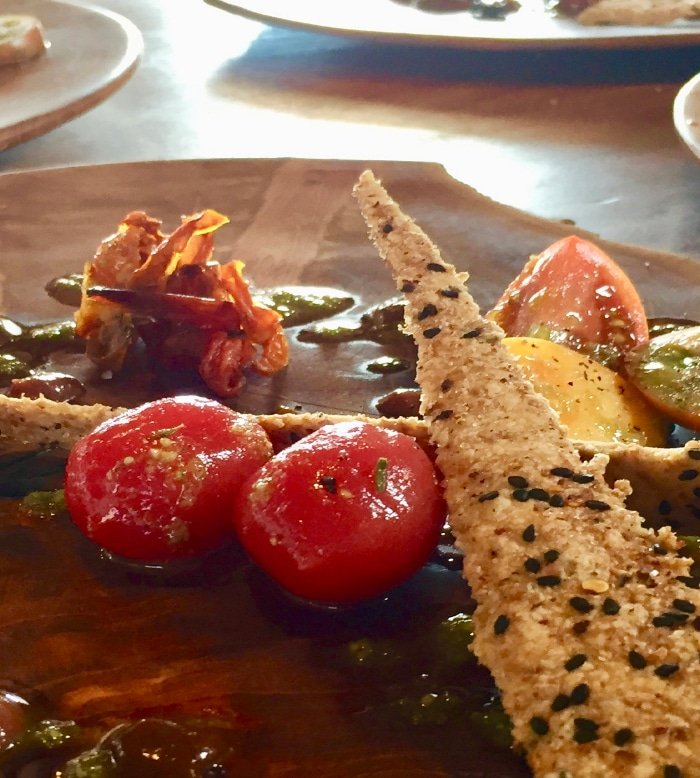
Crofter’s Kitchen with Nicky Gibbs

Hop-On Hop-Off Wine Tram
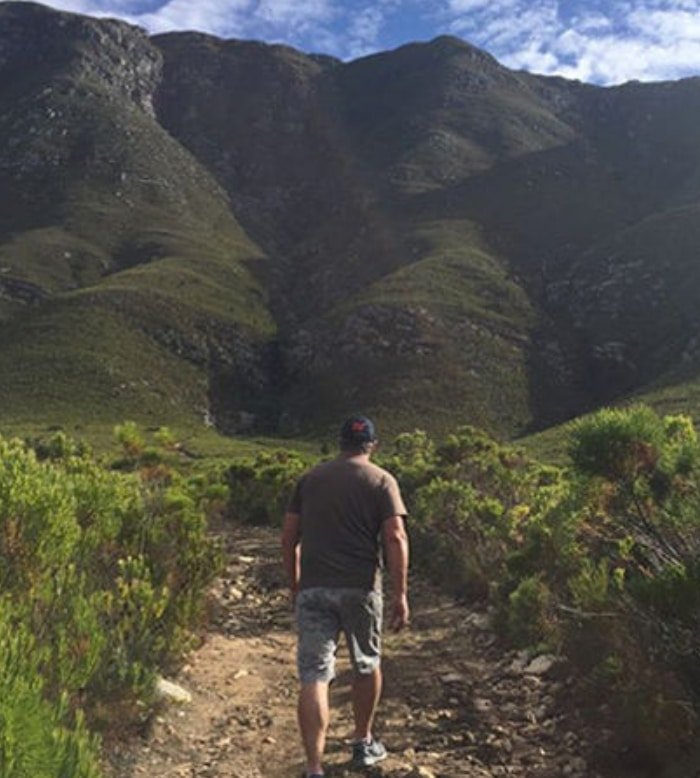
Gourmet Picnic Amongst Fynbos

Shark Cage Diving
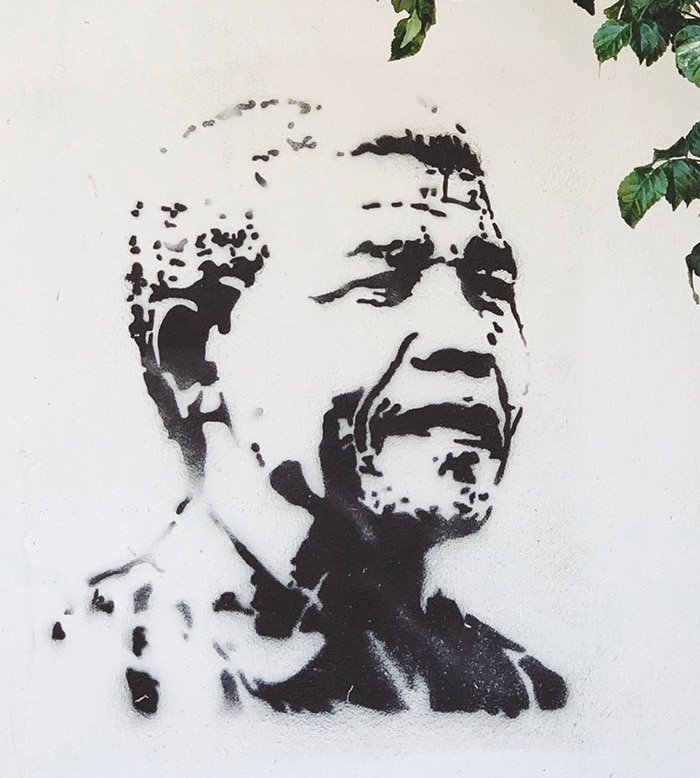
Freedom Flight with Christo Brand
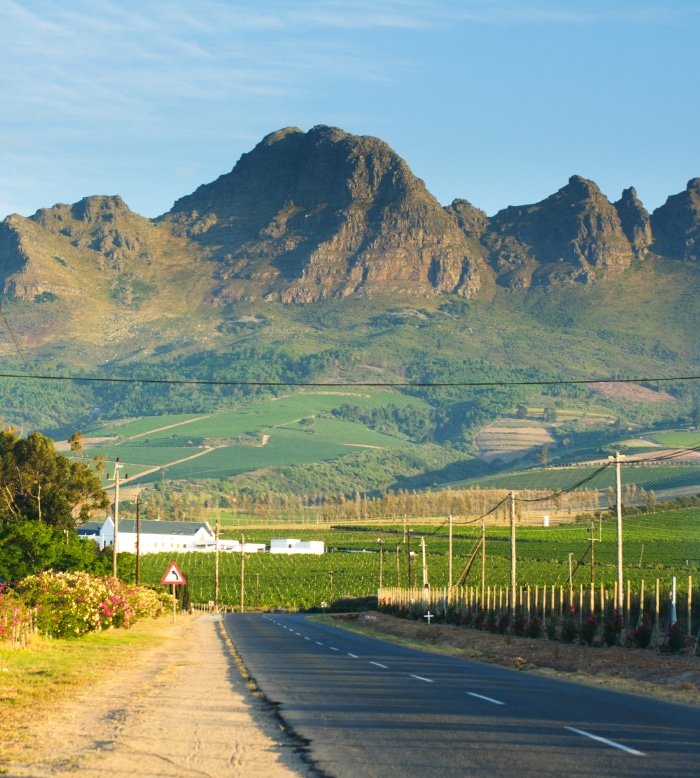
Wine Tour for the Connoisseur
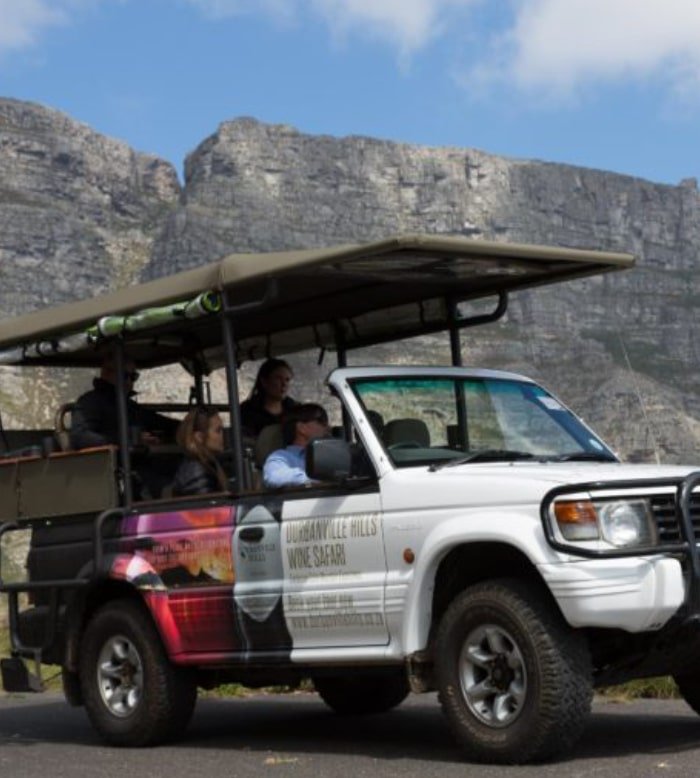
Table Mountain Wine Safari
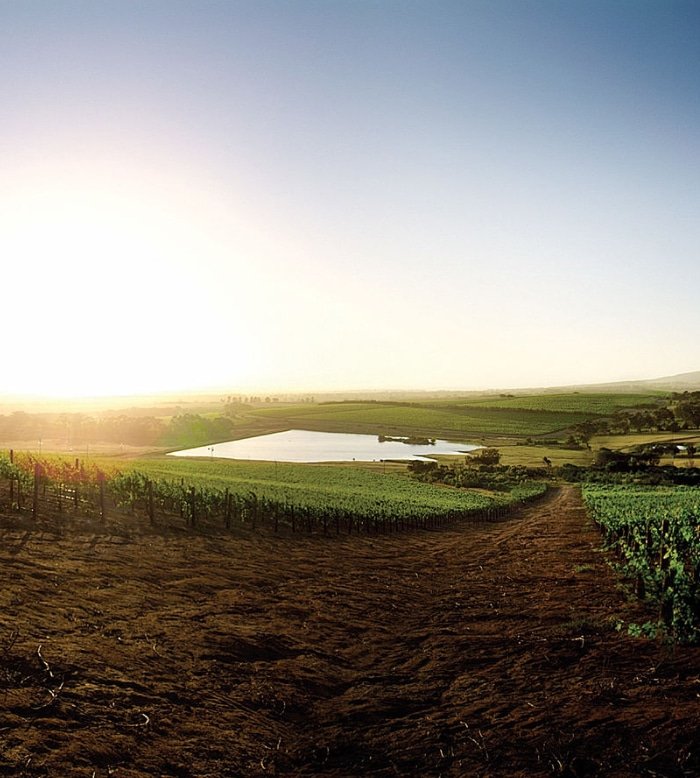
Wildflowers & Wine

24 Hours to Antarctica
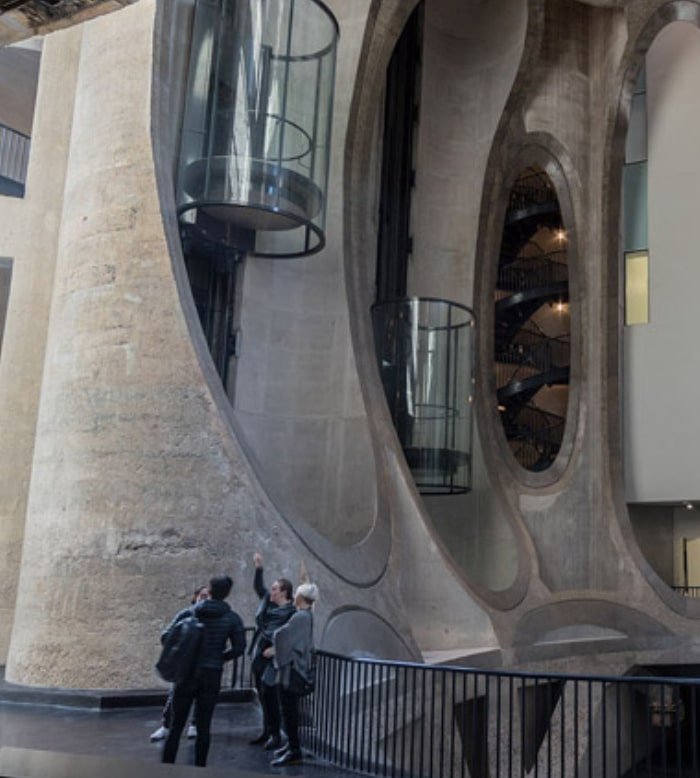
Fully Guided Art Tour

Benguela Diamond Safari



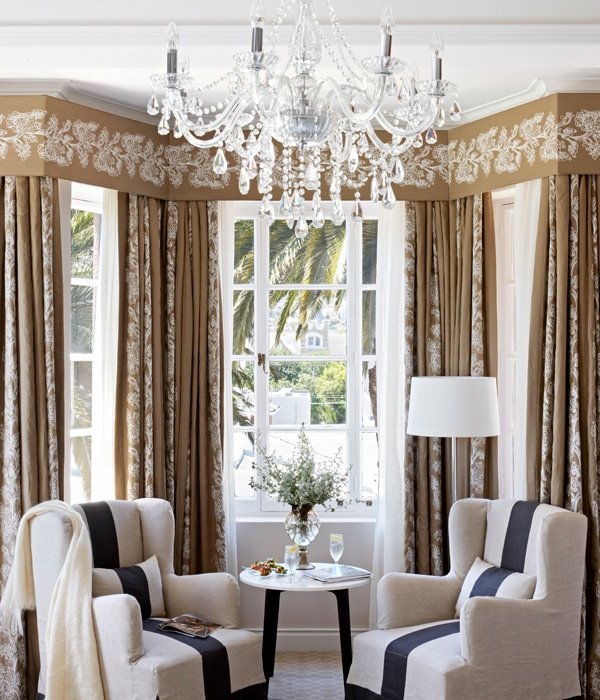
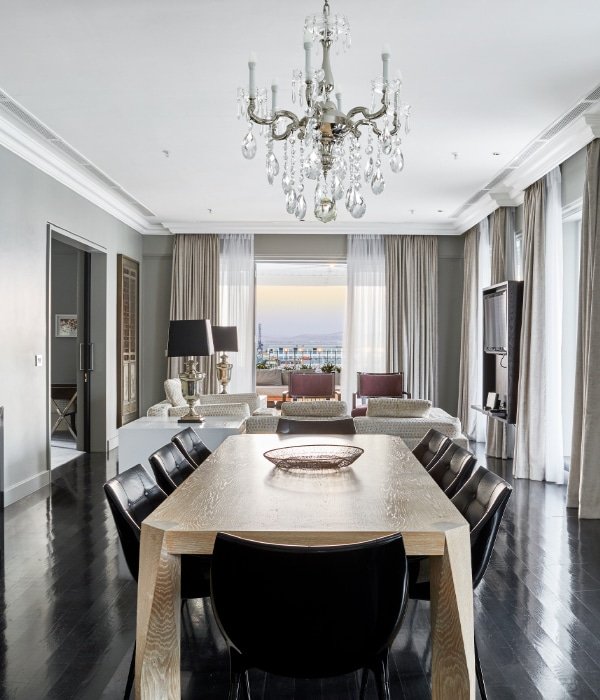

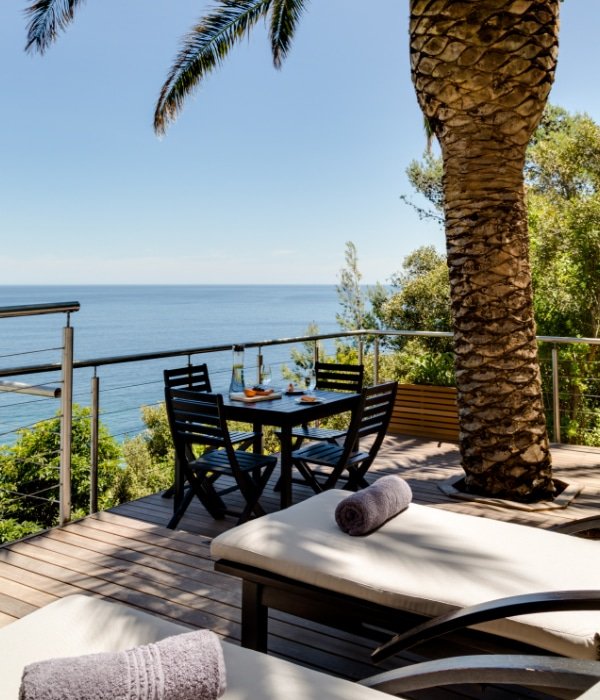

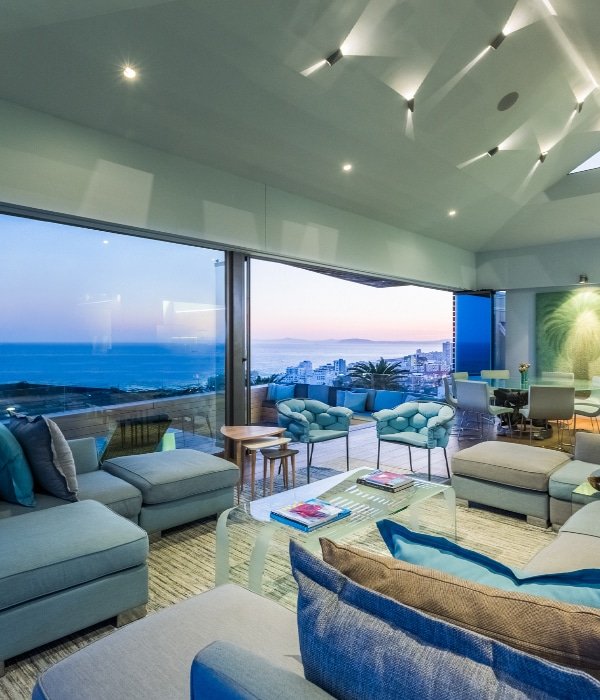
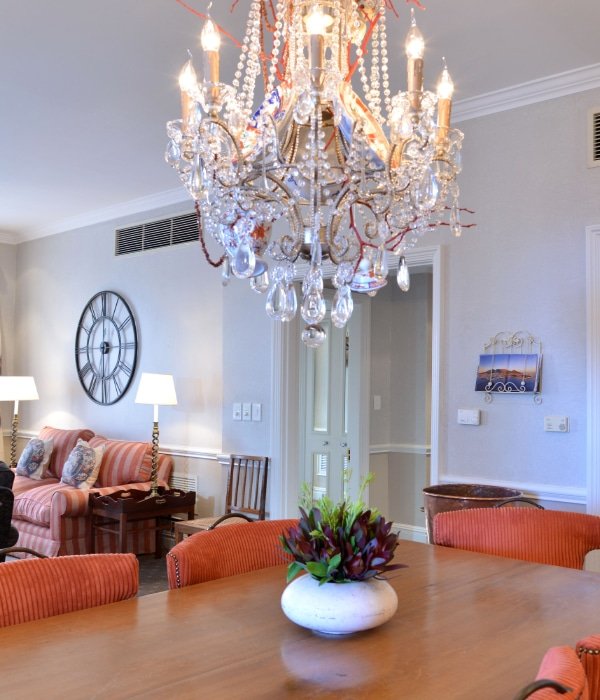
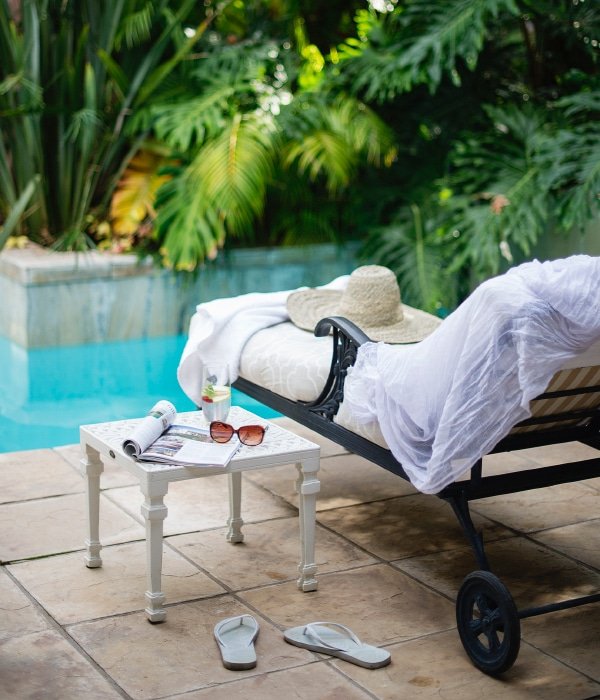


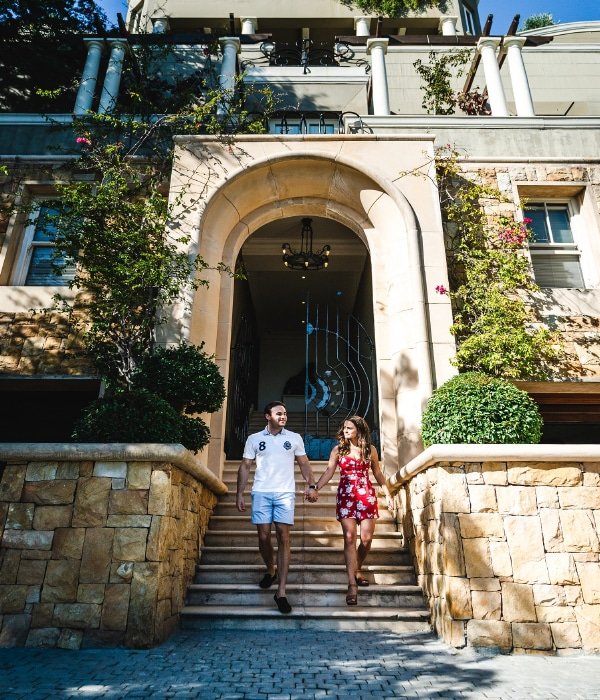
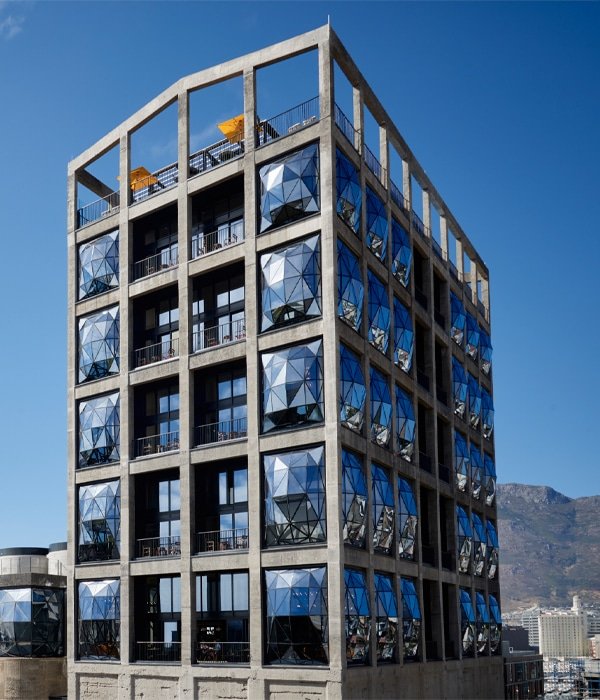
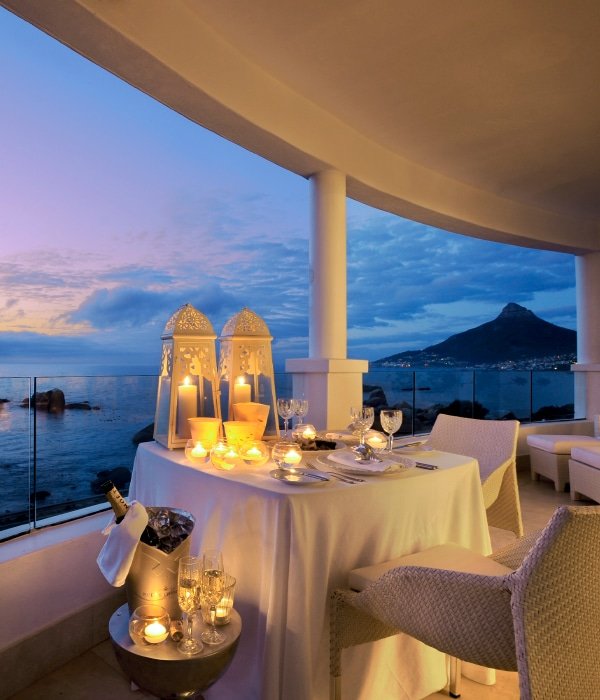

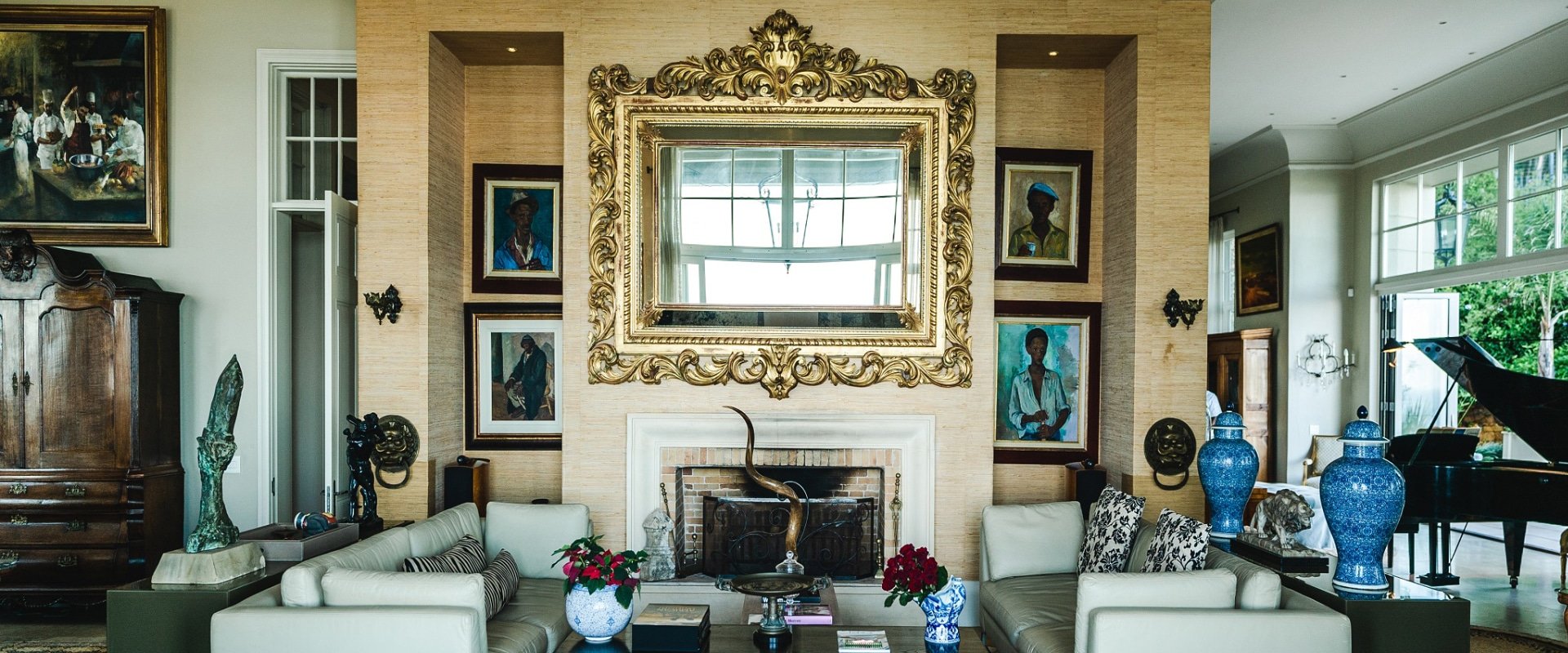
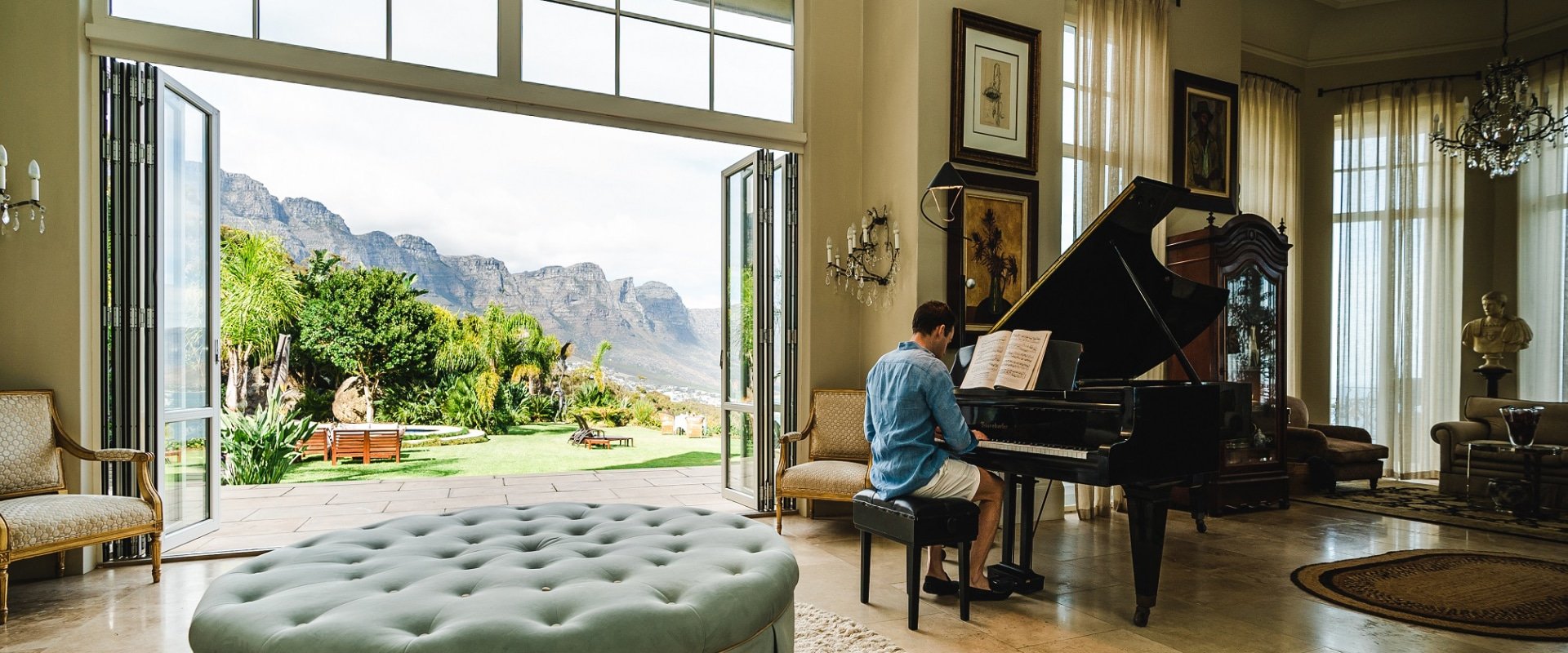
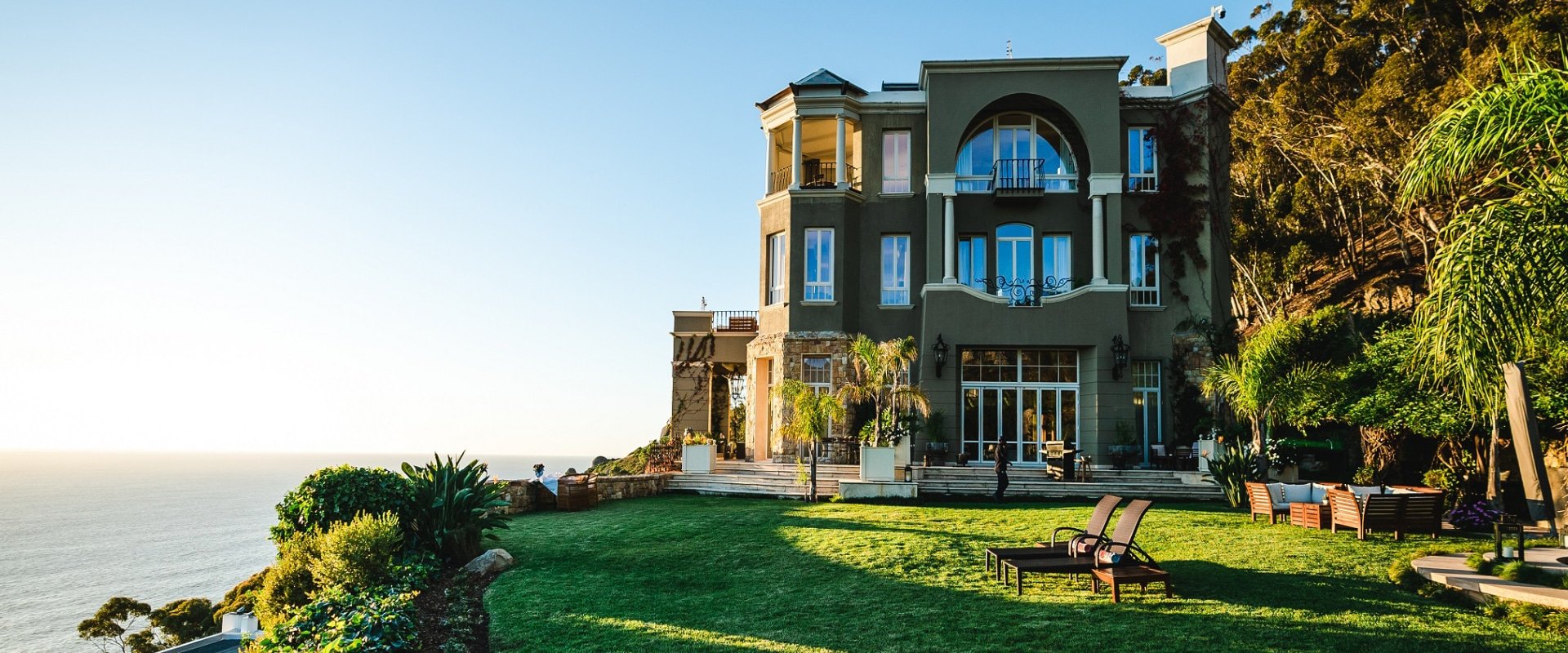

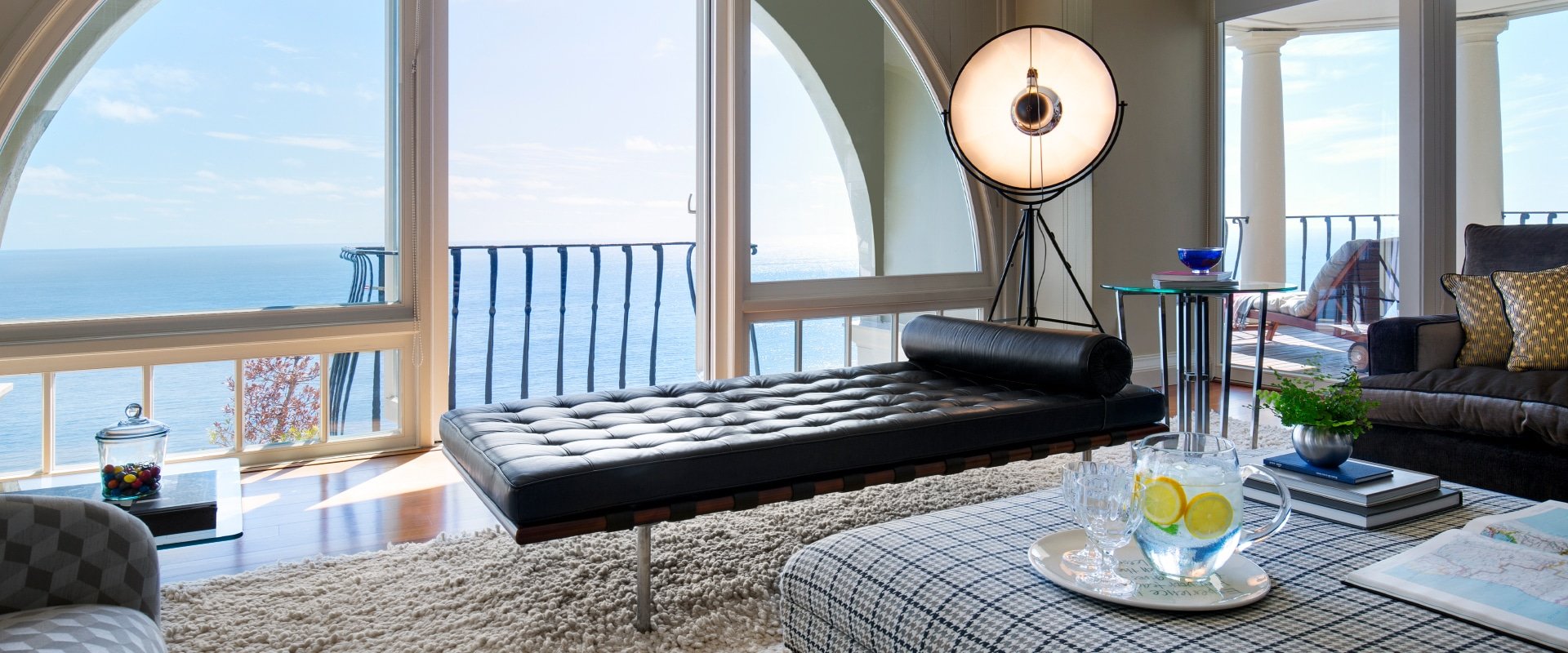

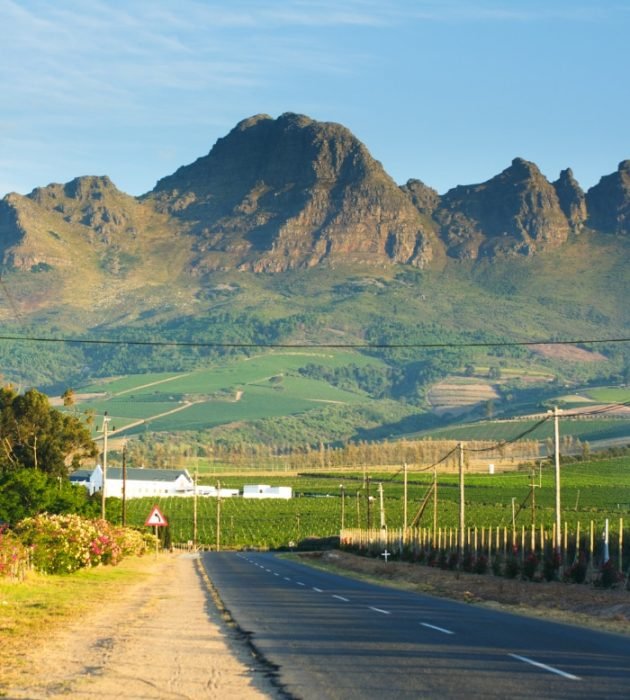
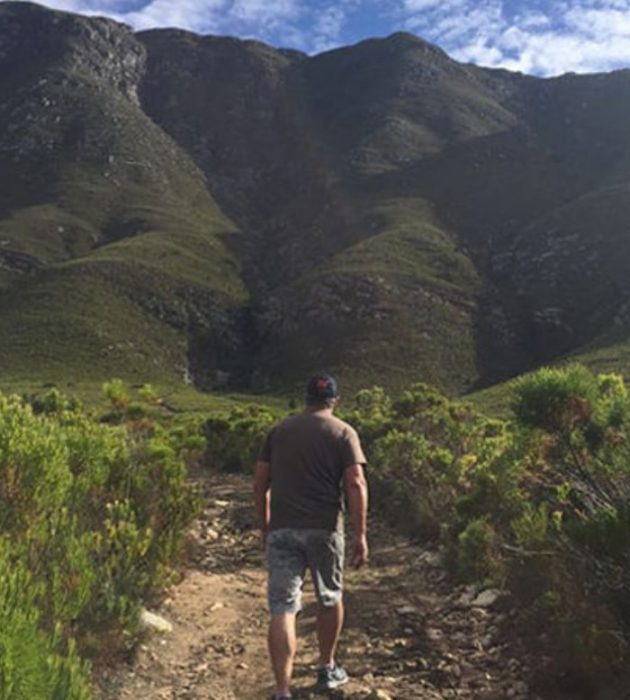
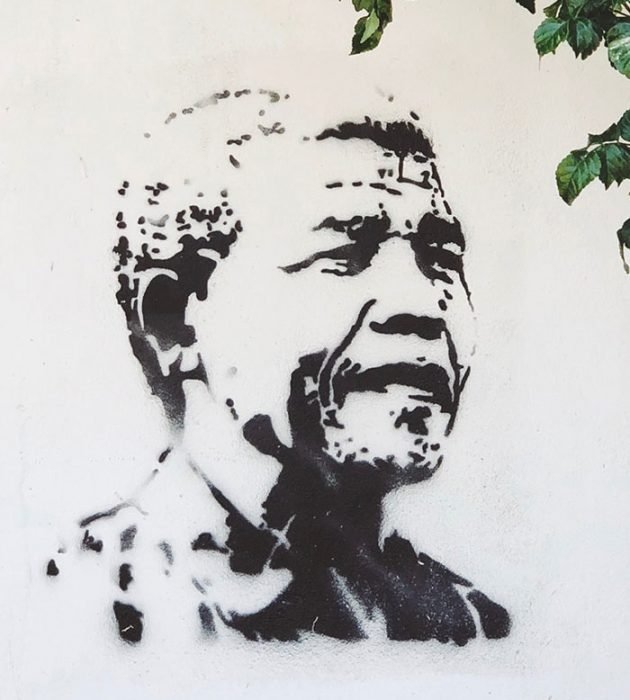

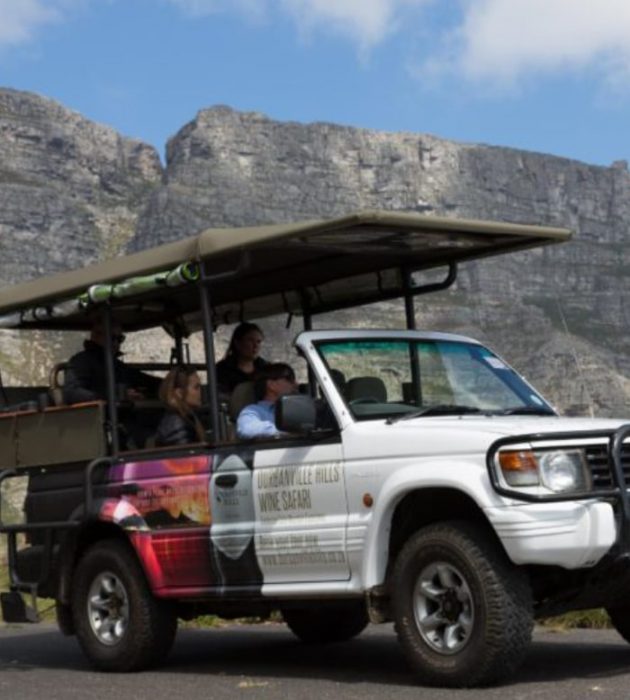
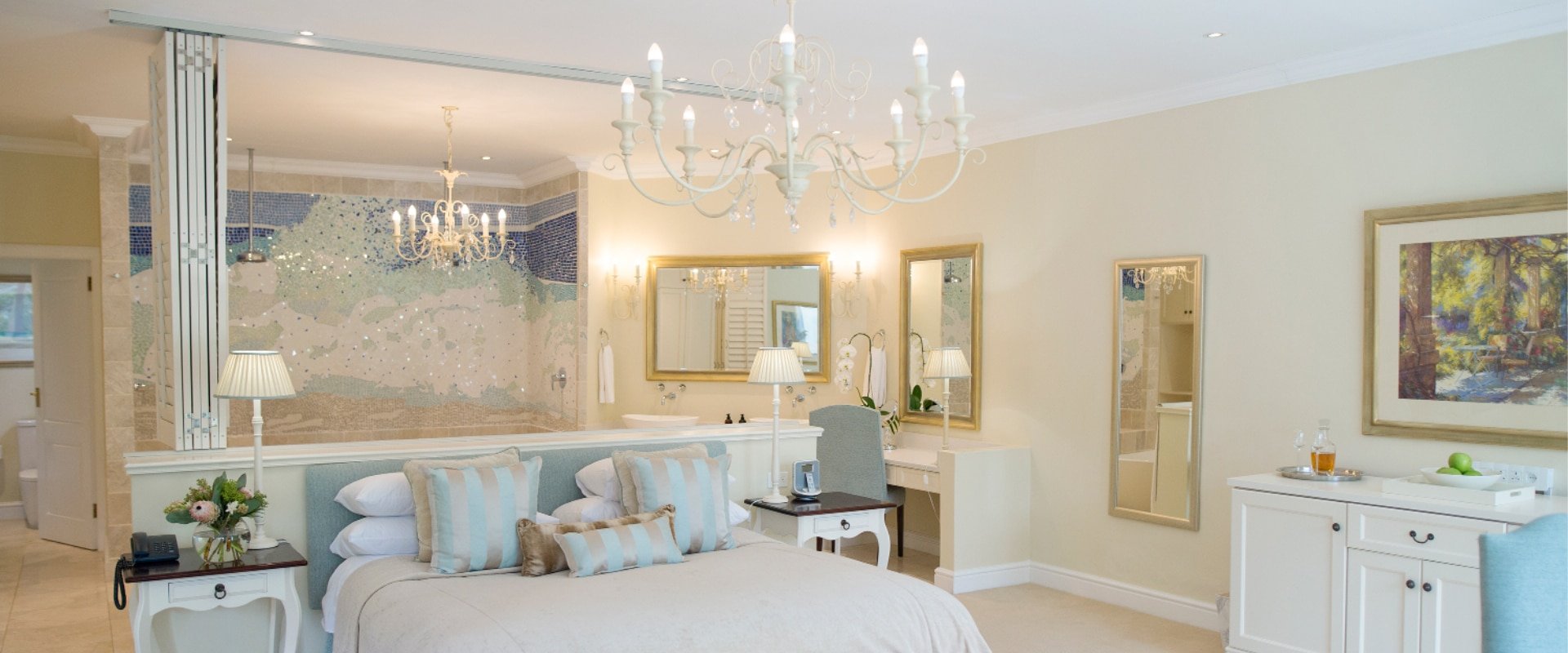

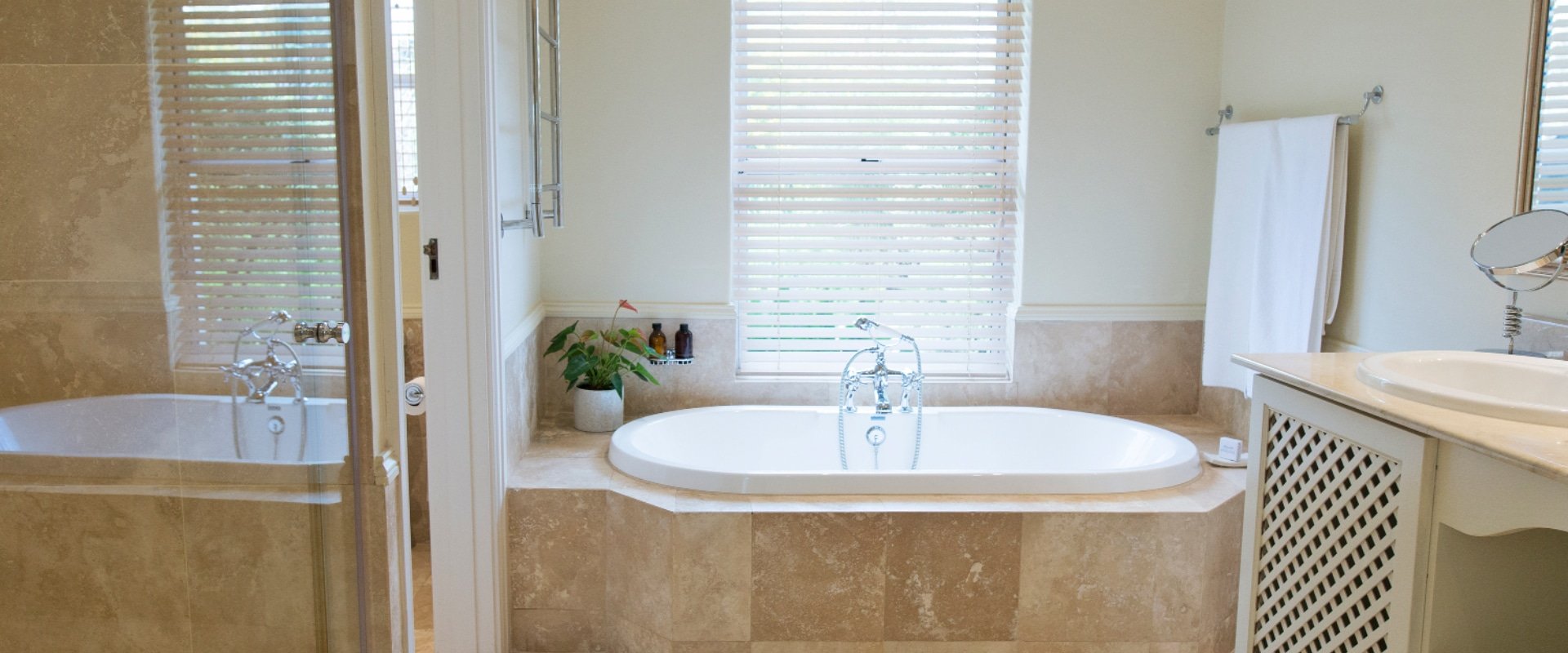
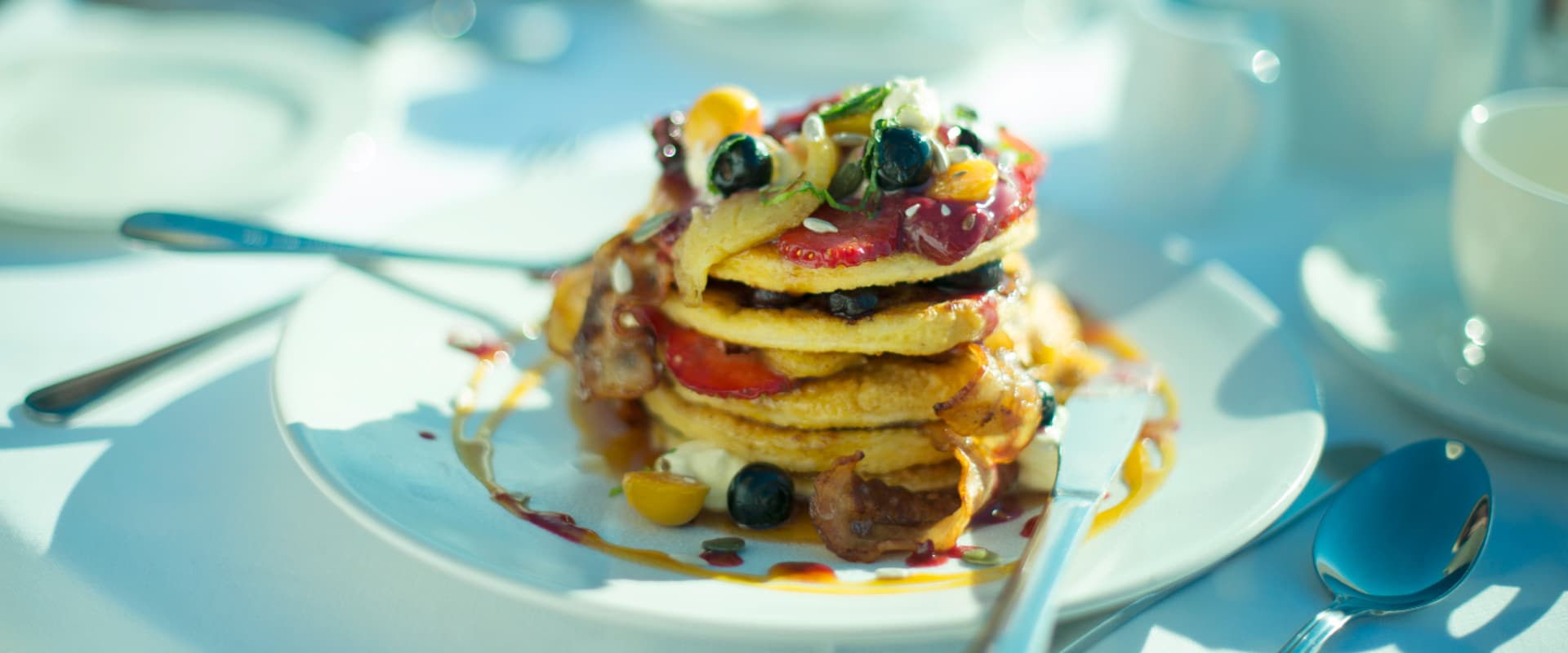
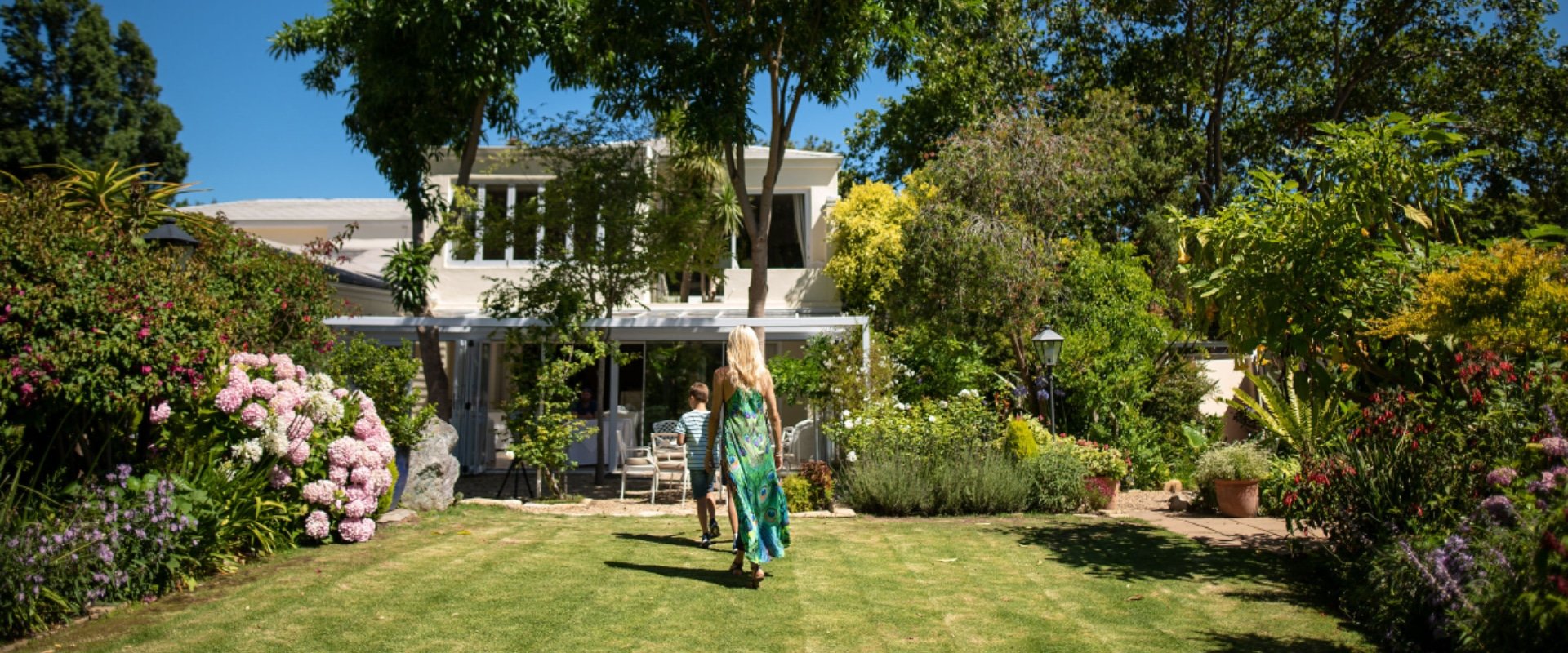
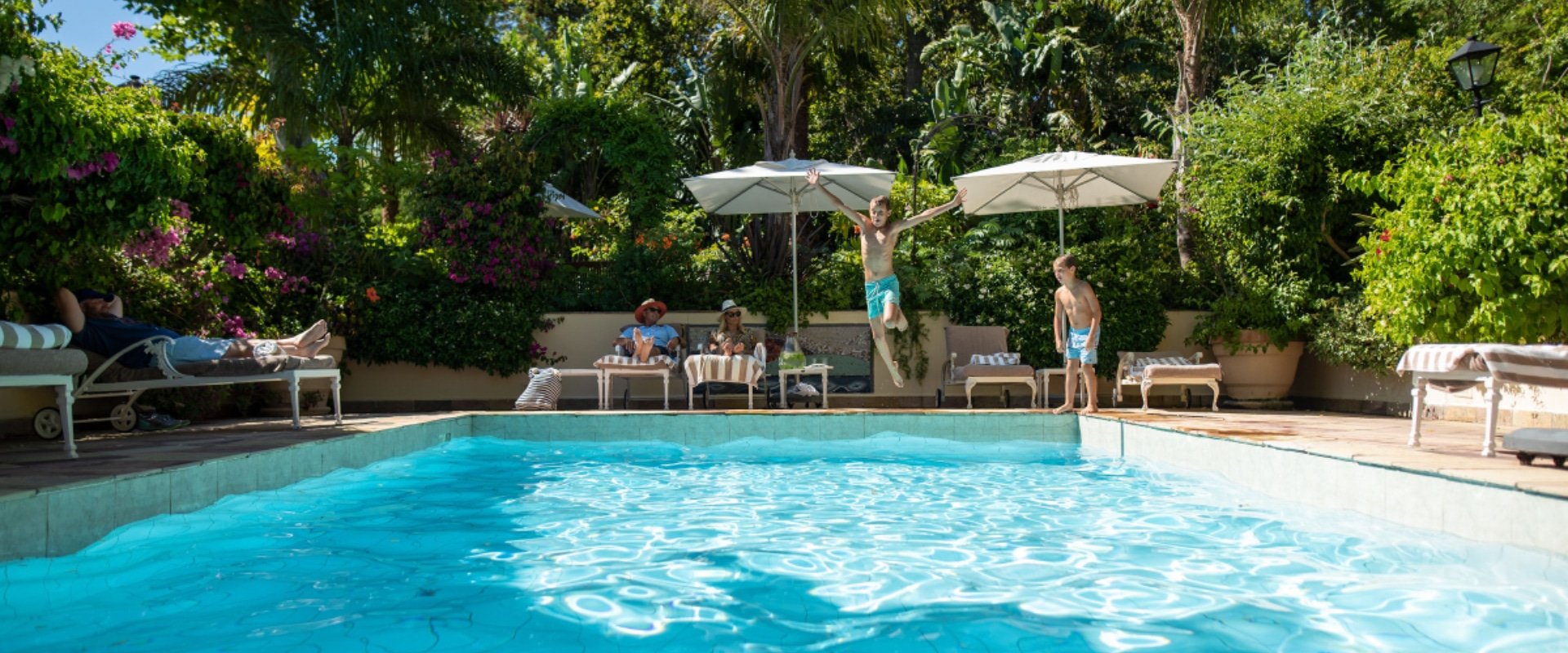

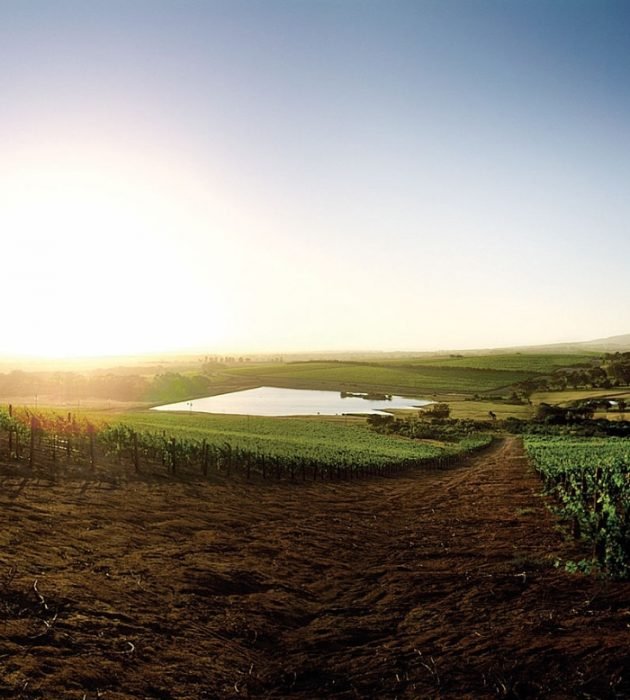
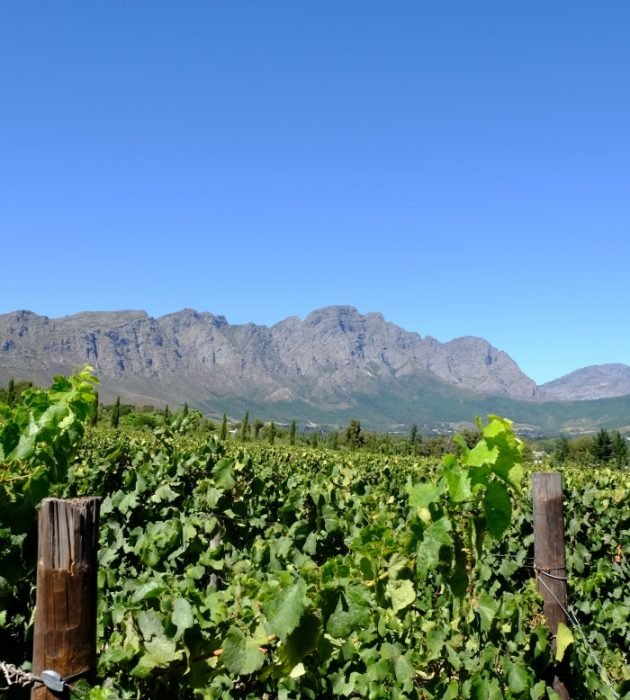
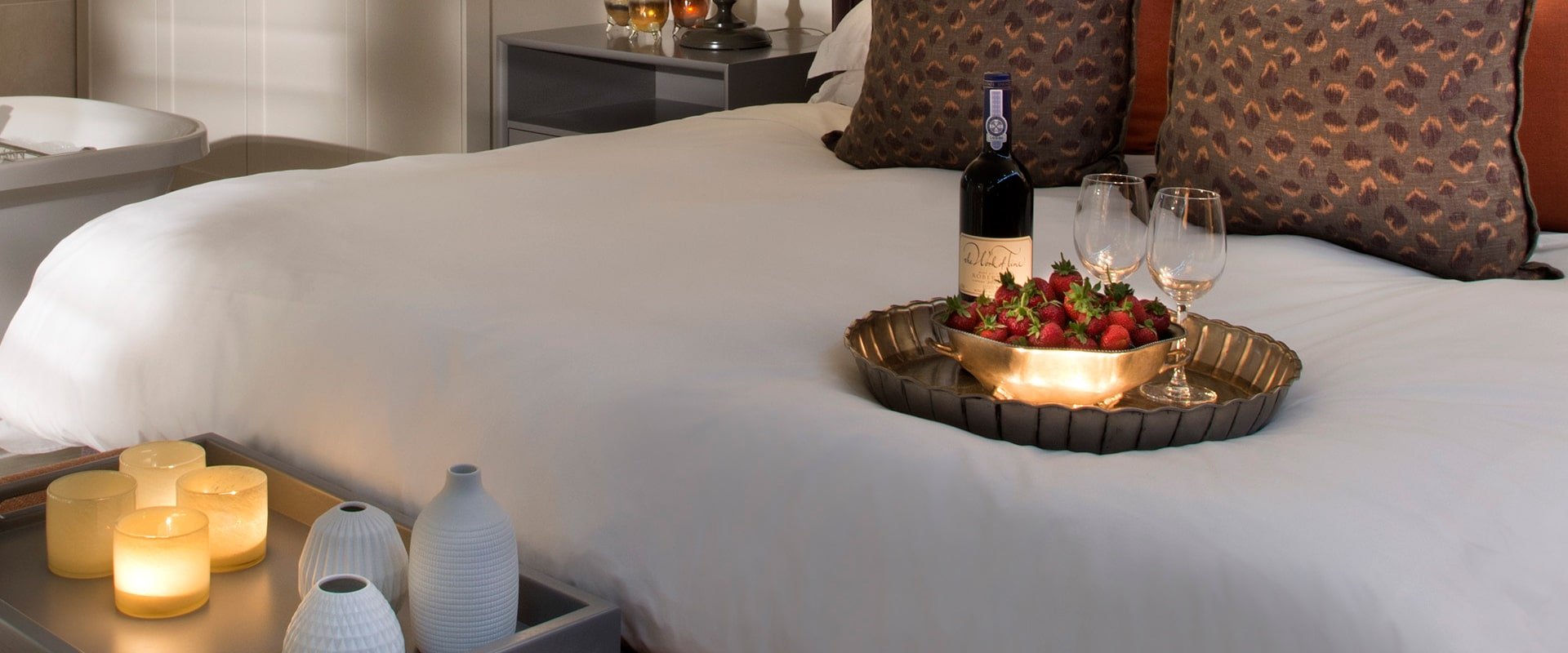
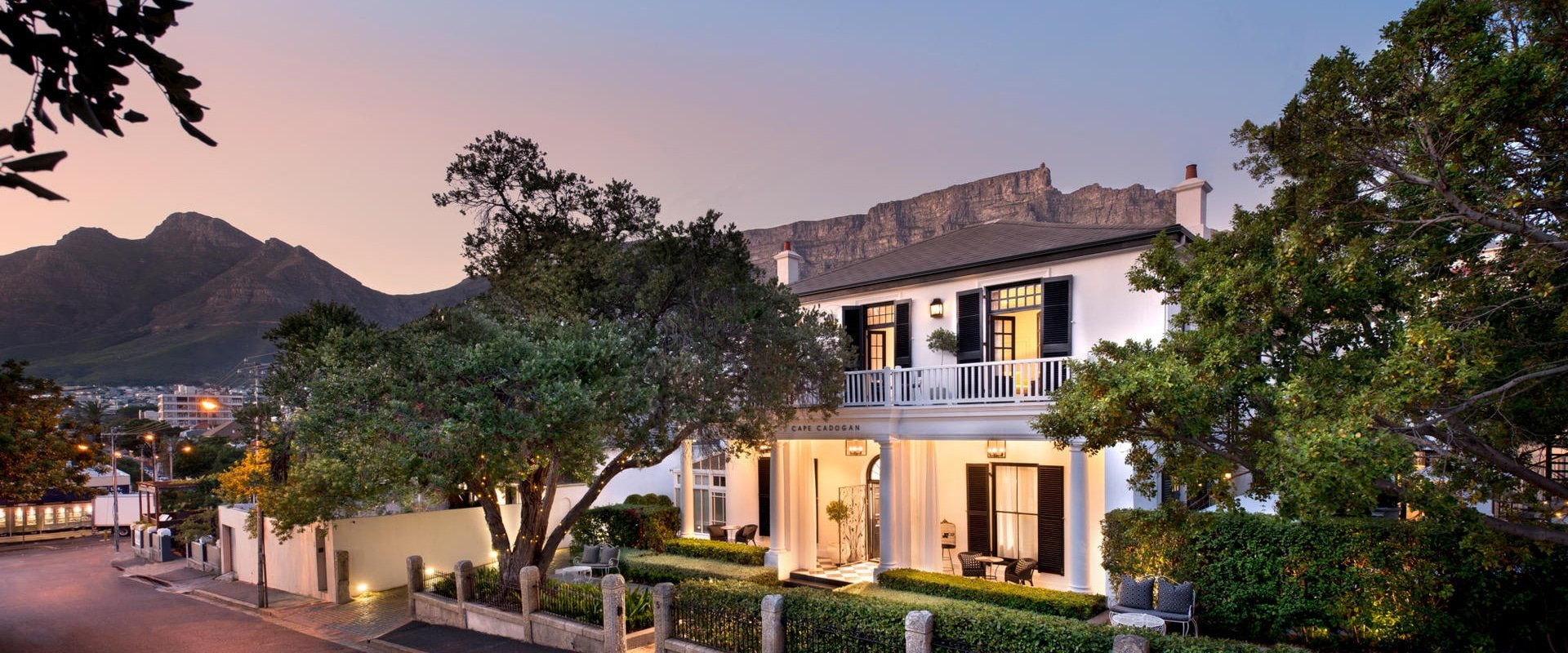
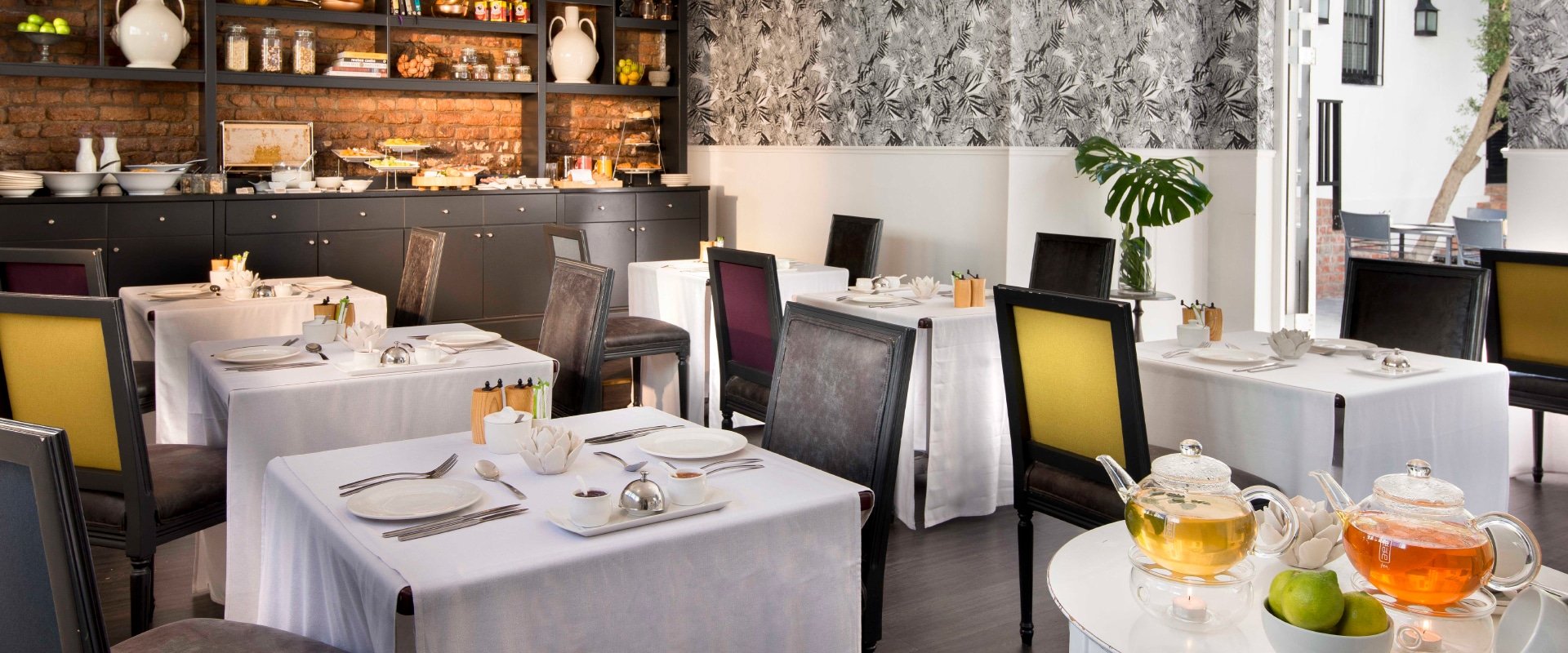

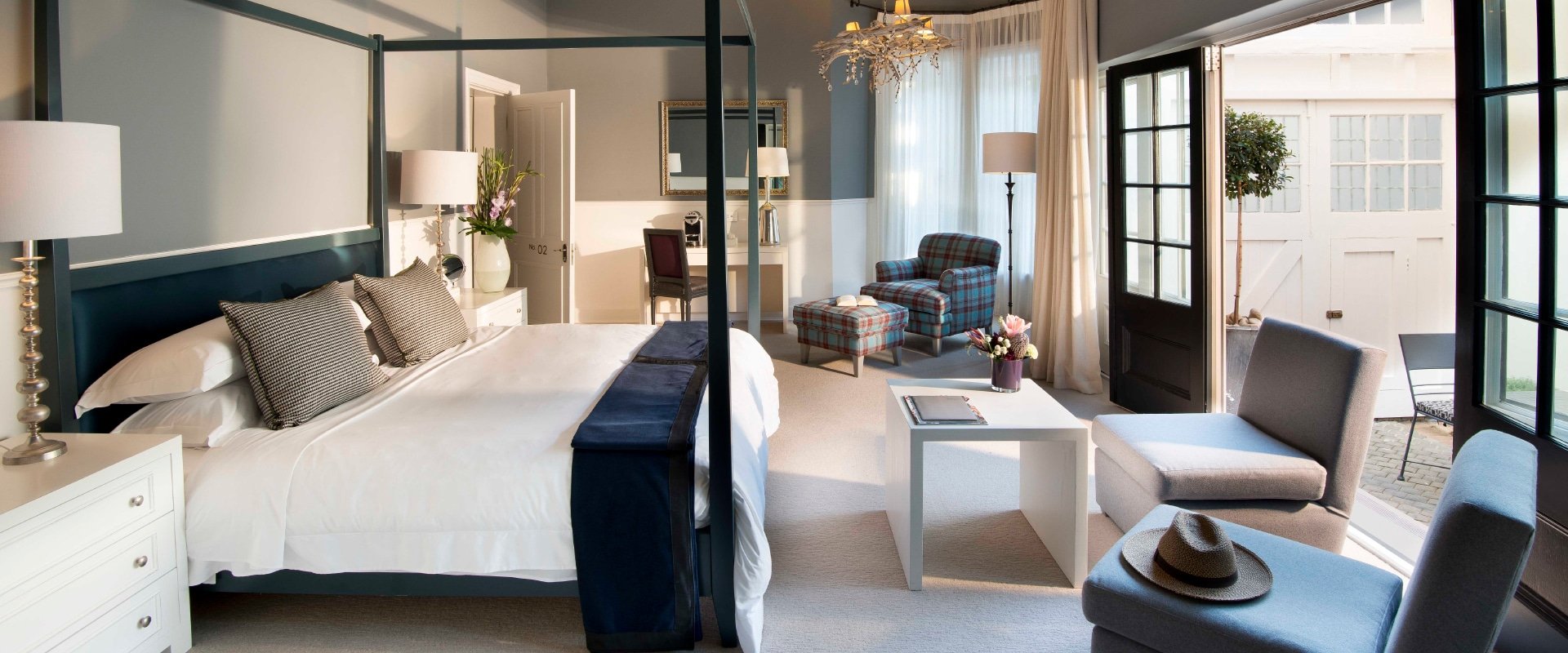
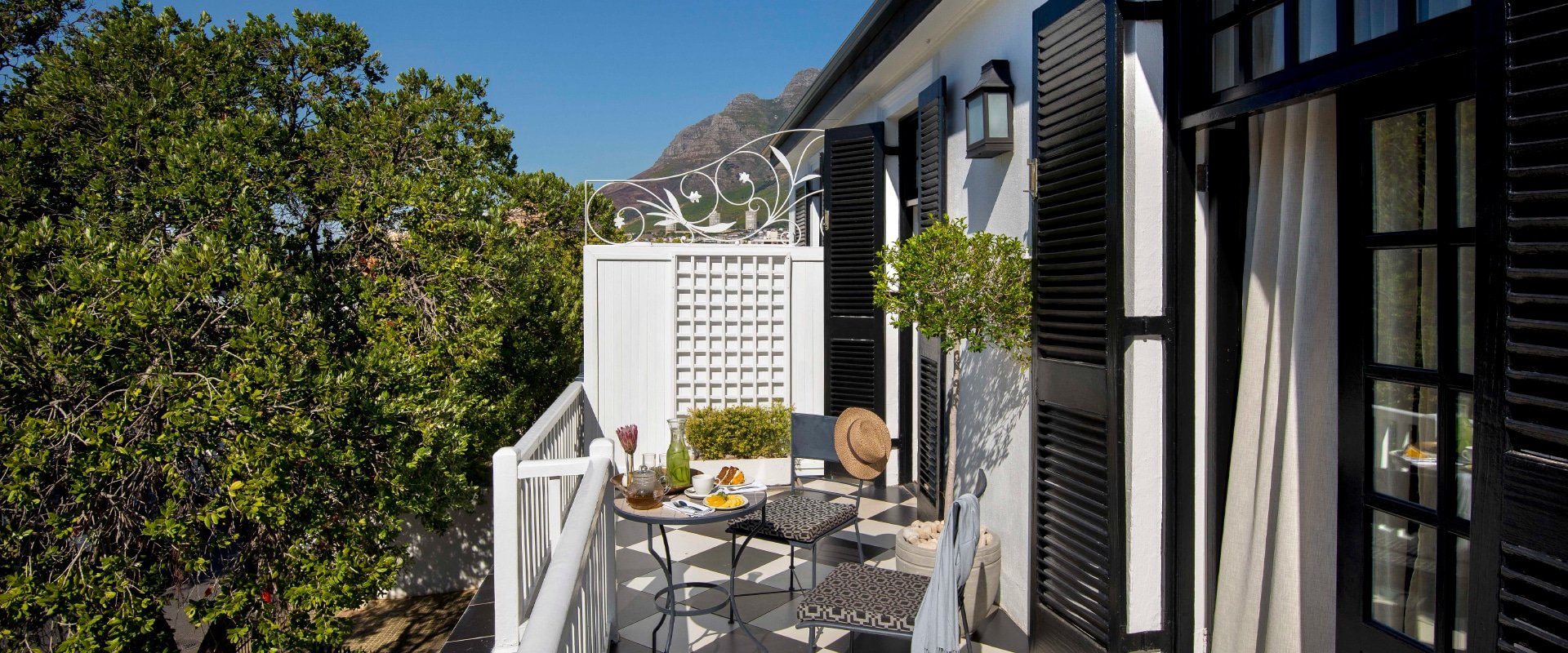
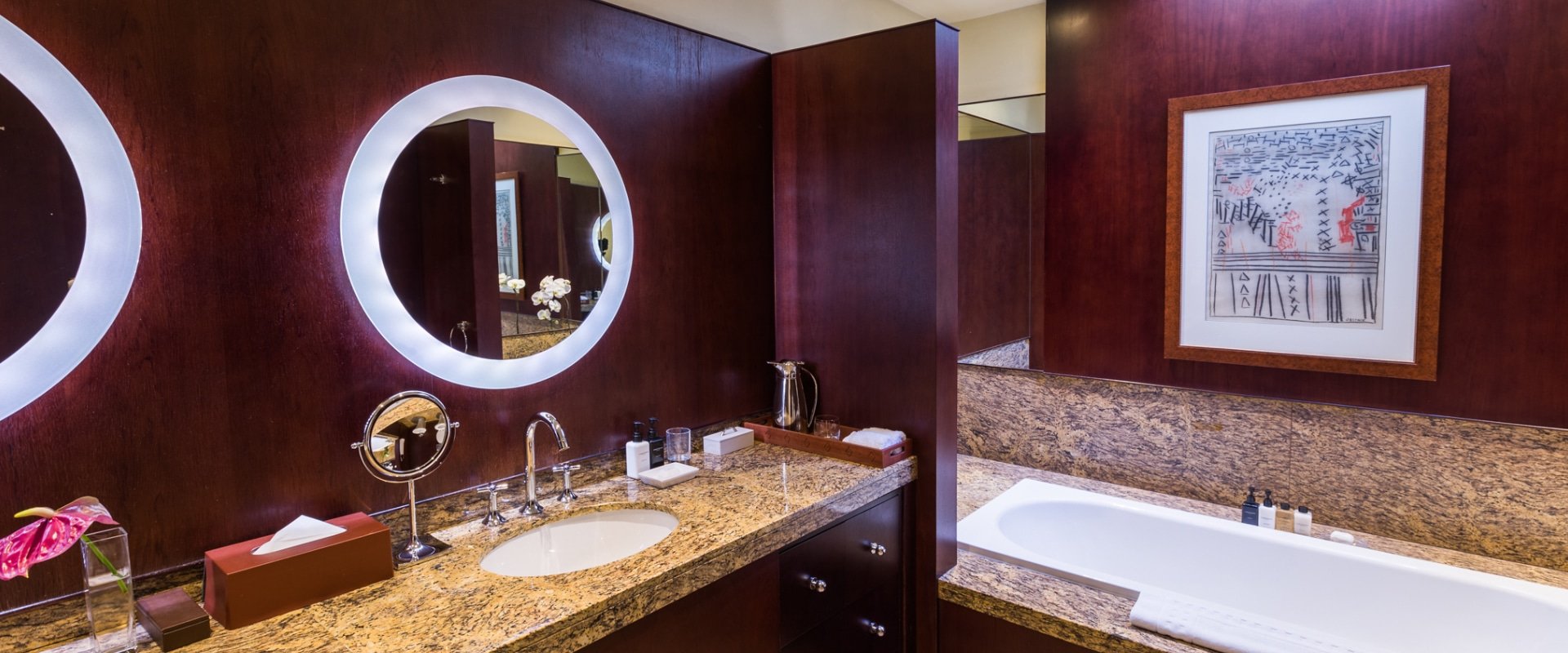
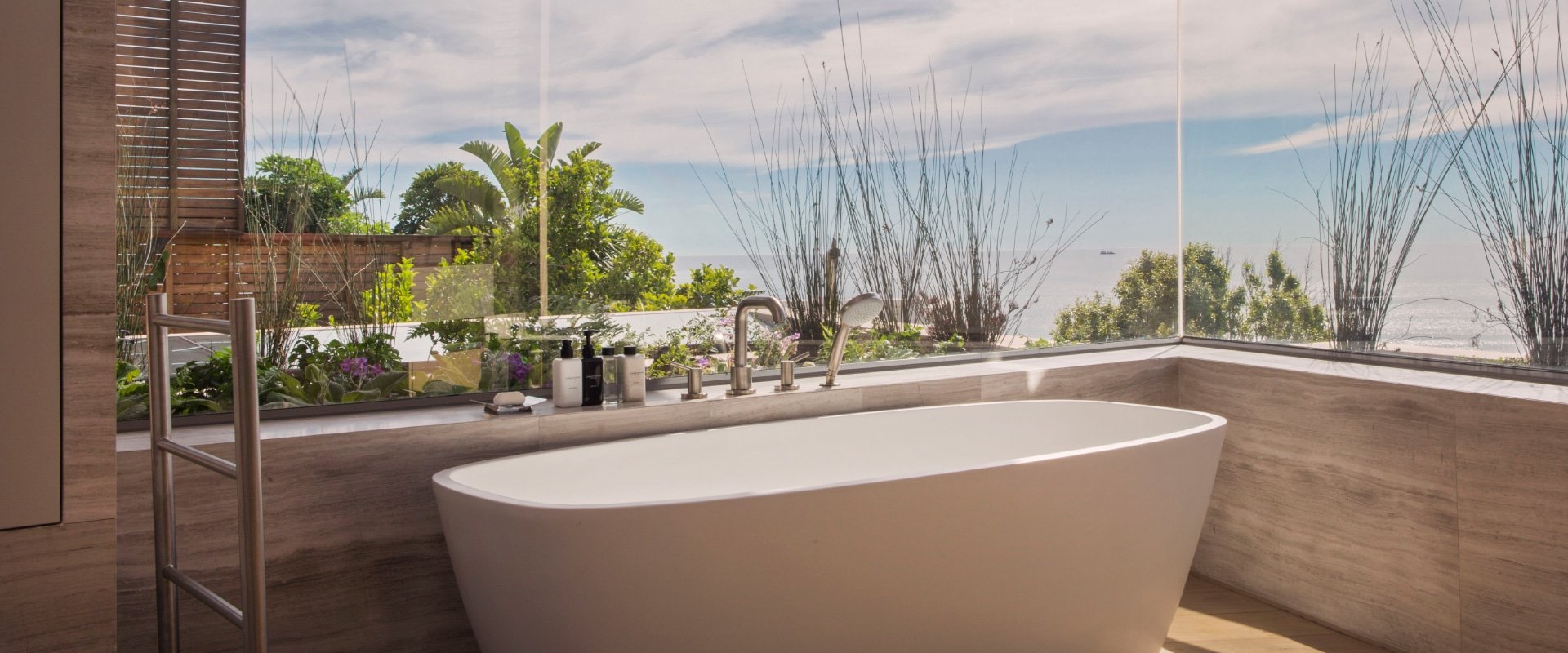
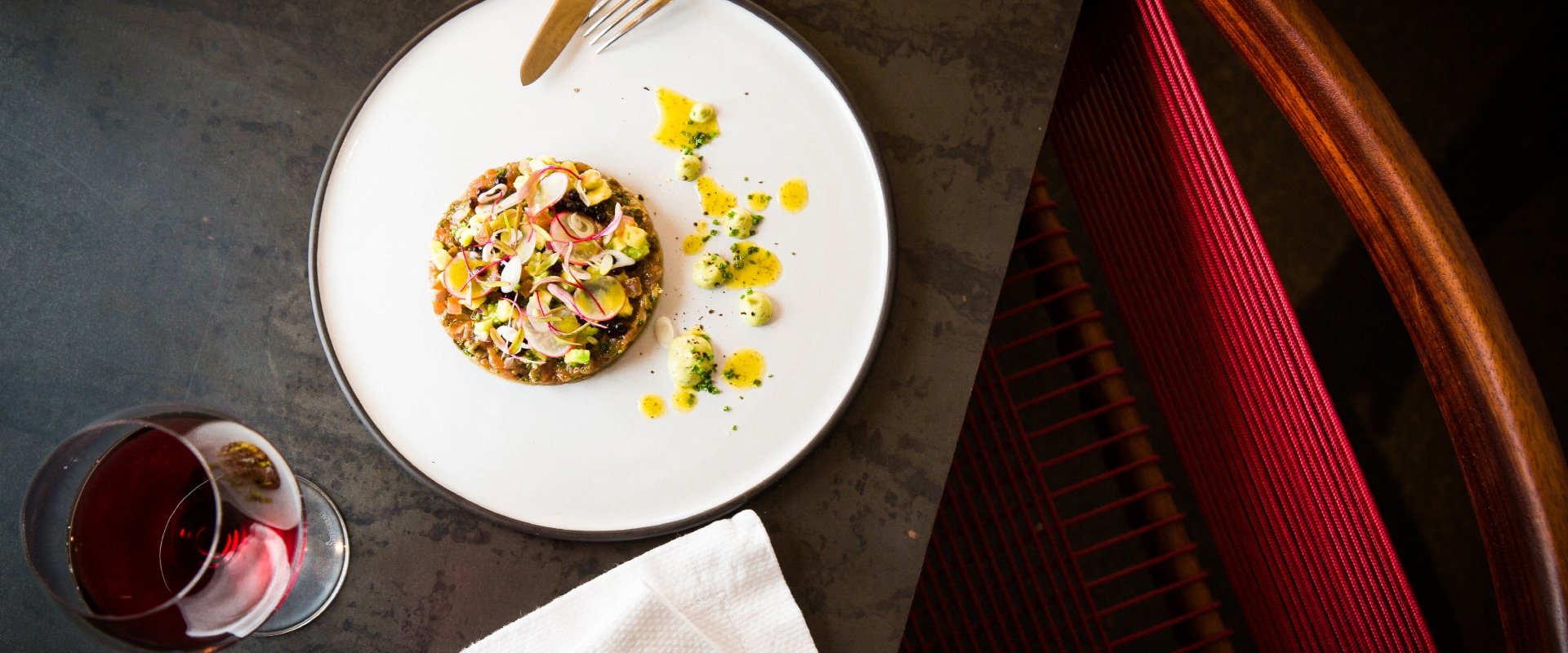
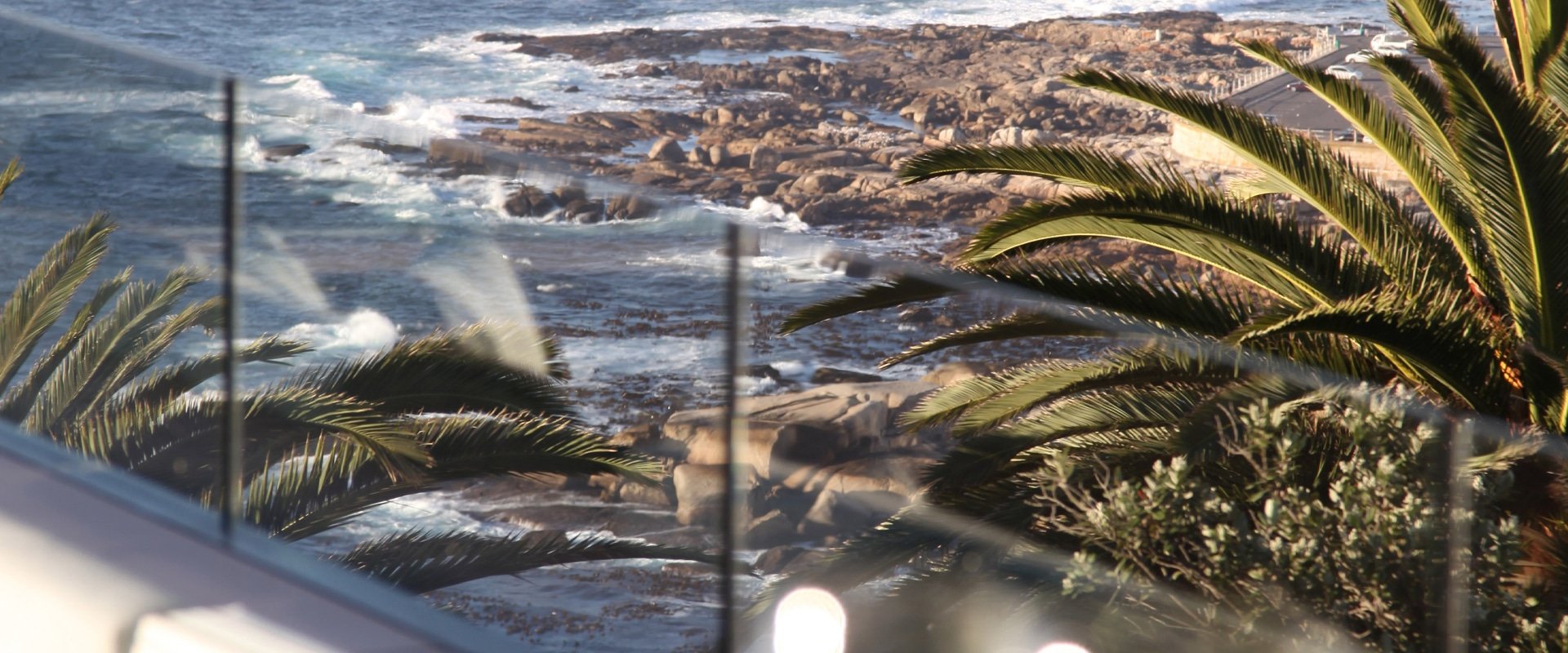

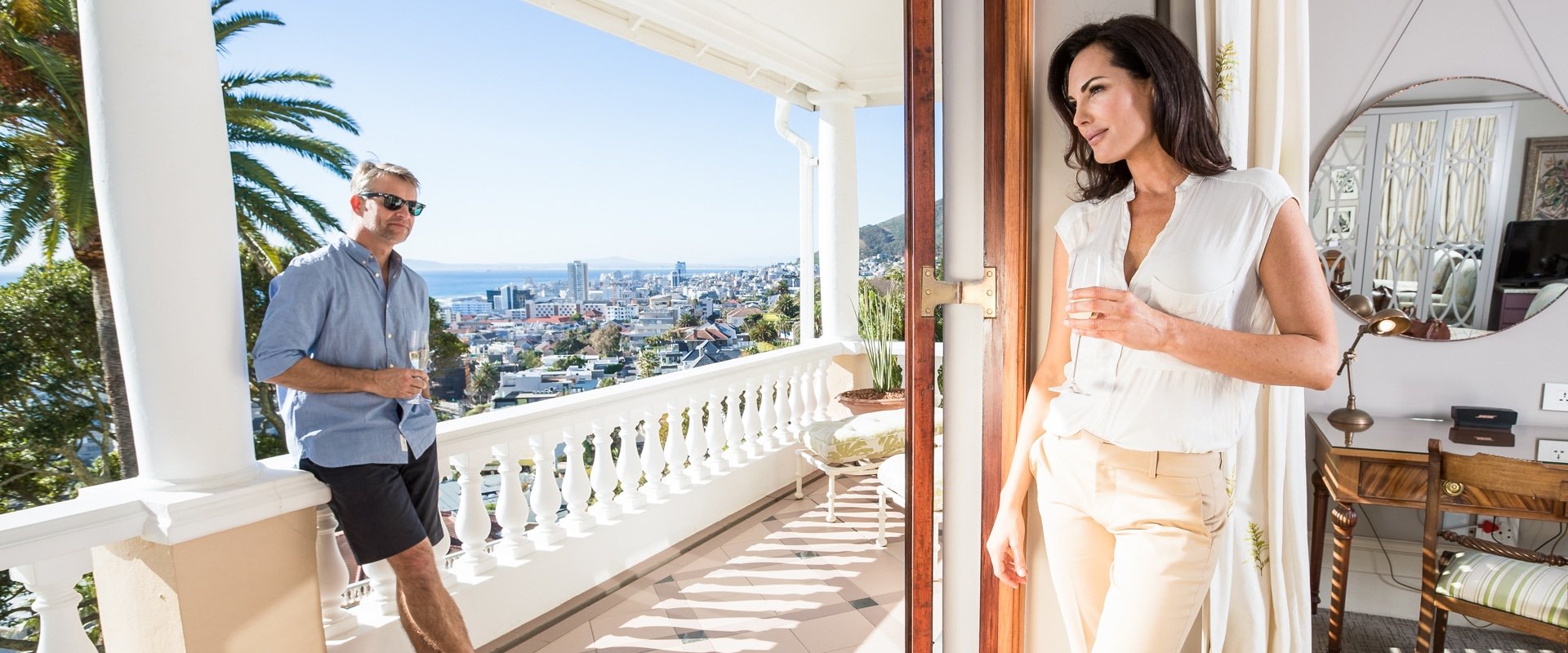
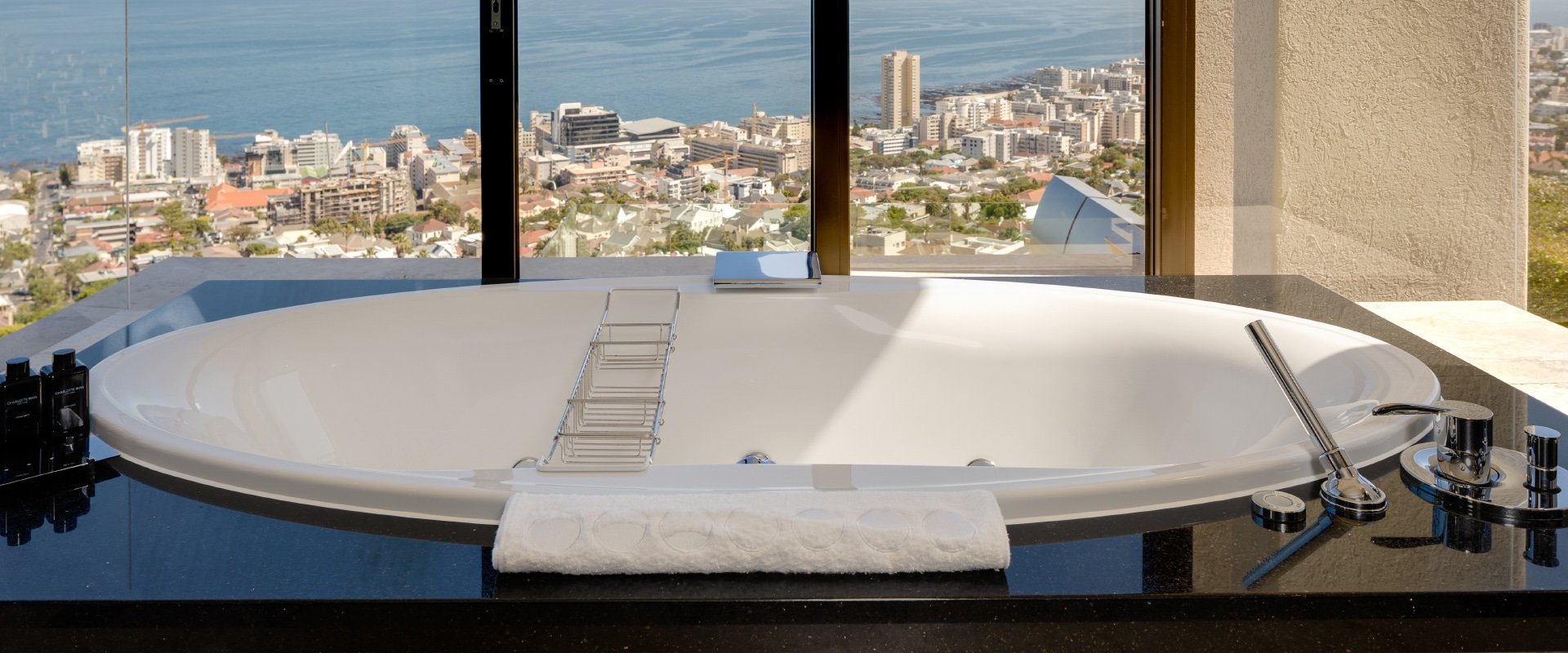

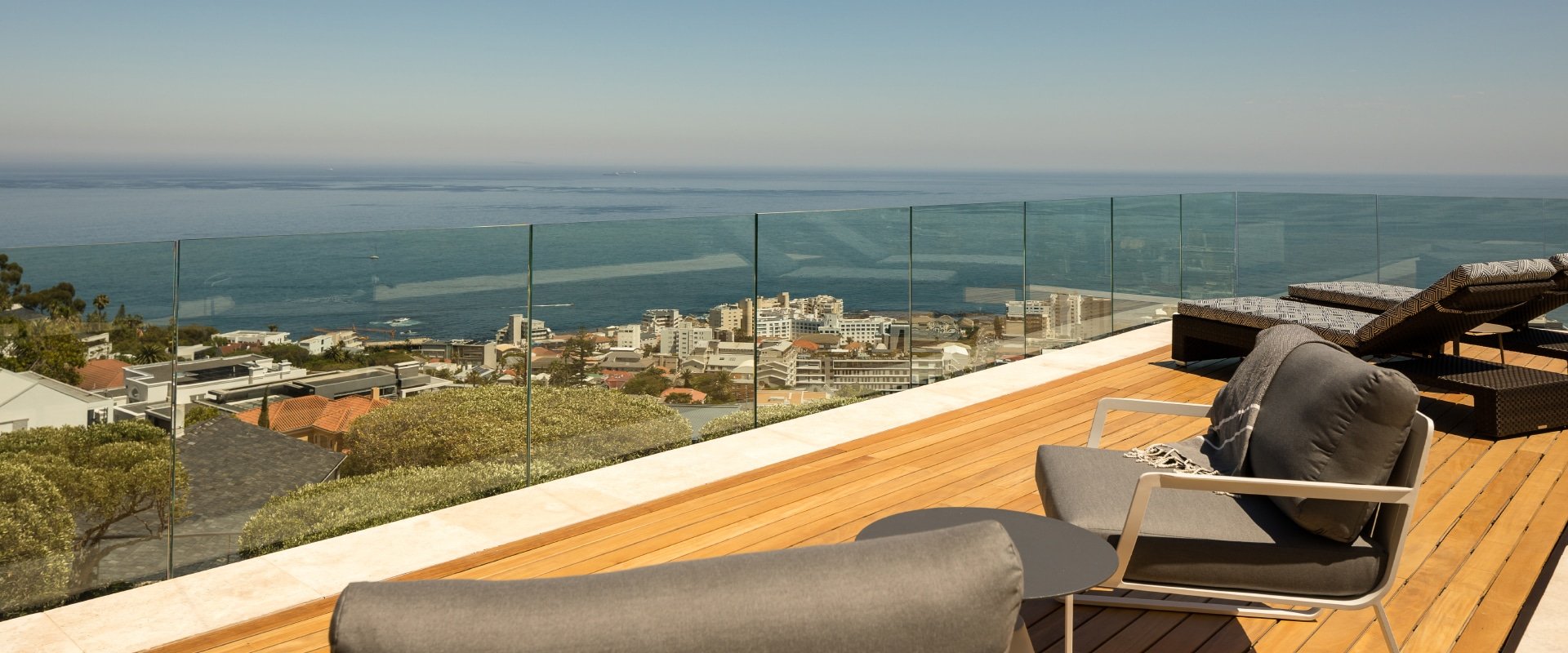
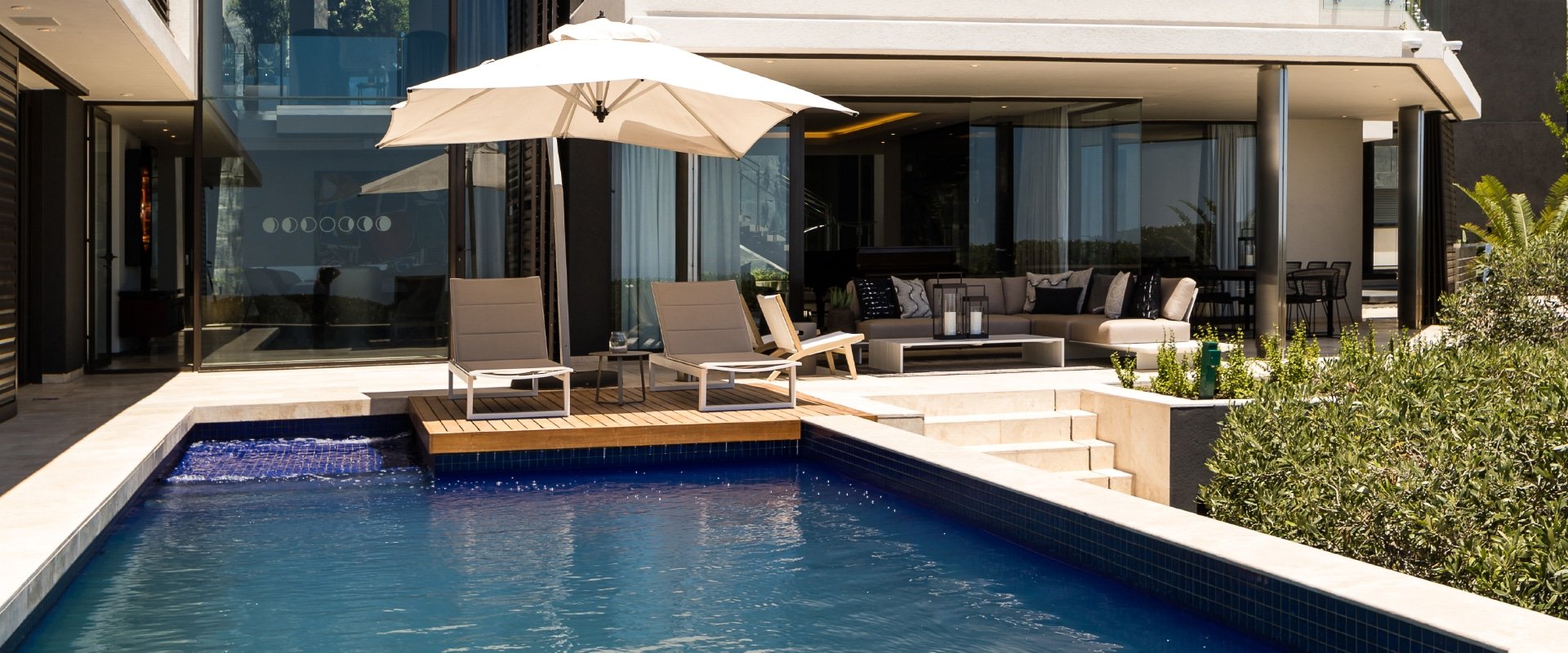
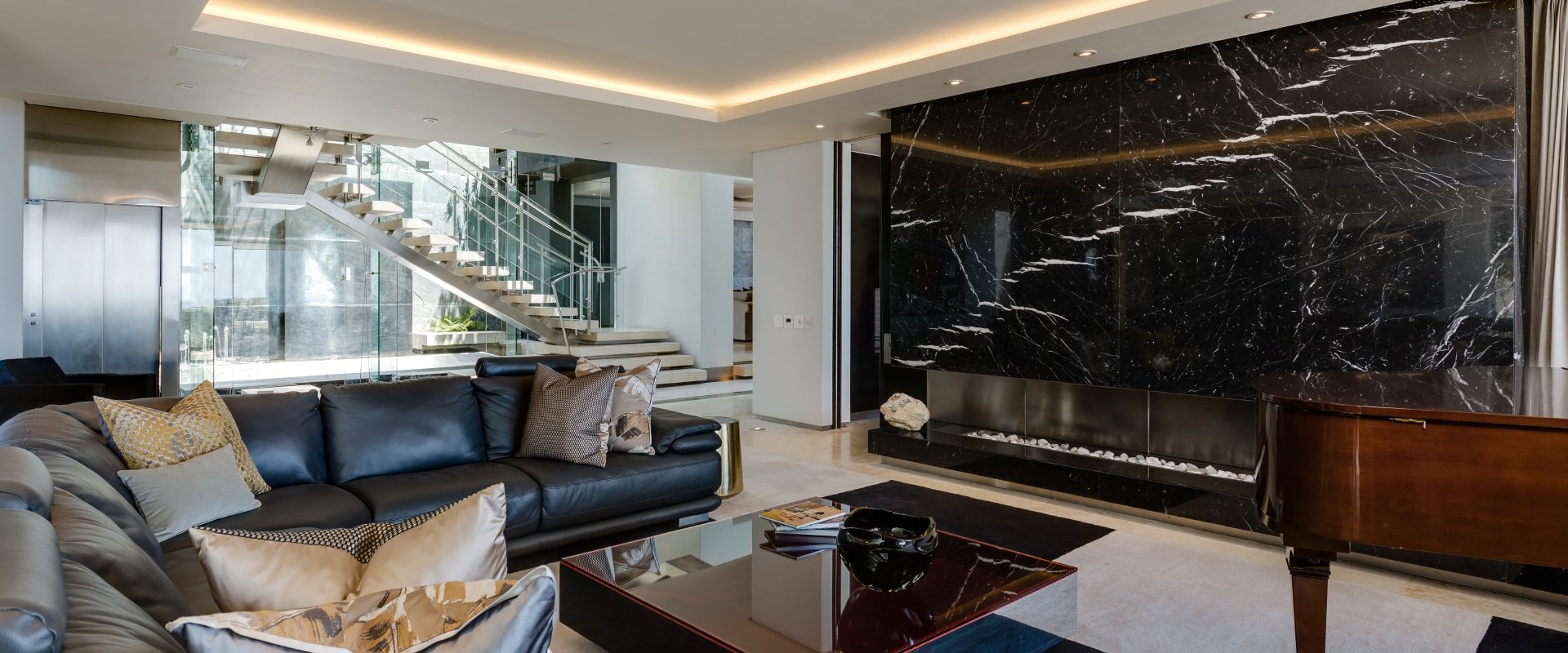
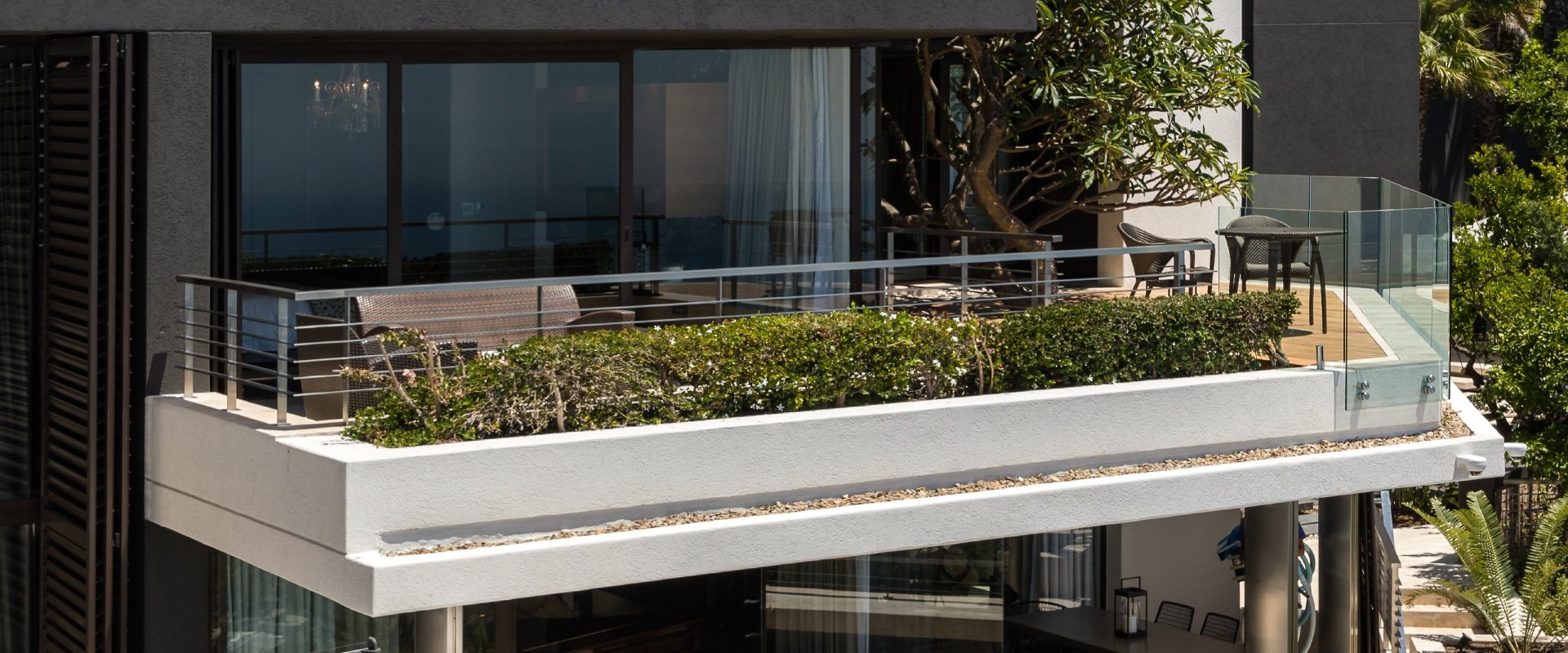


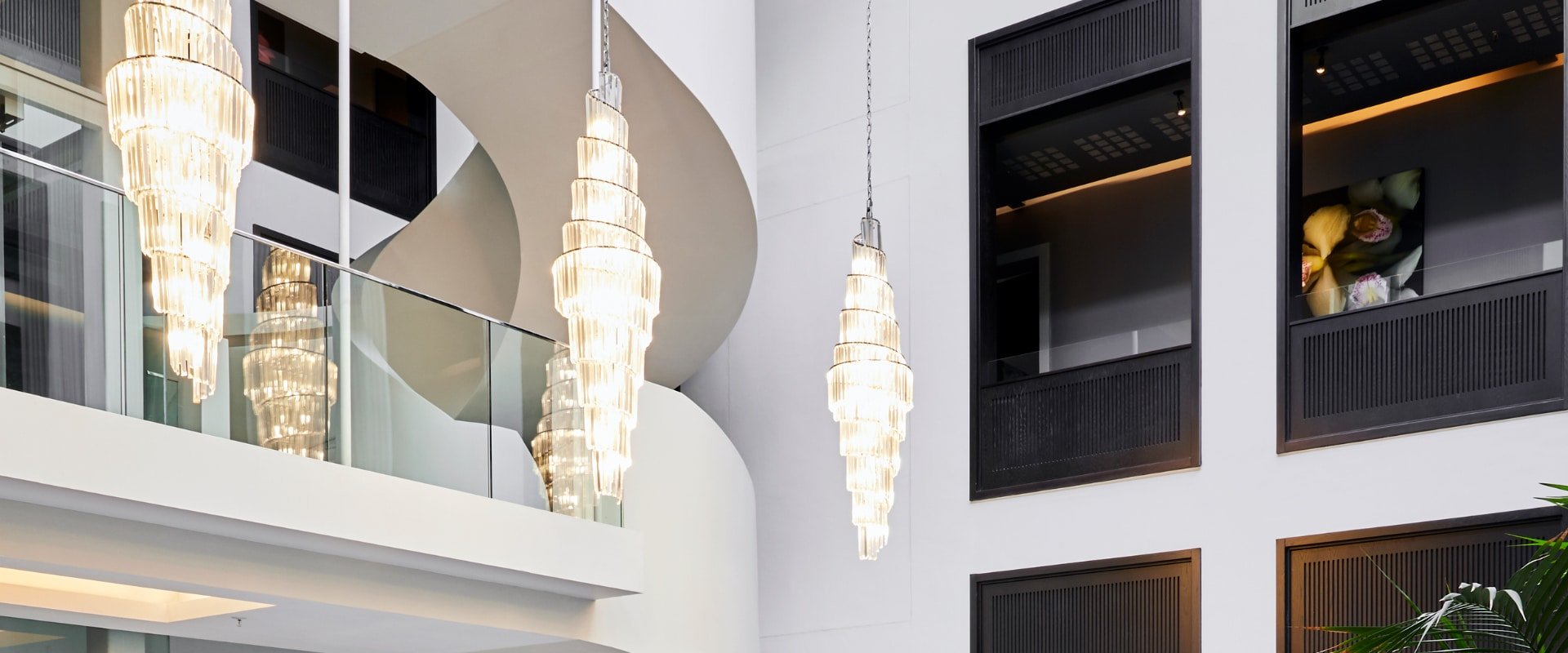
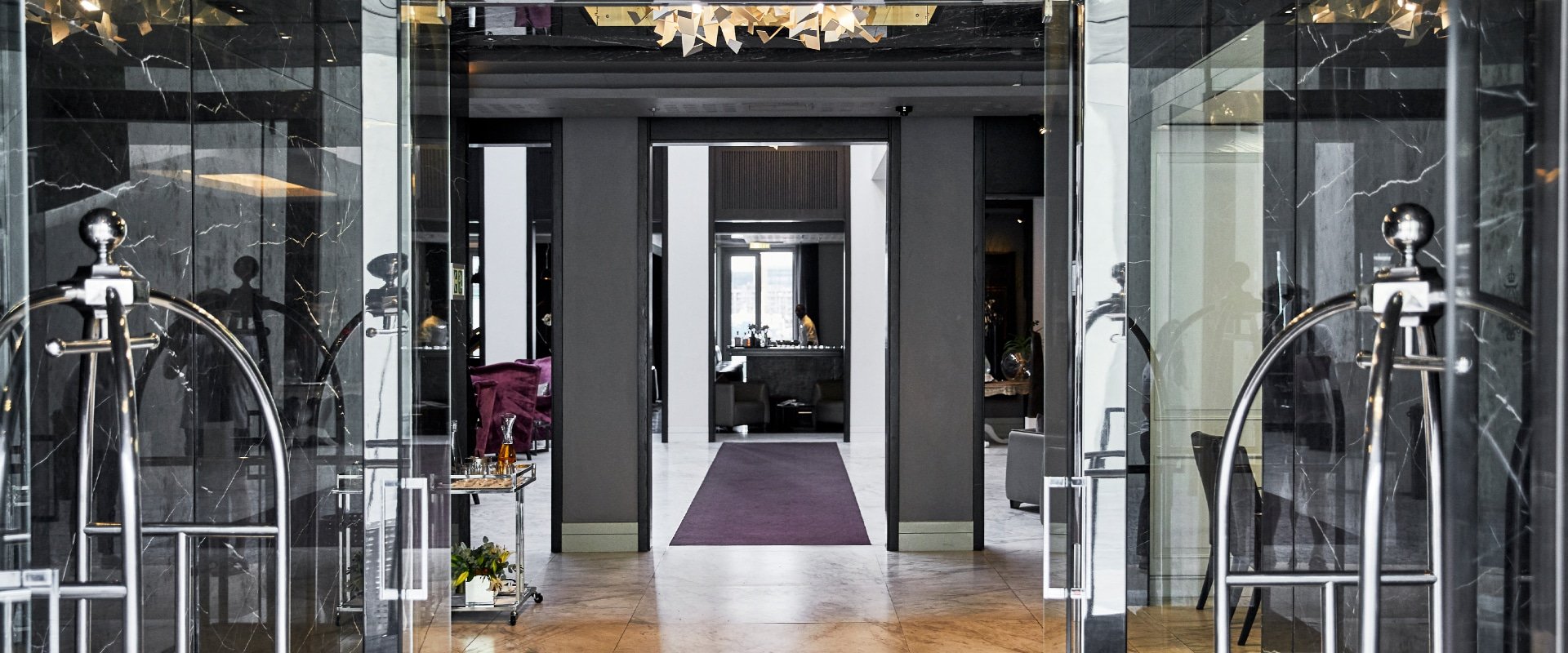
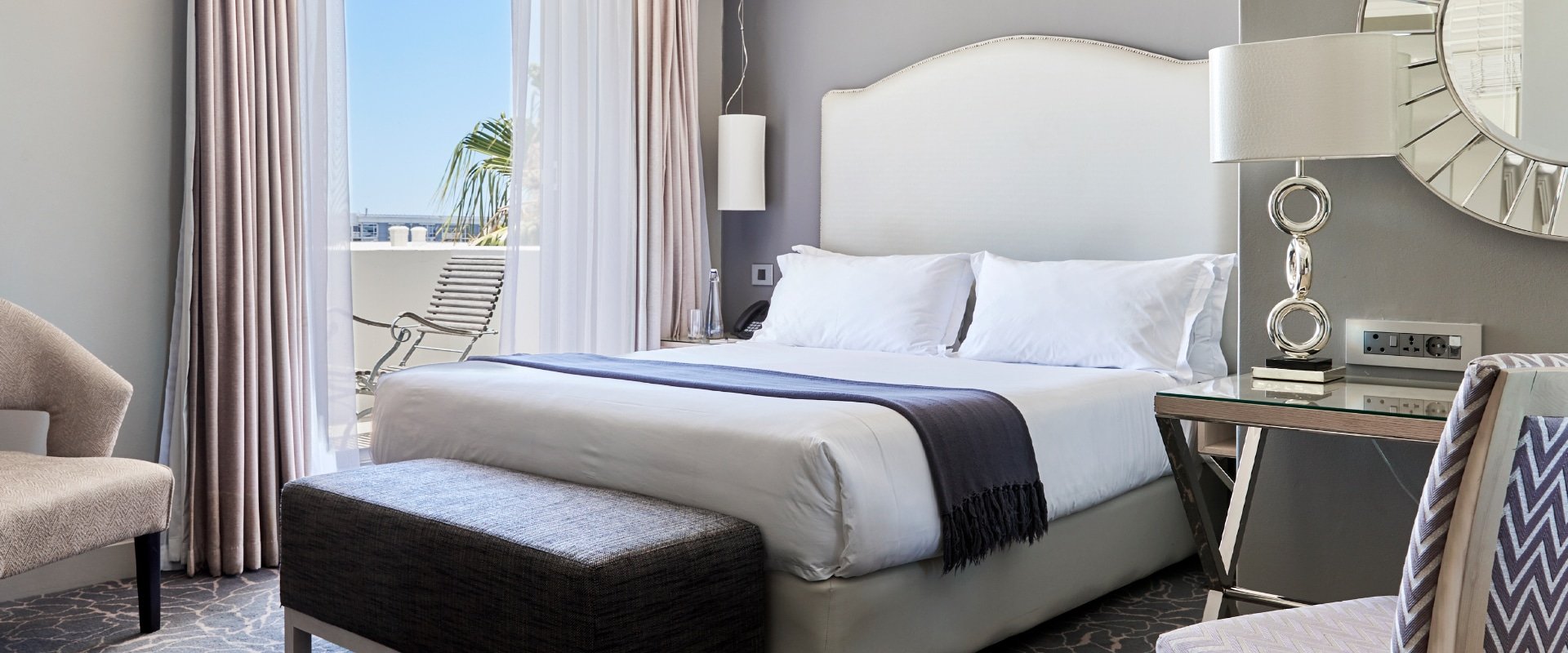

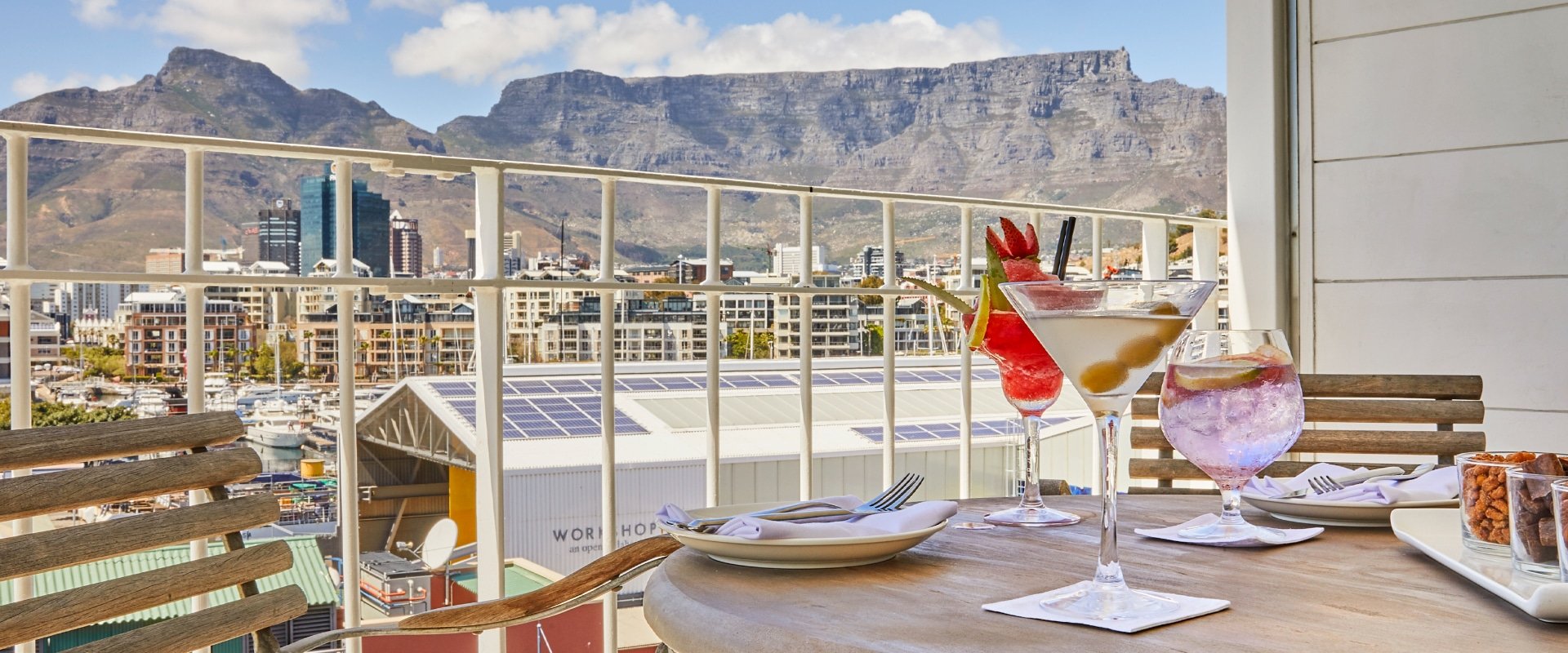
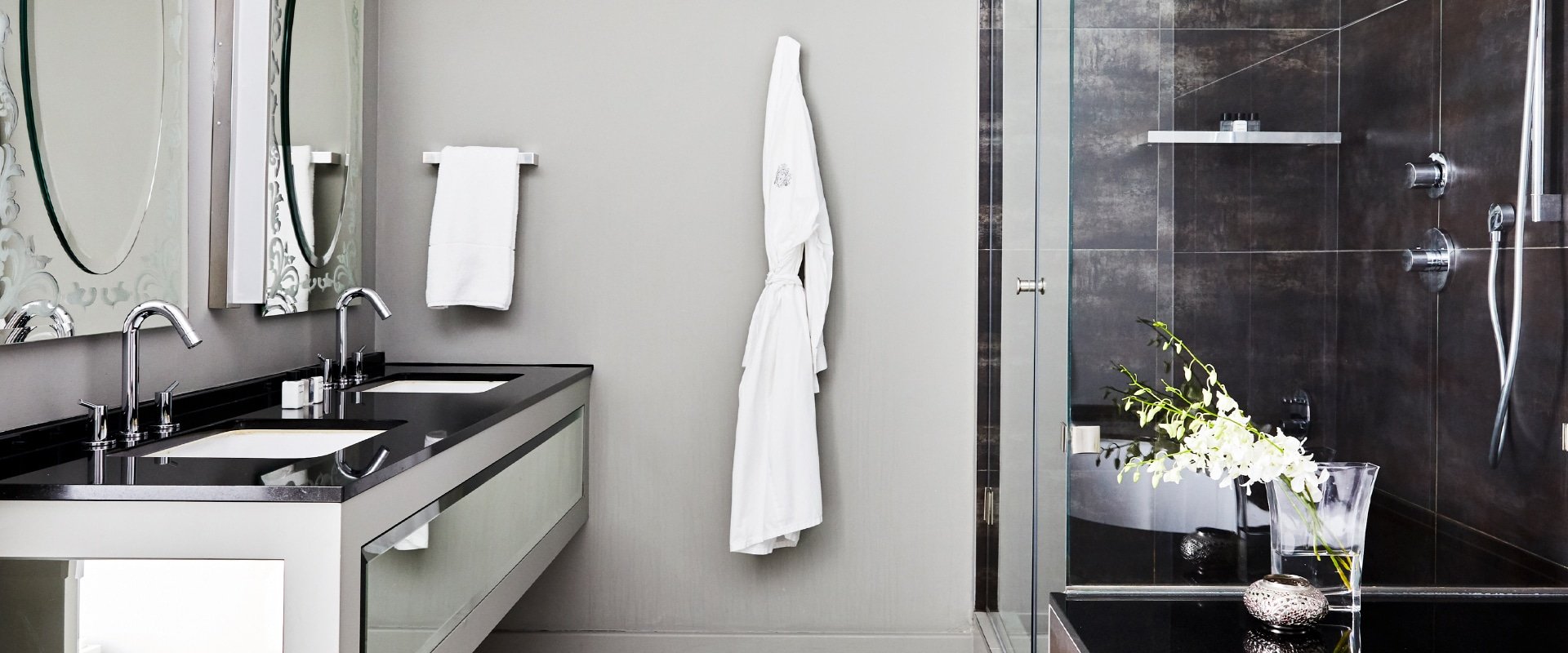

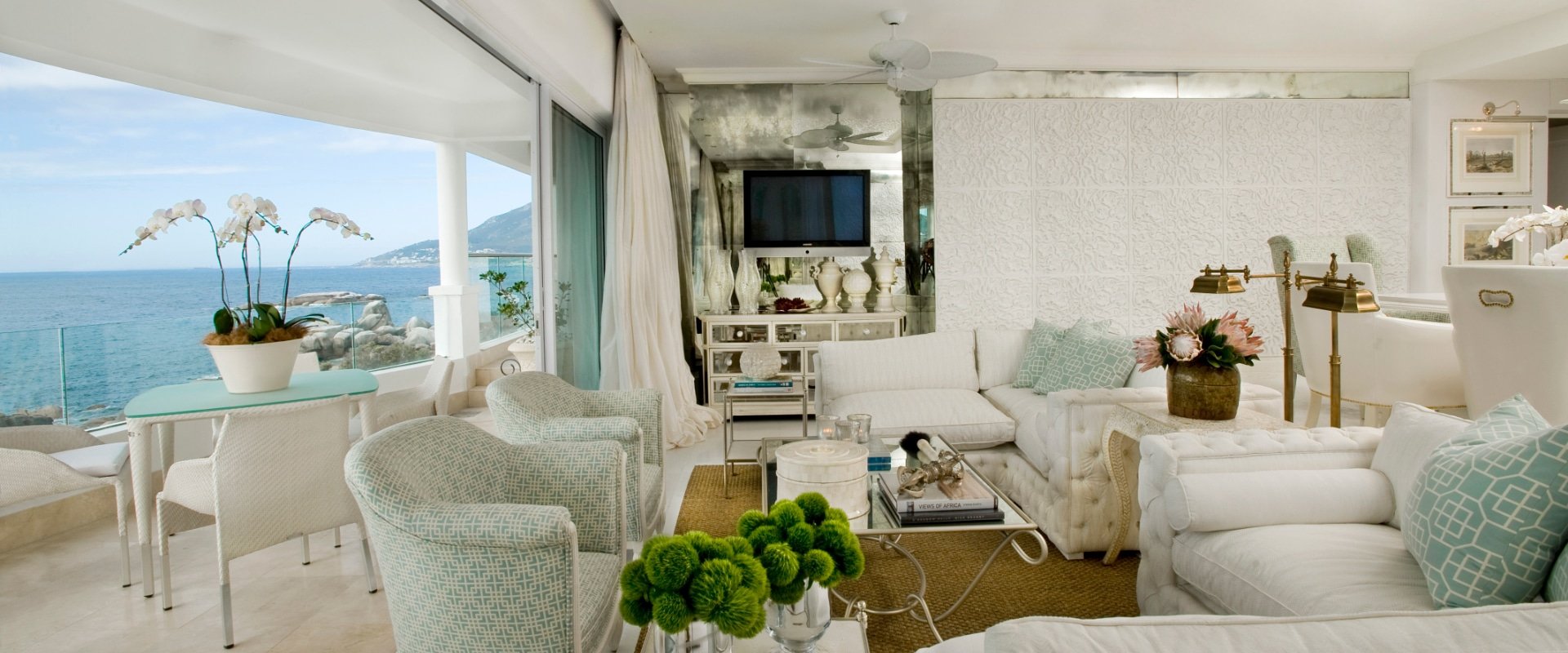
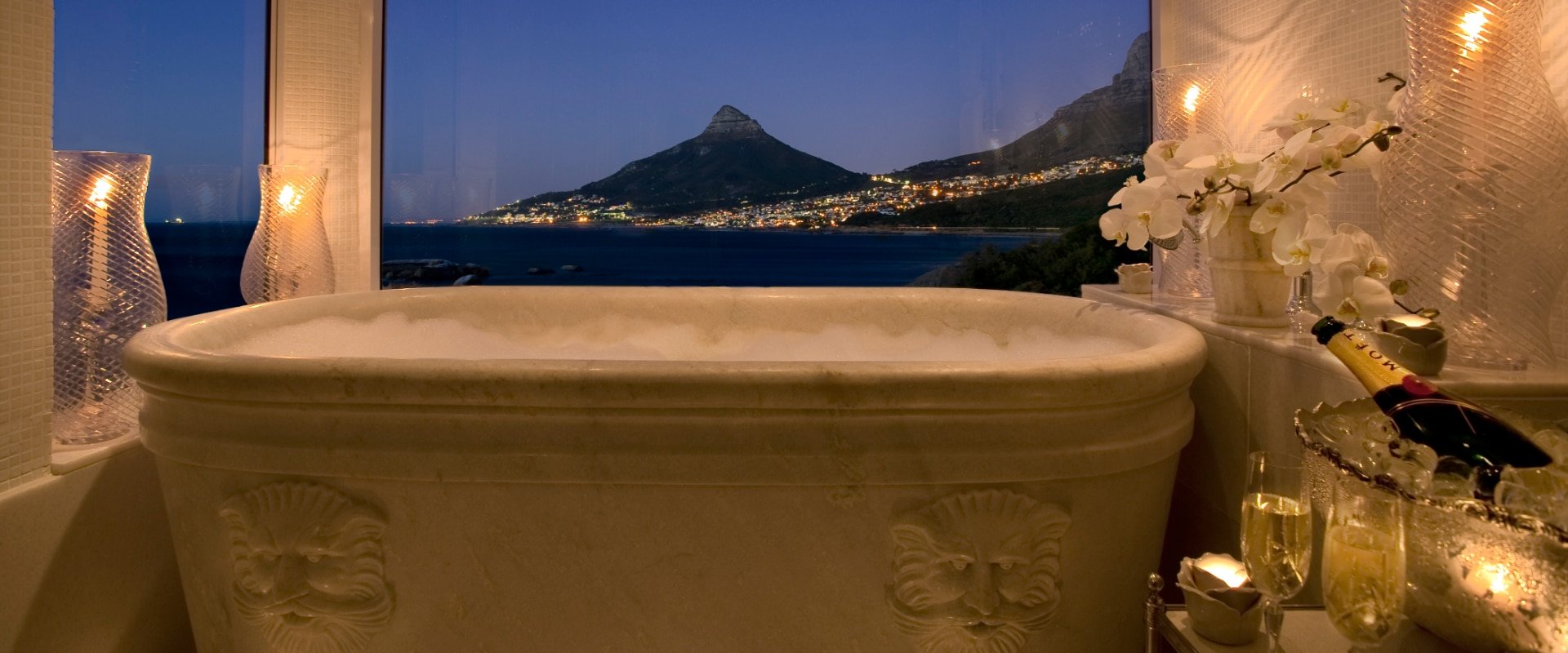
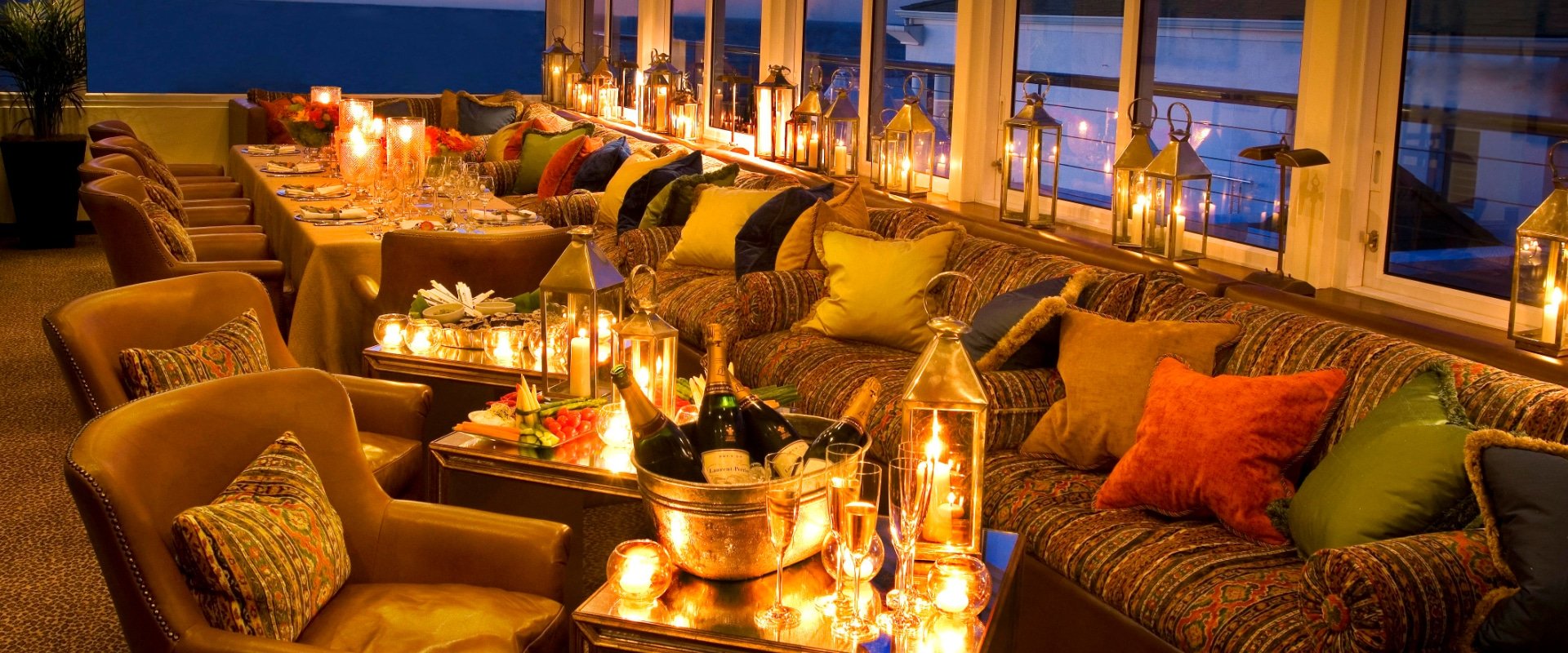

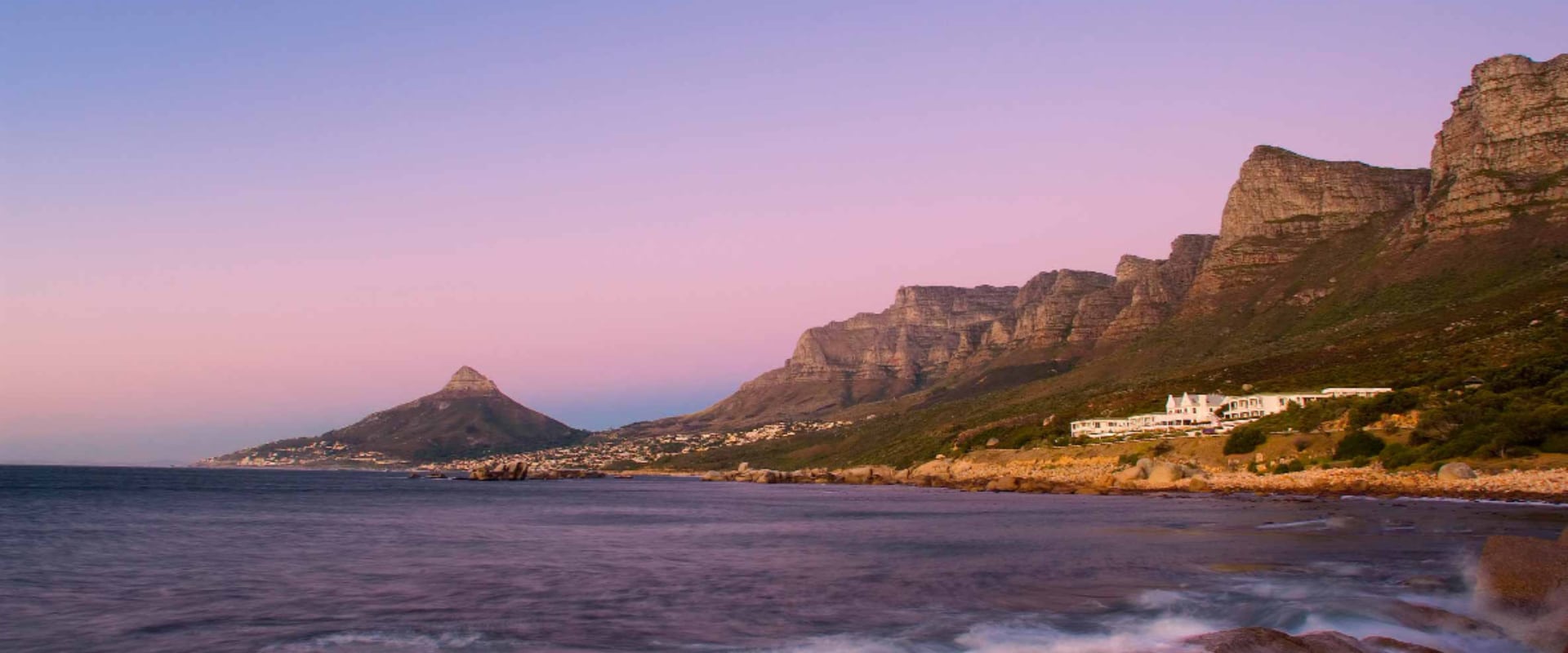
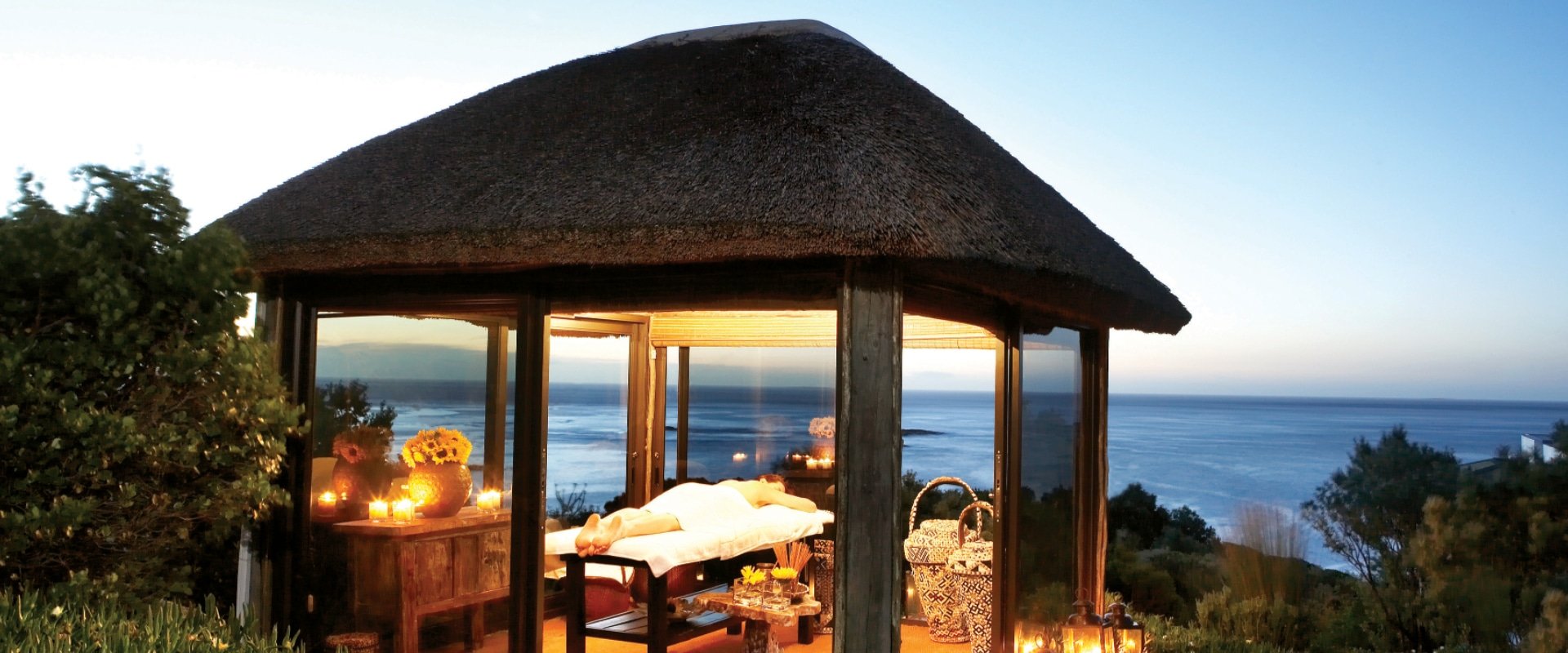
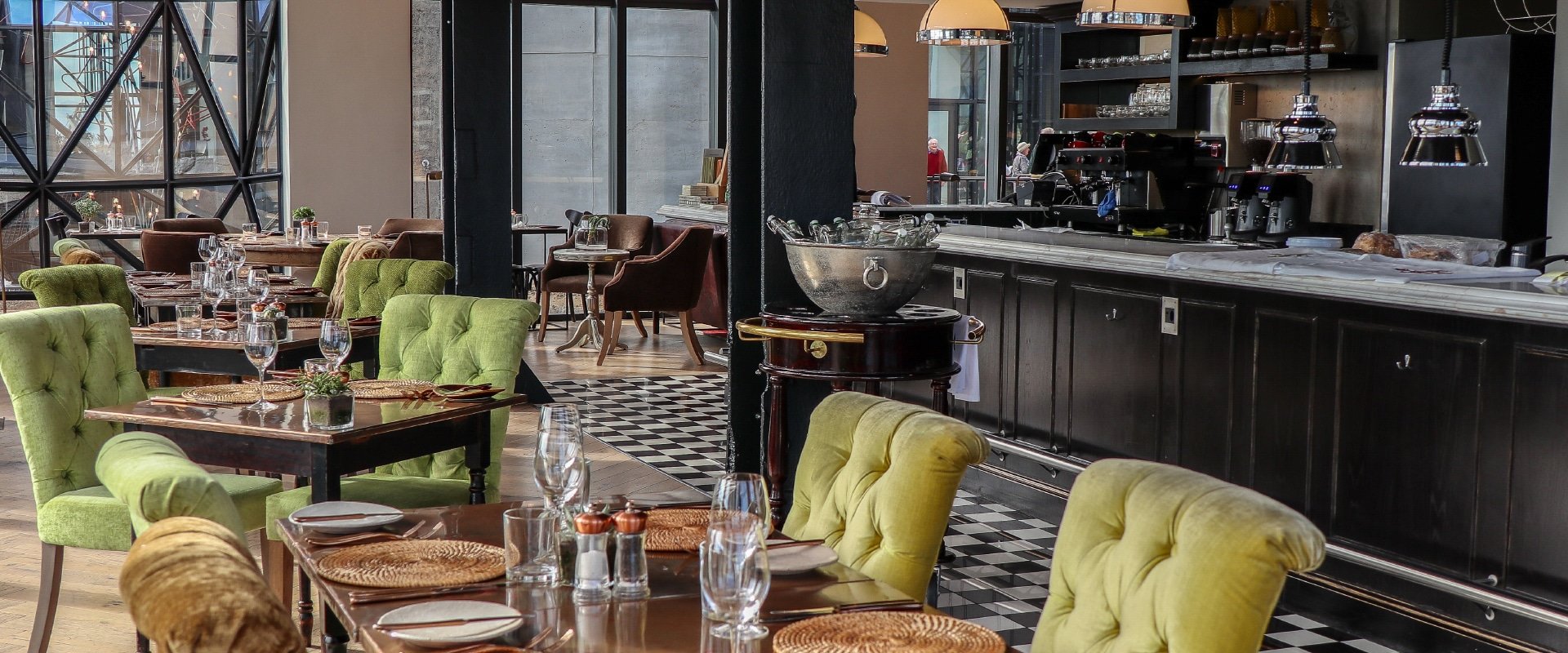
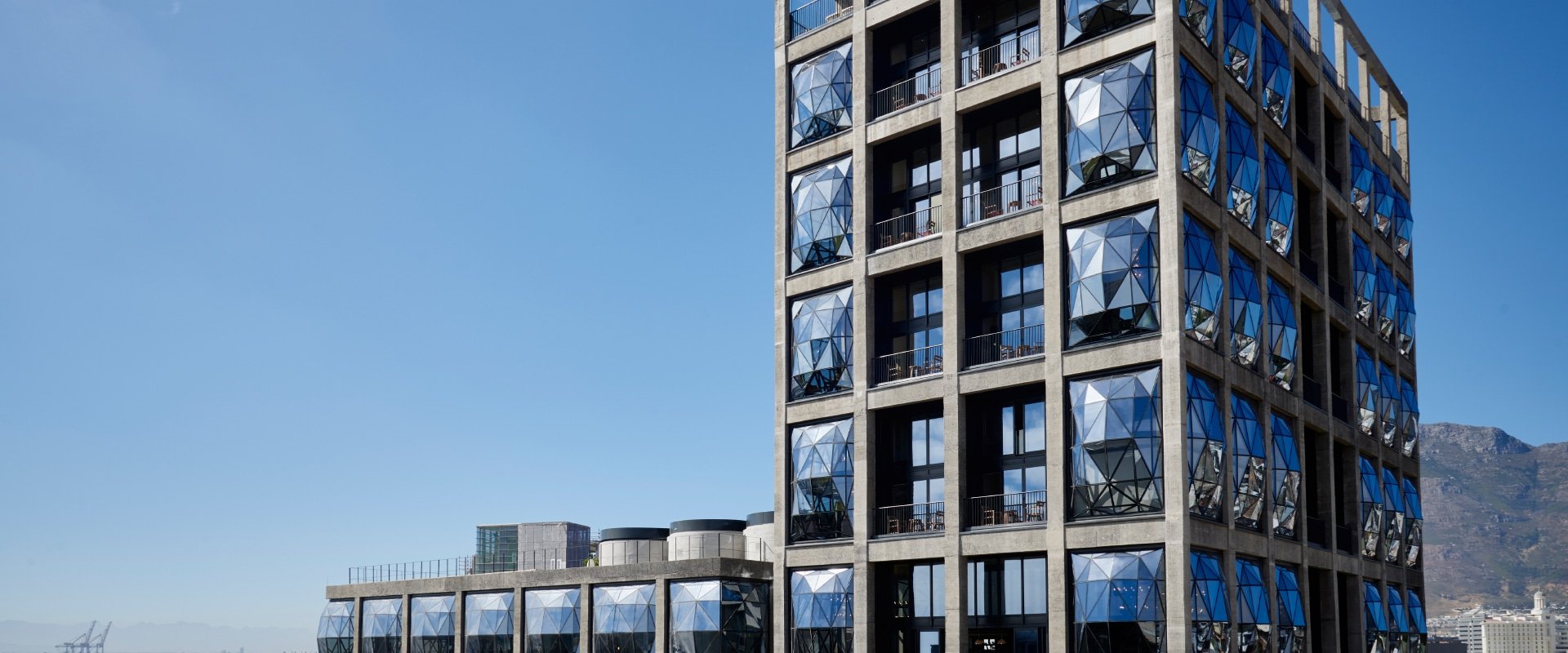
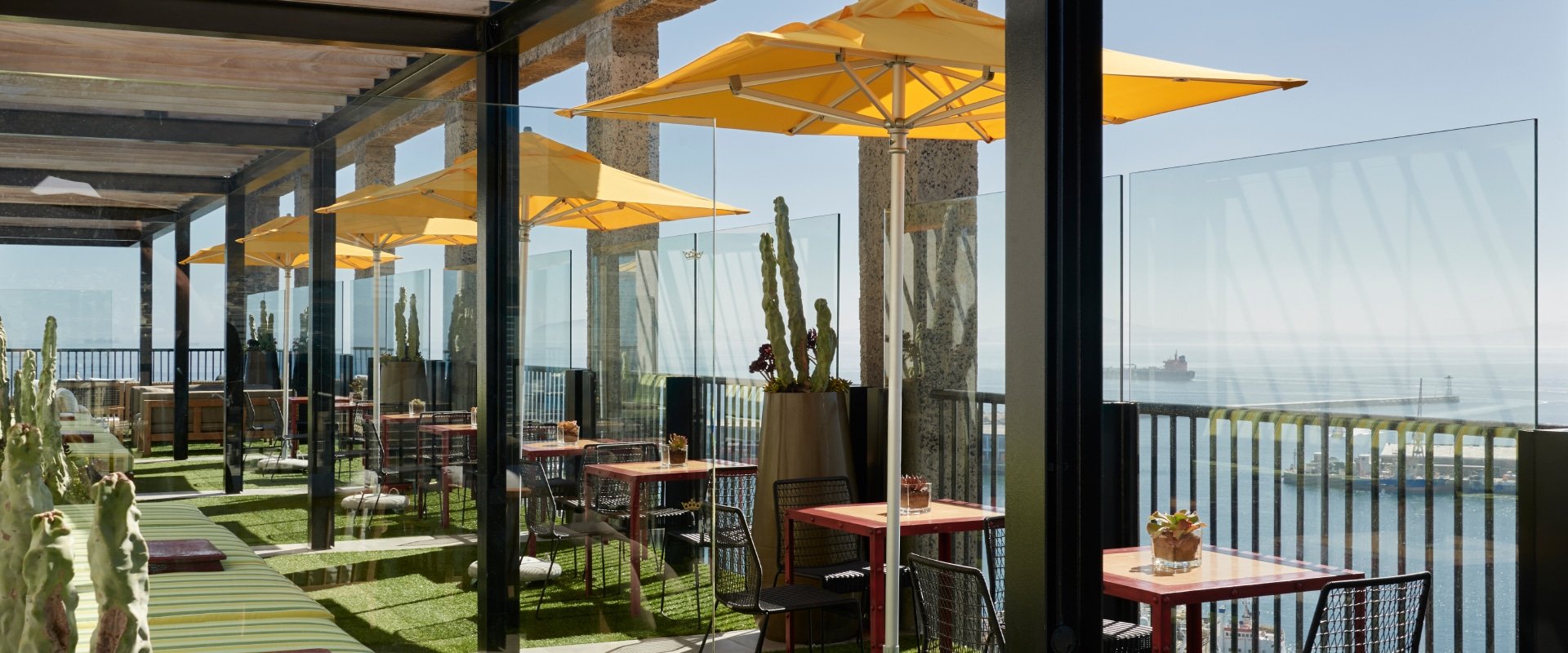
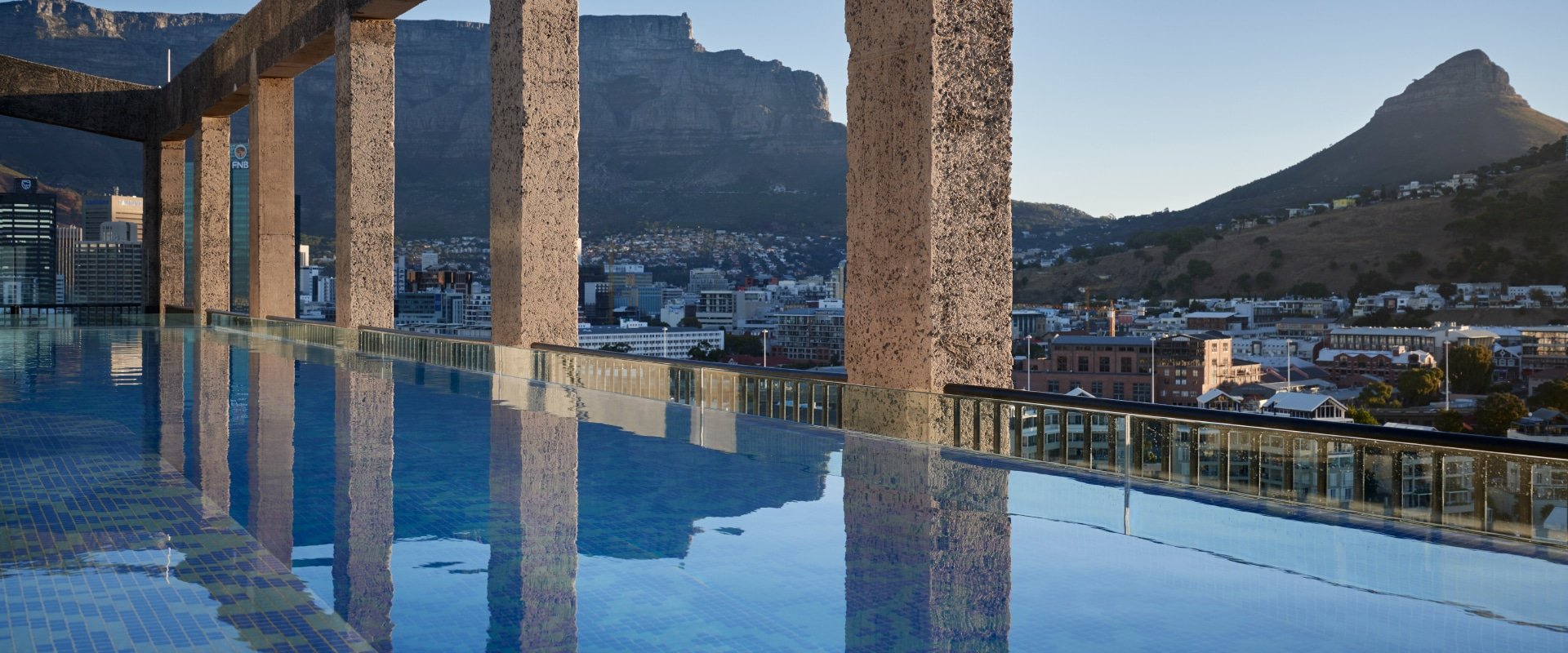


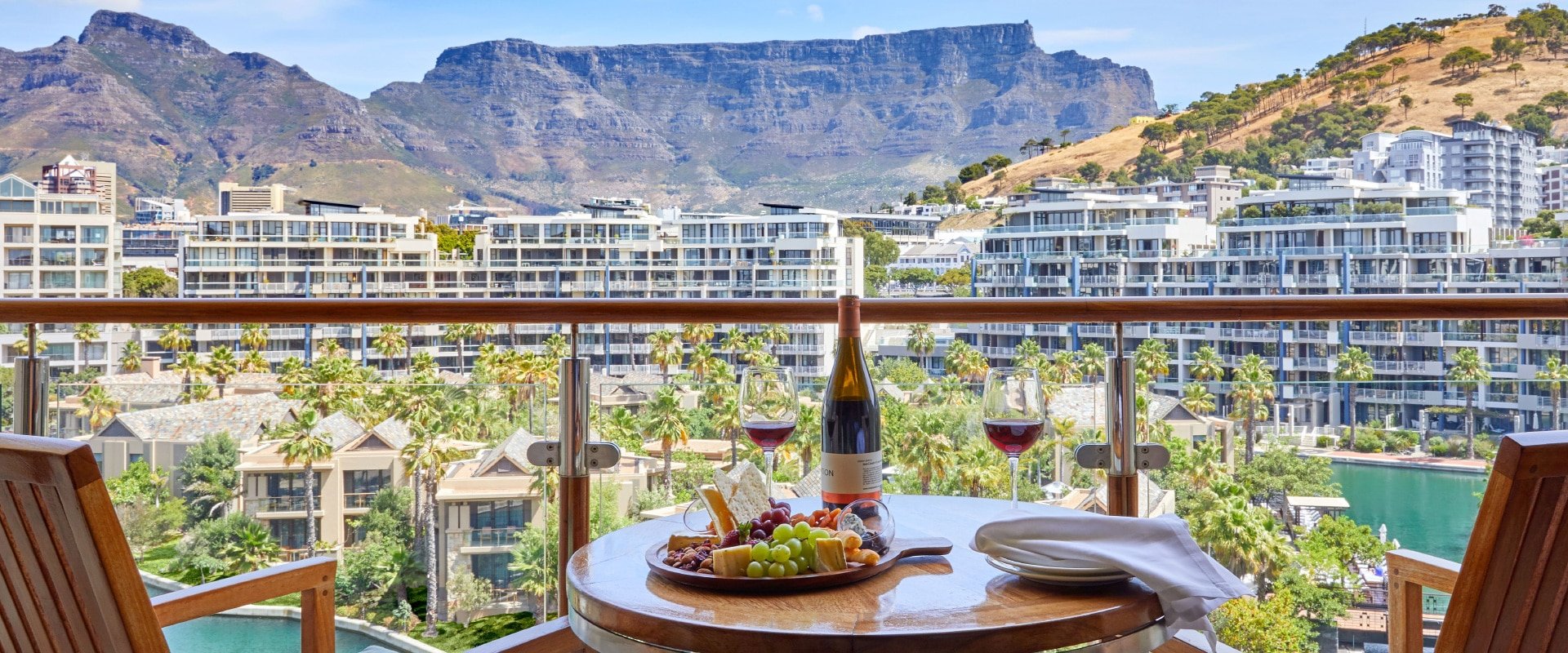
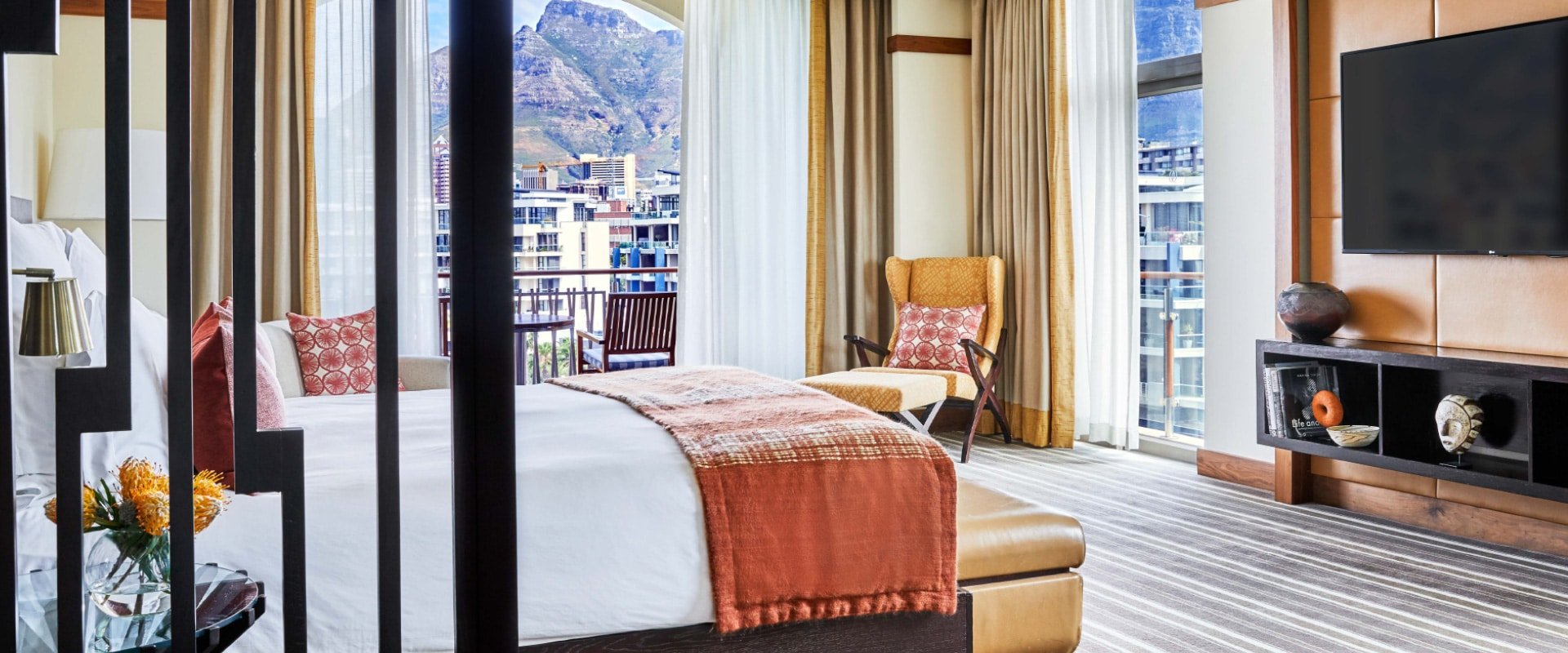
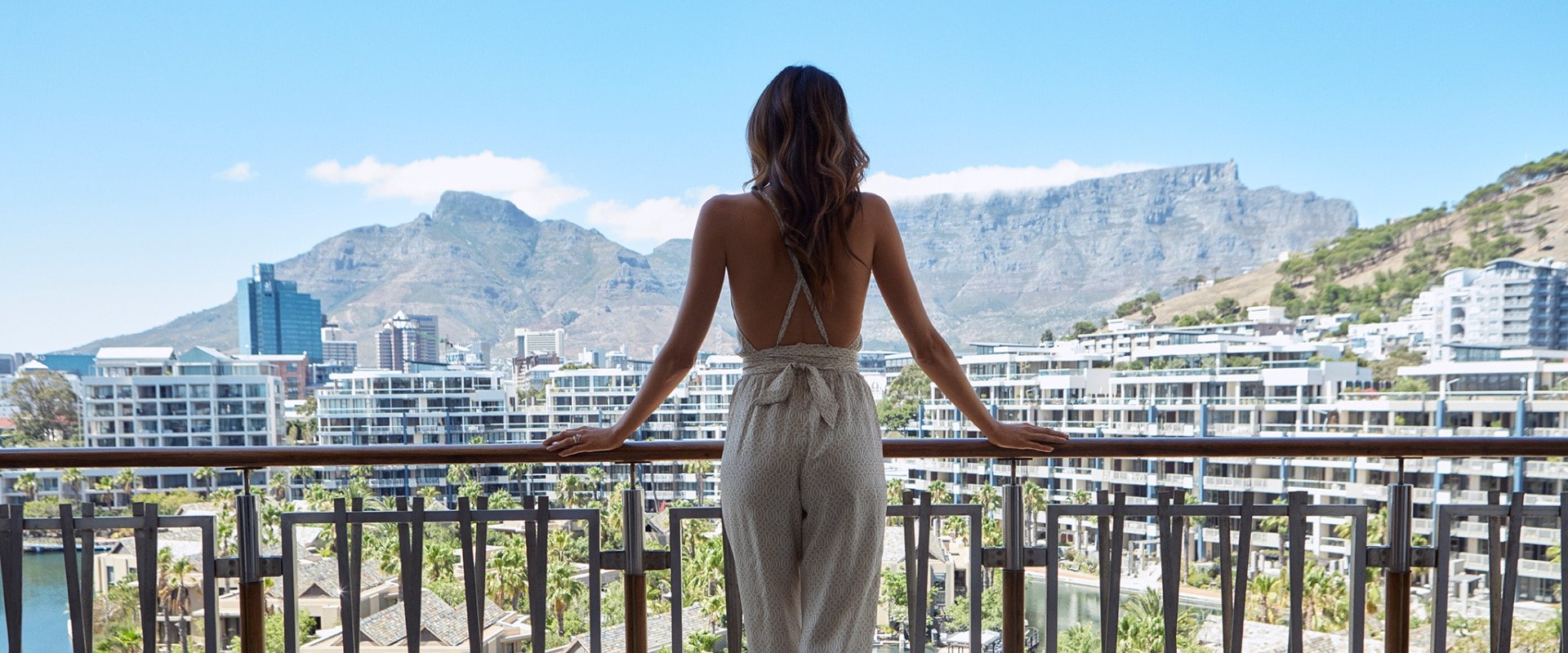
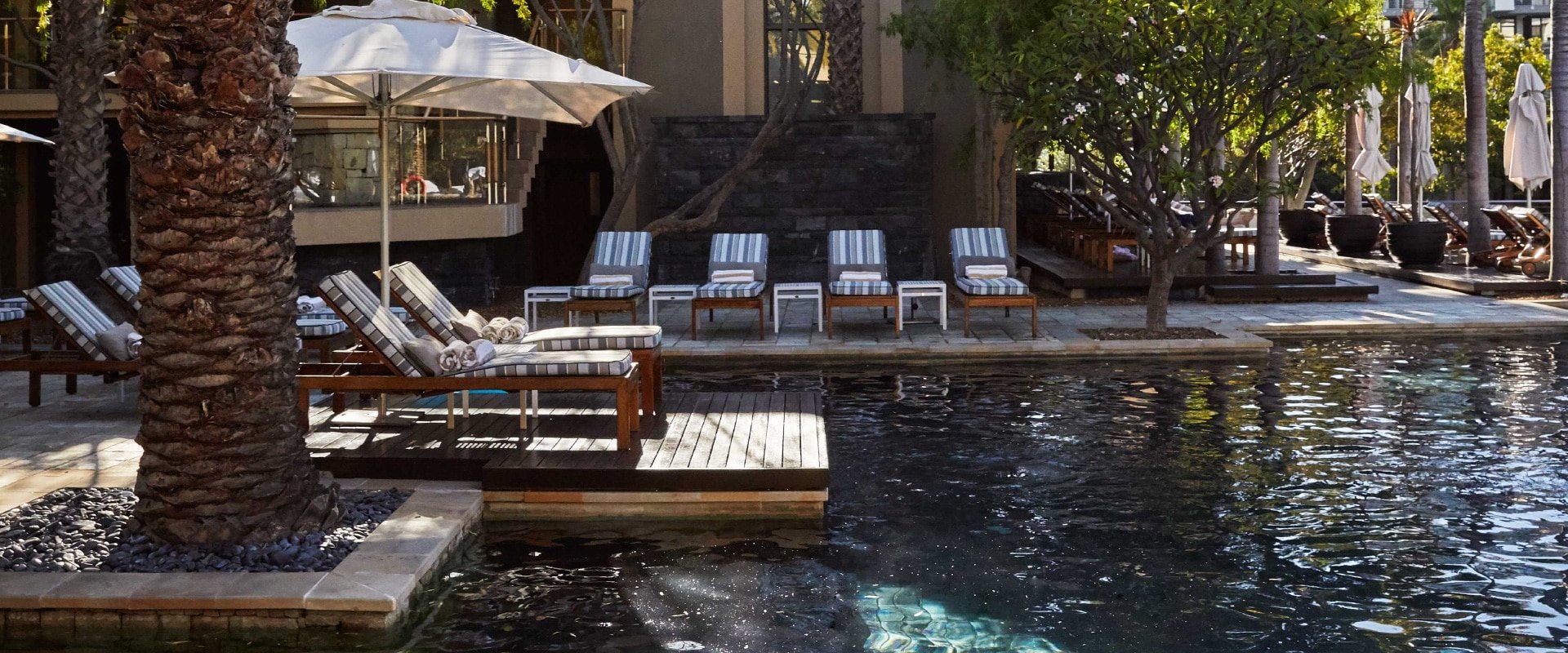
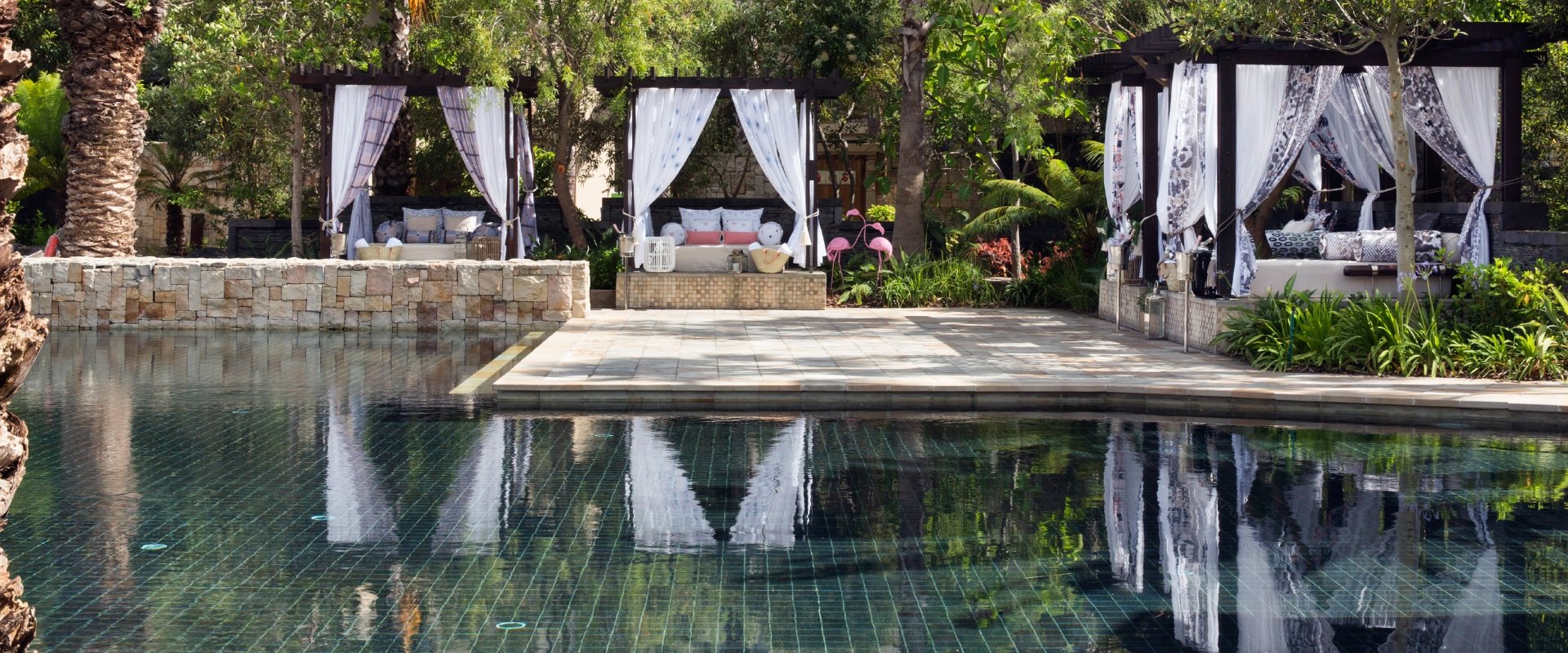
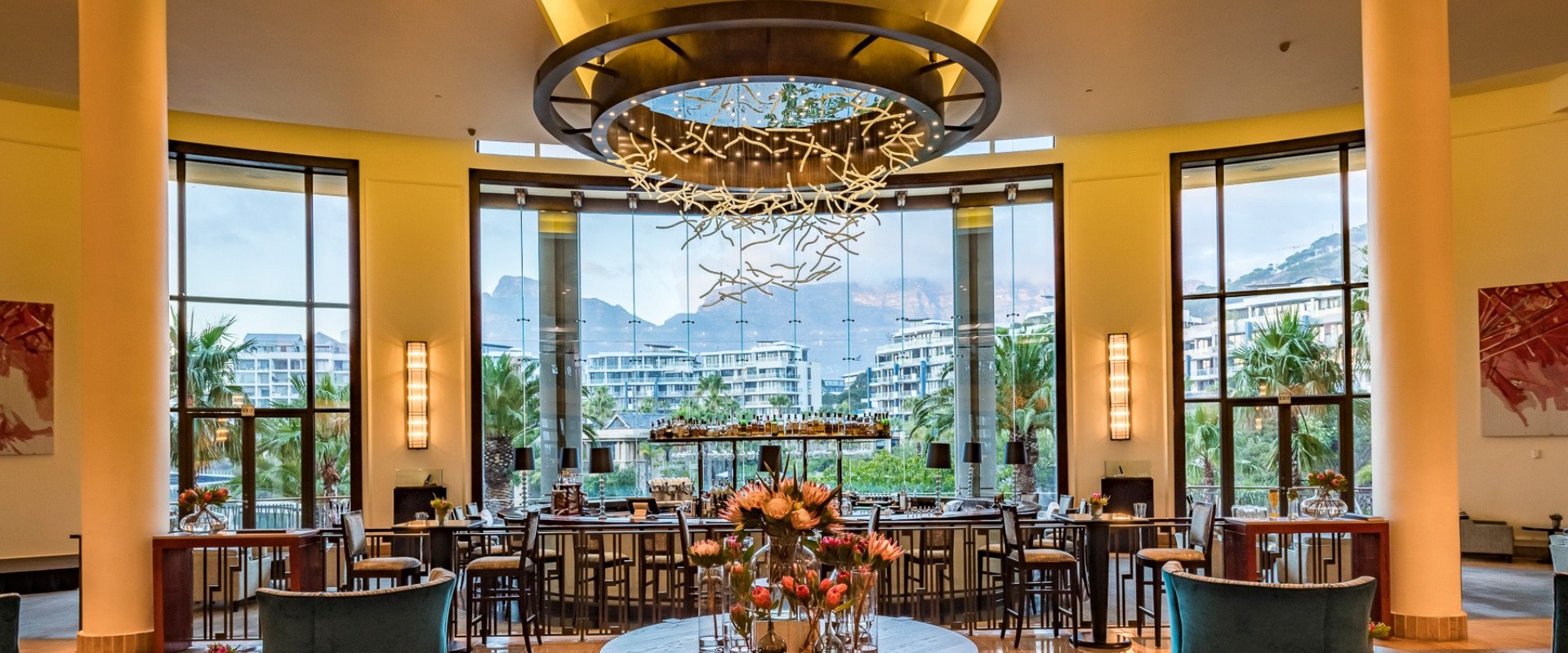
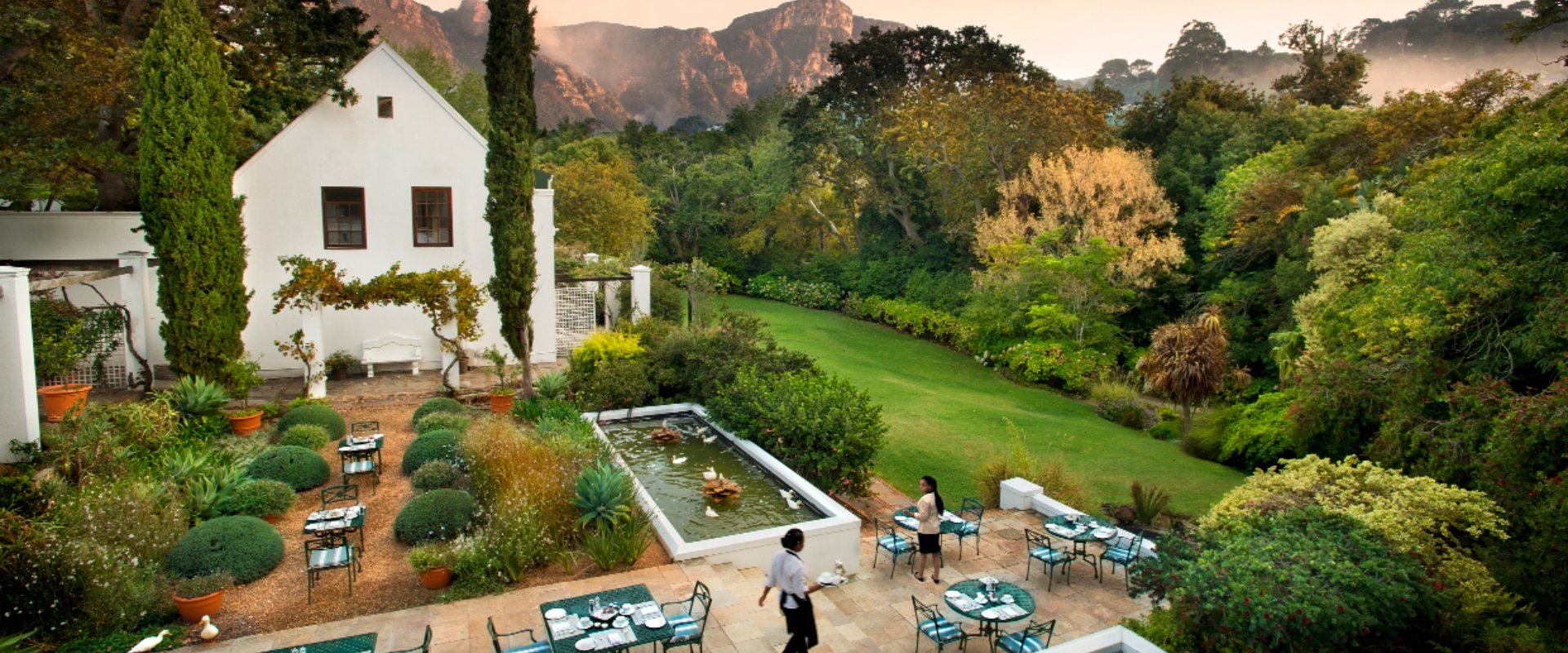
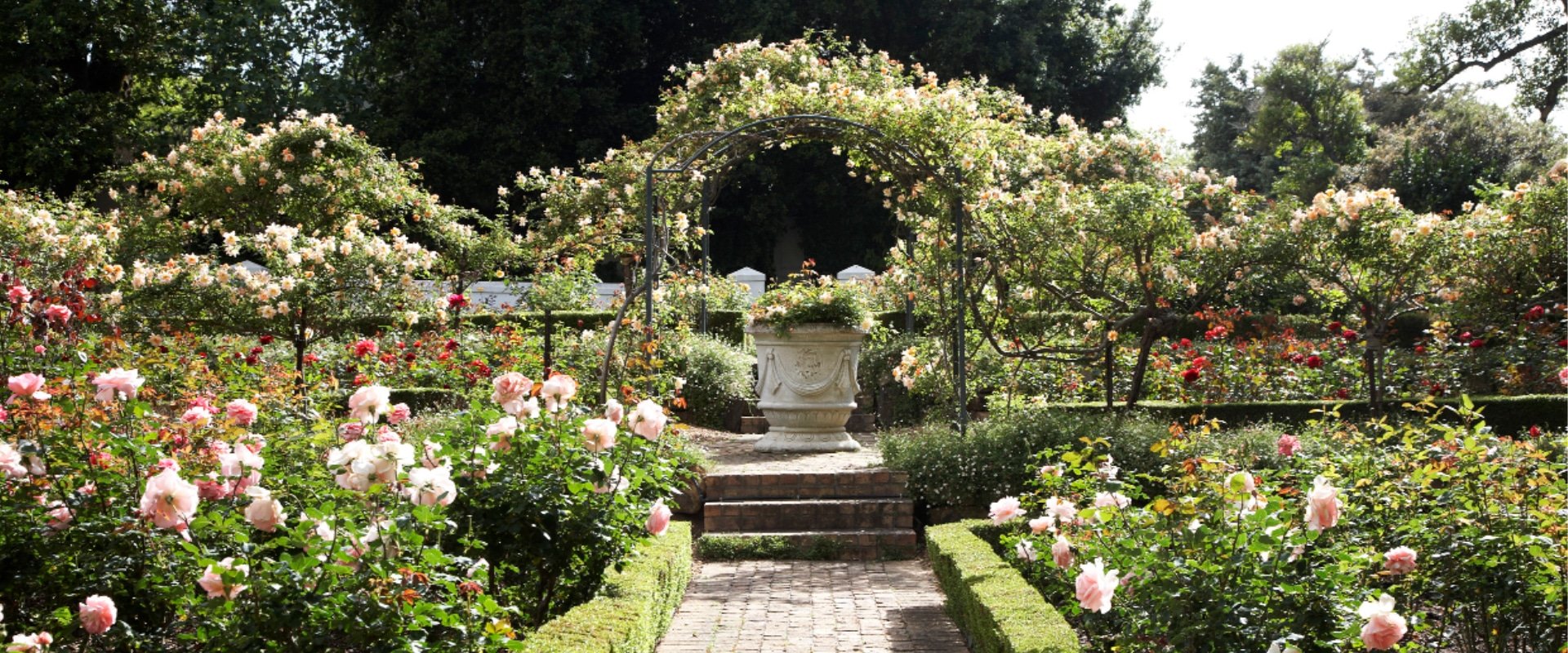
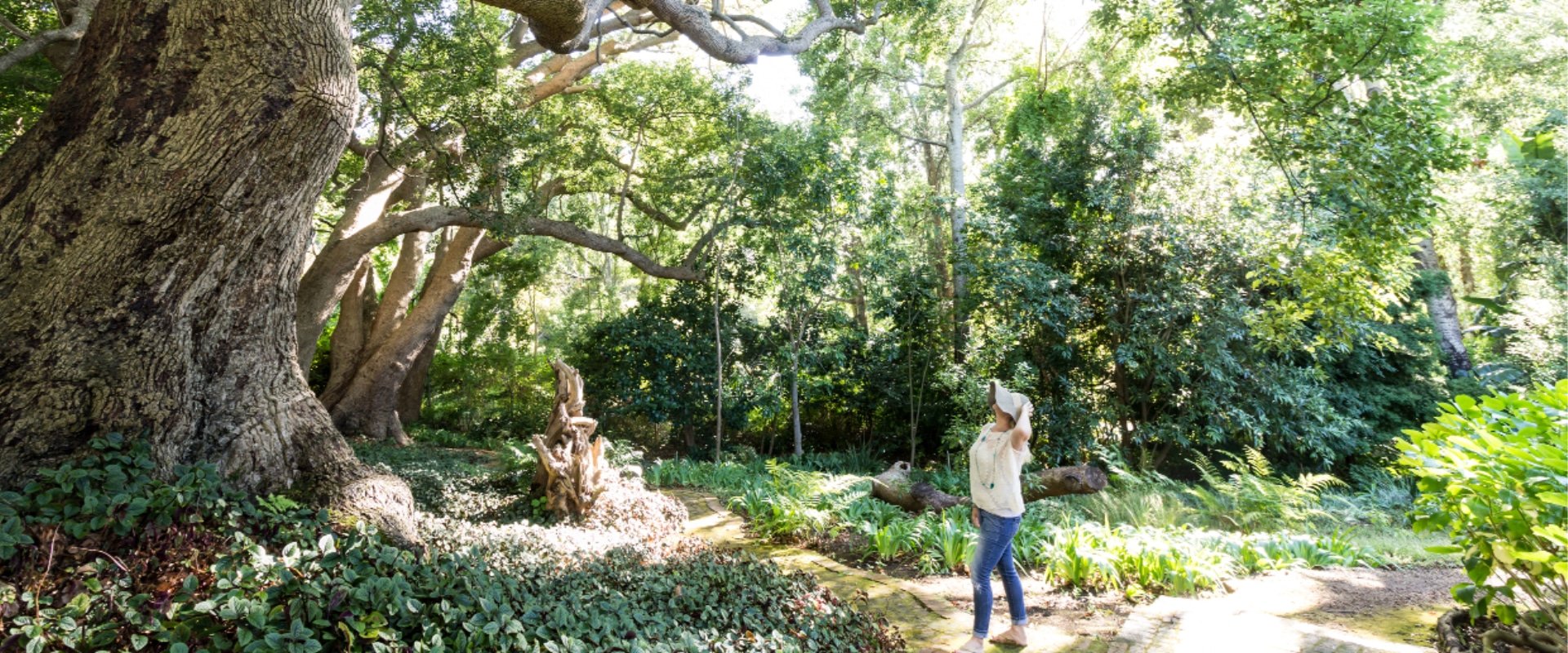
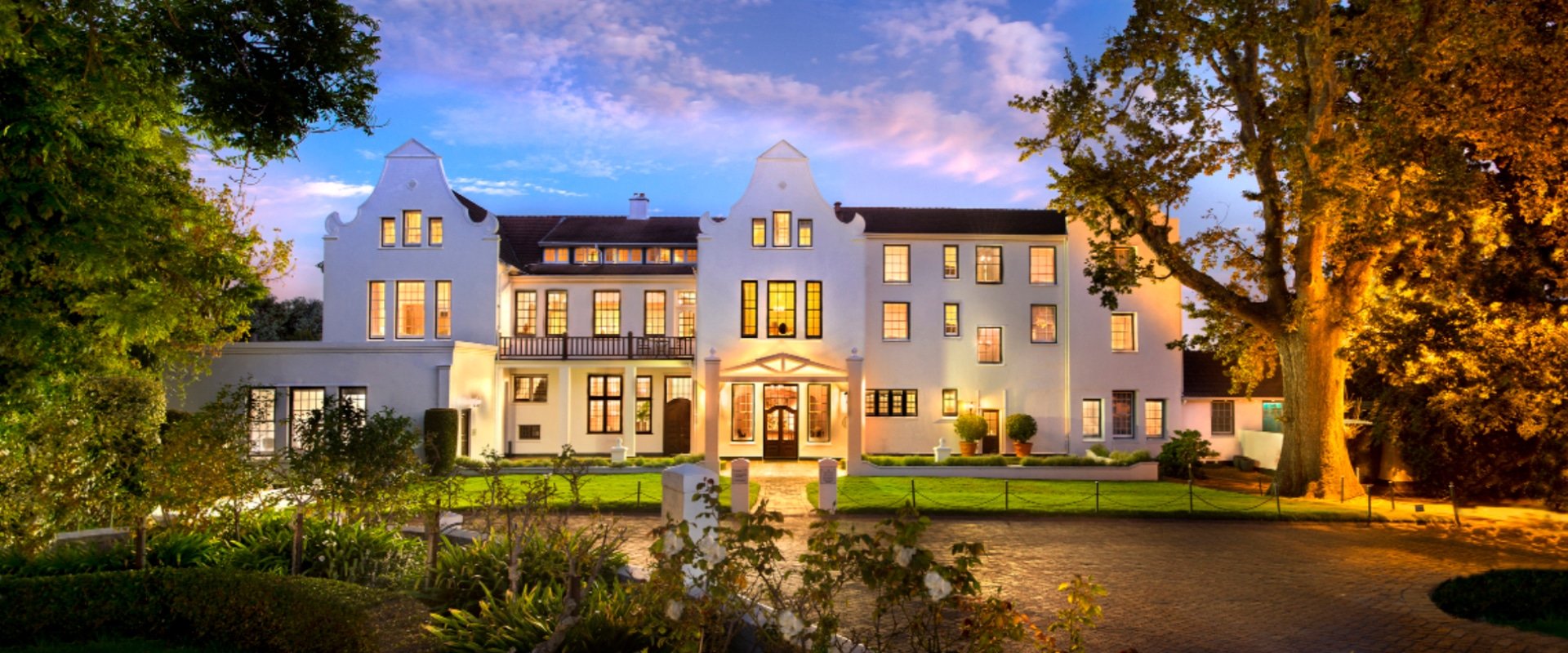
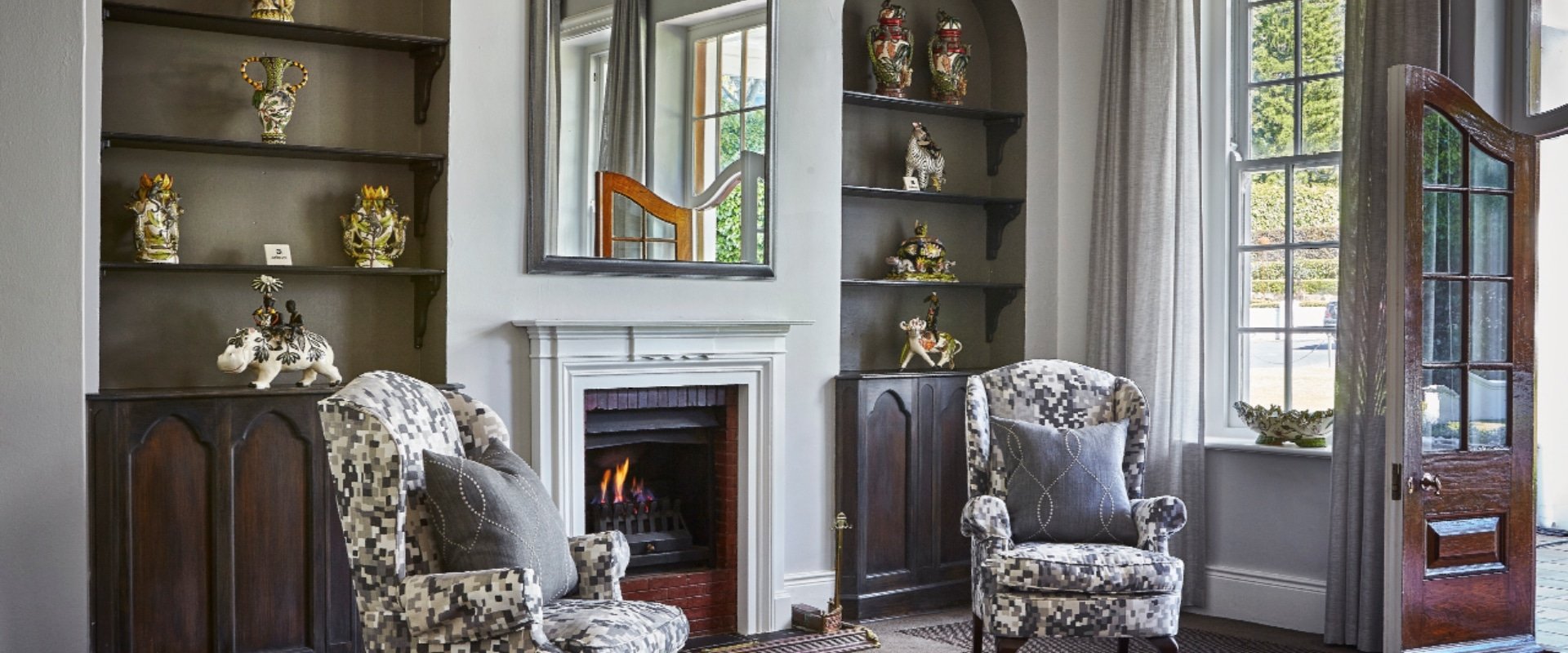
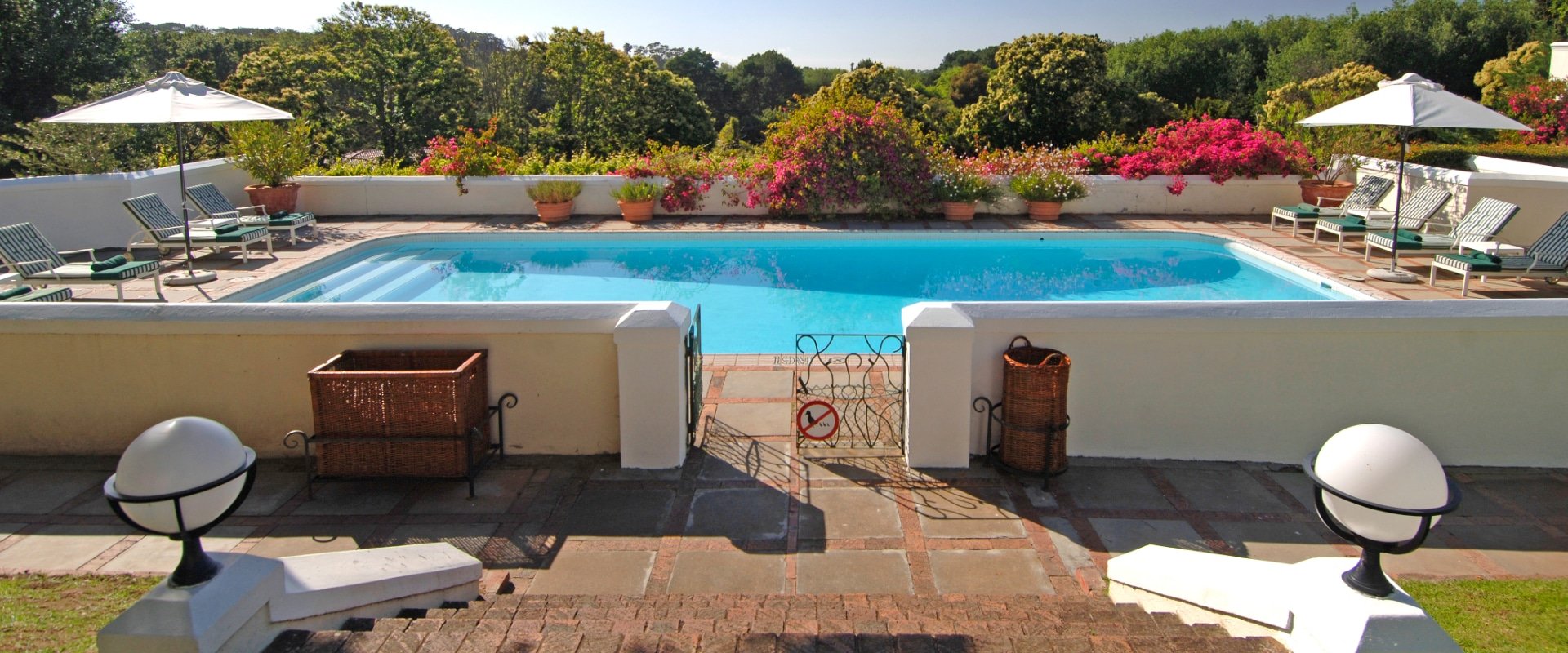
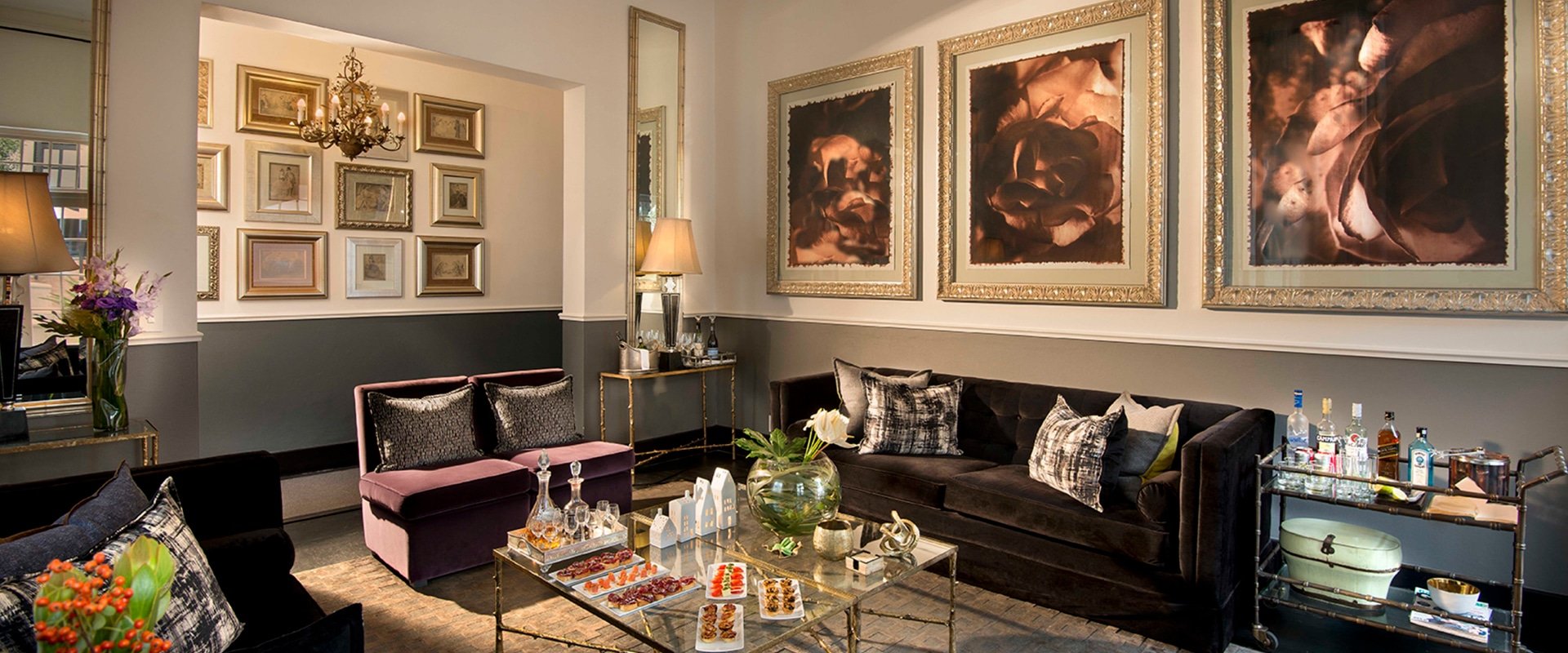
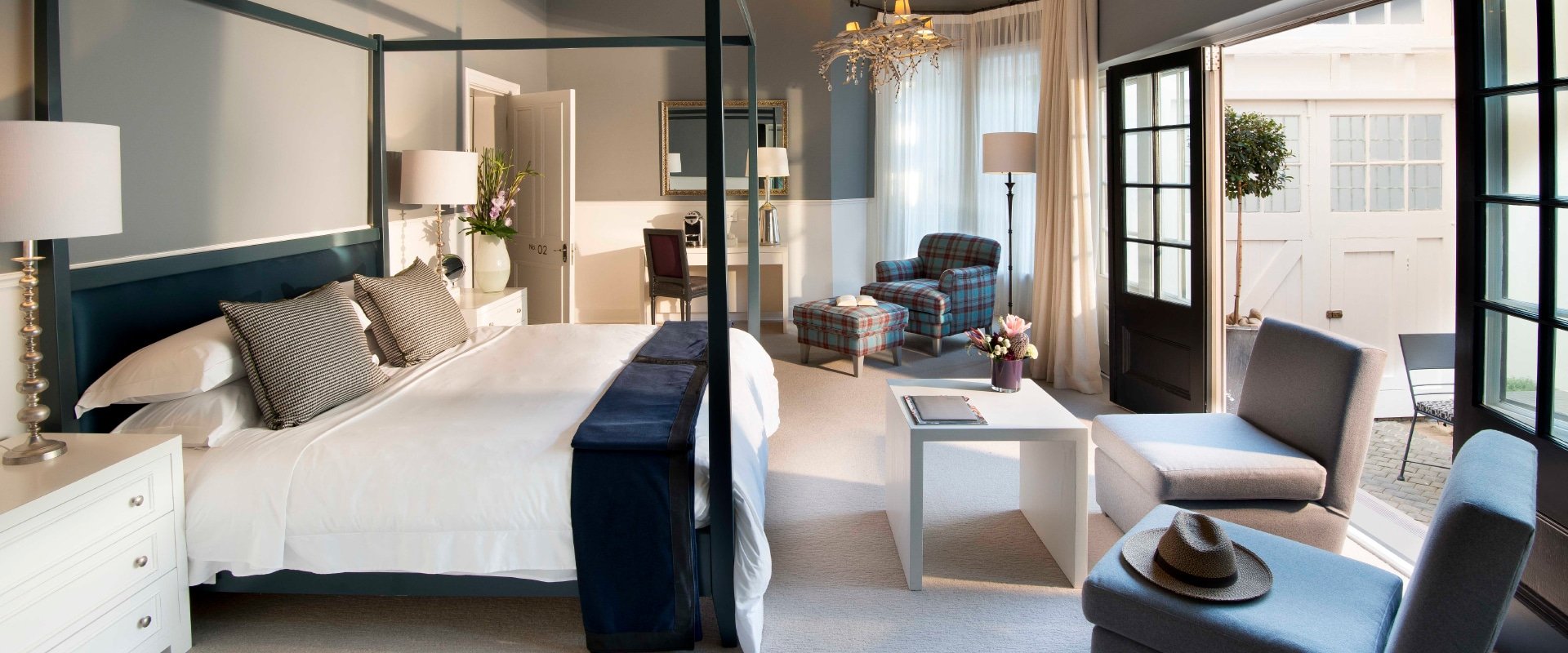
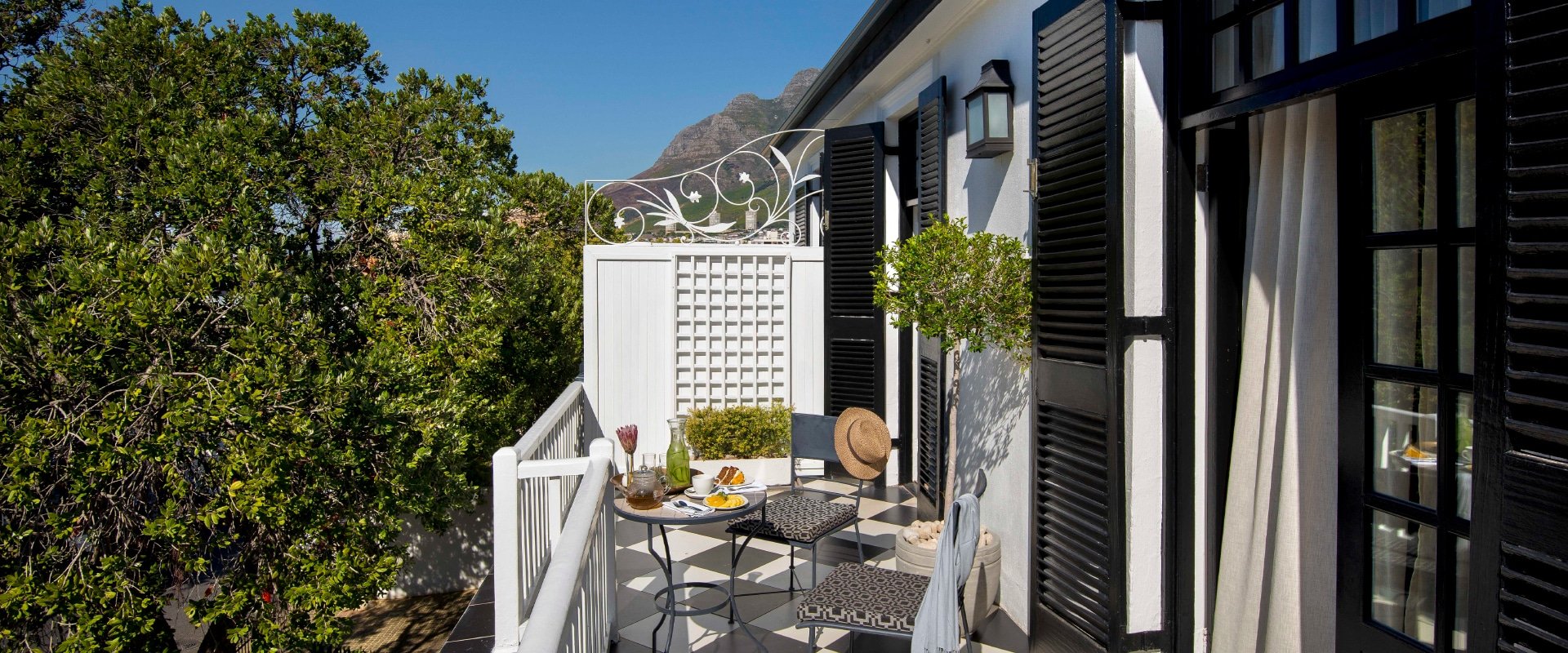
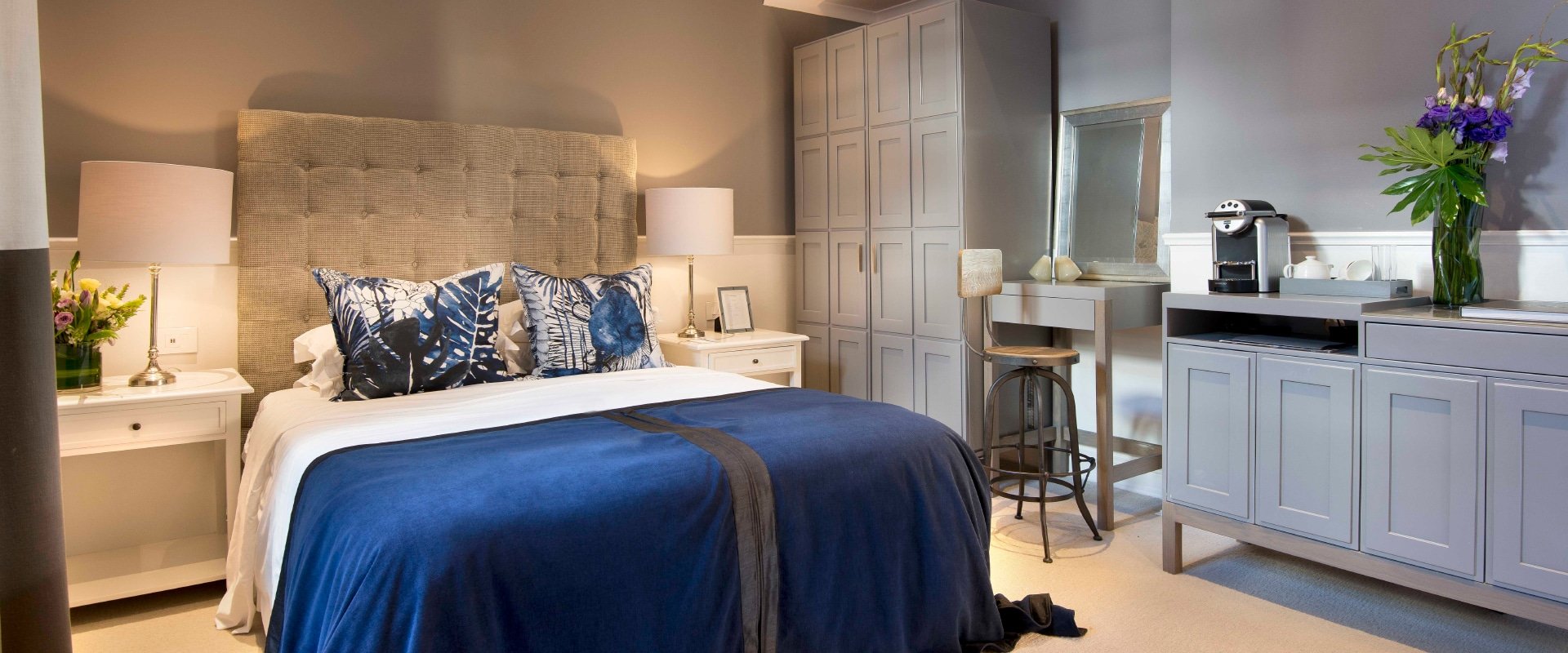
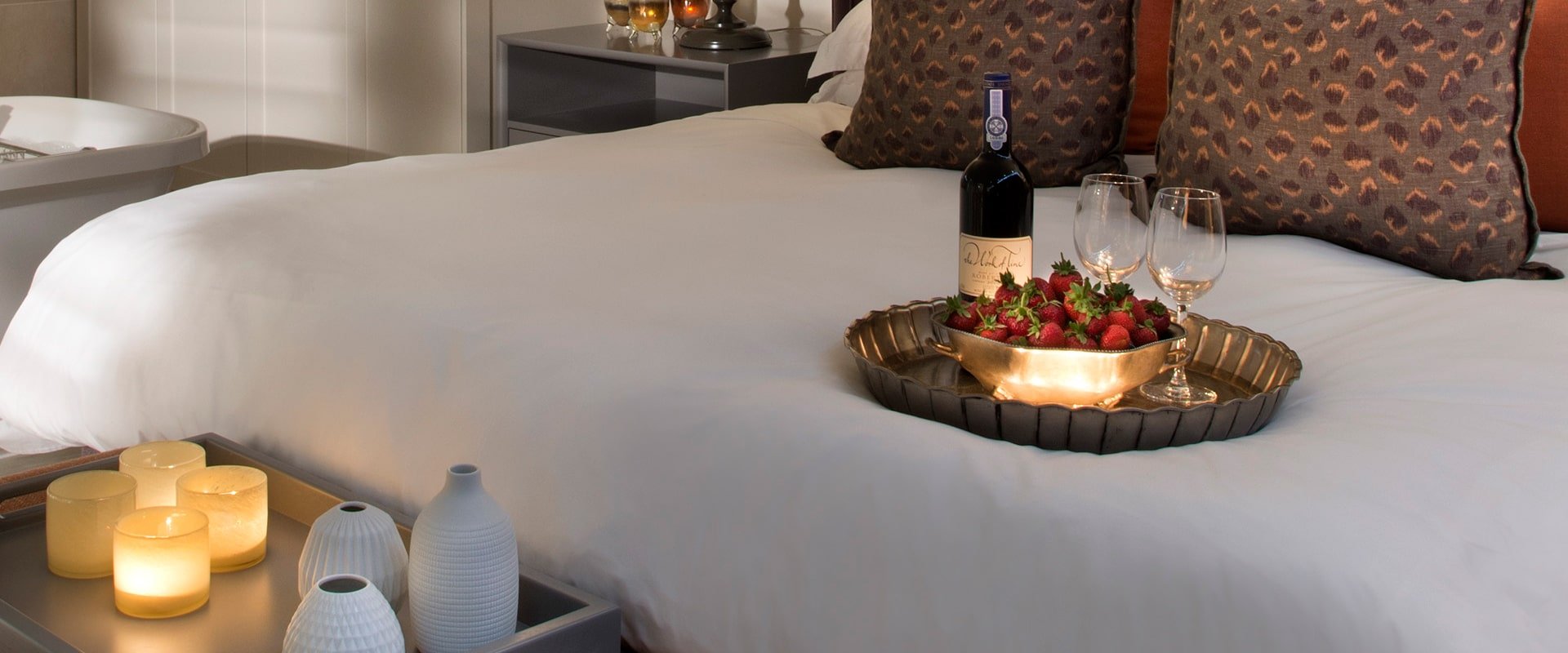
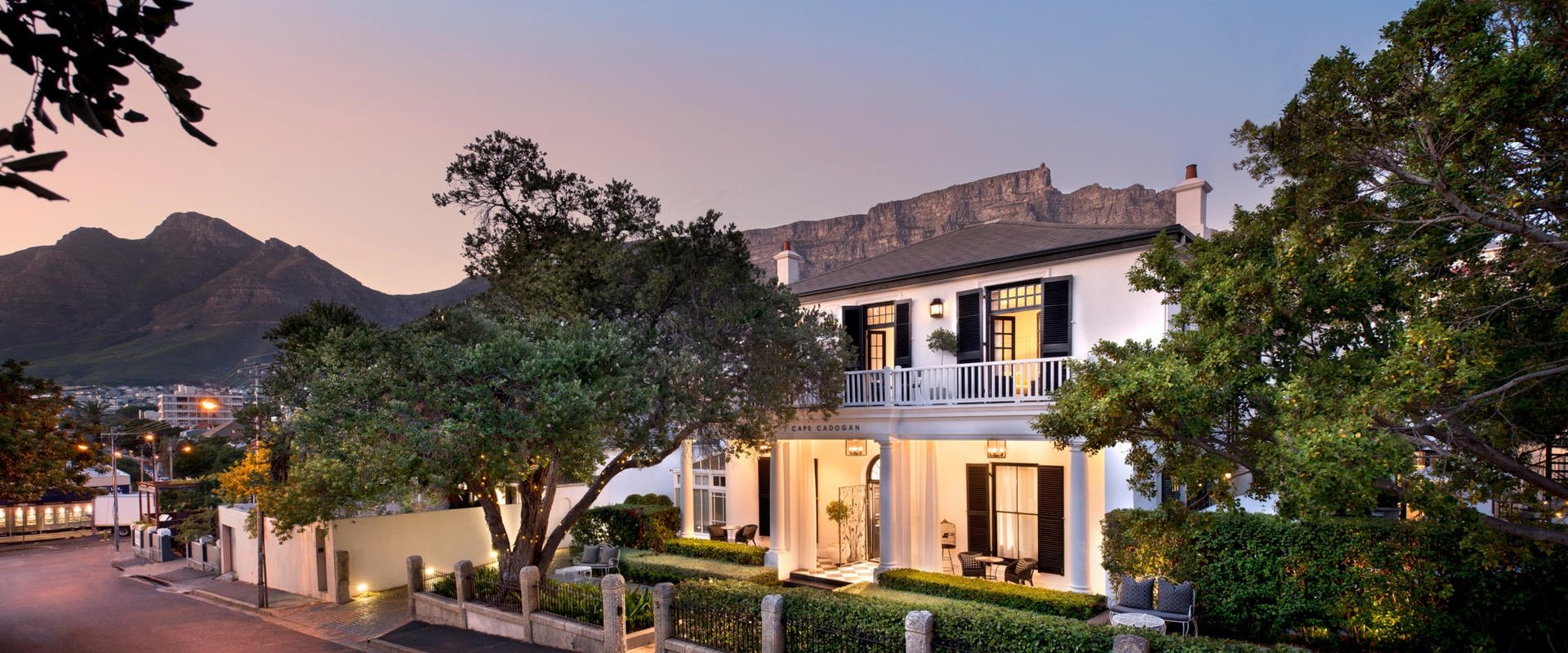
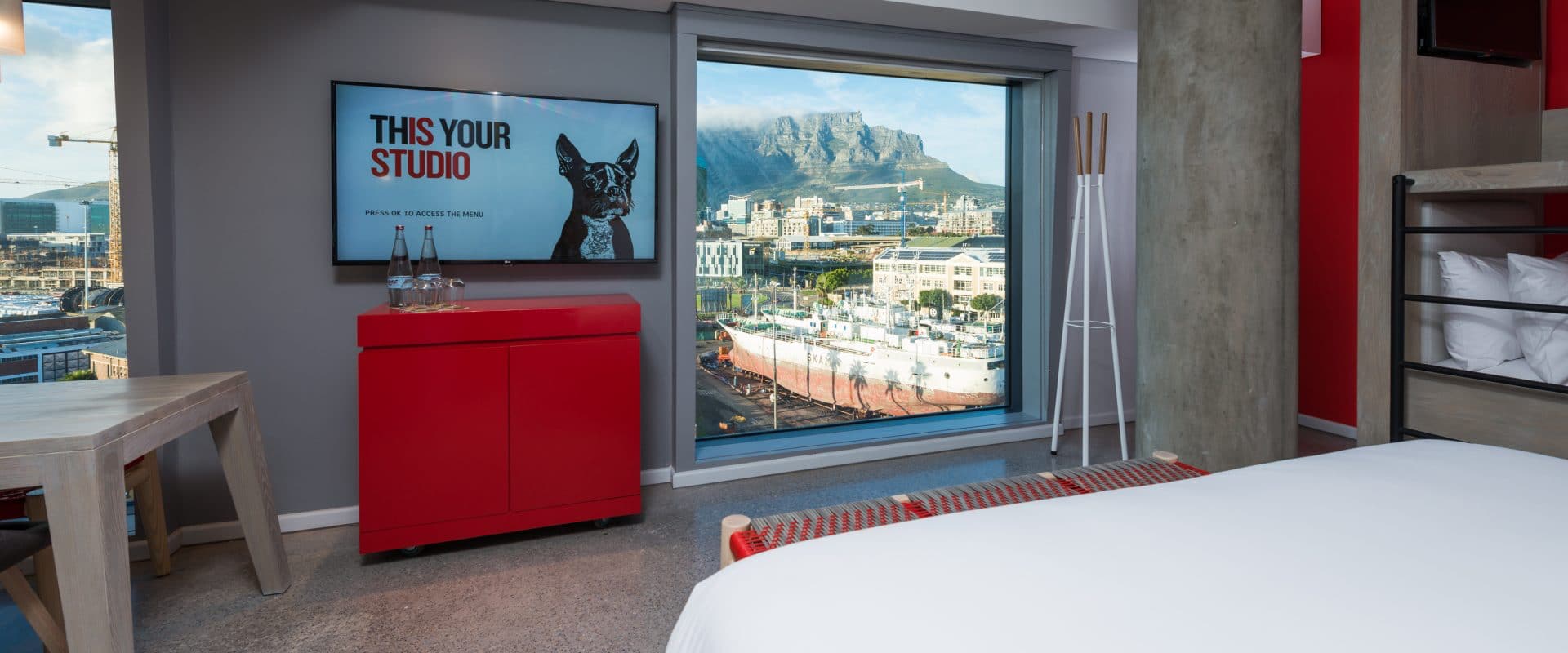
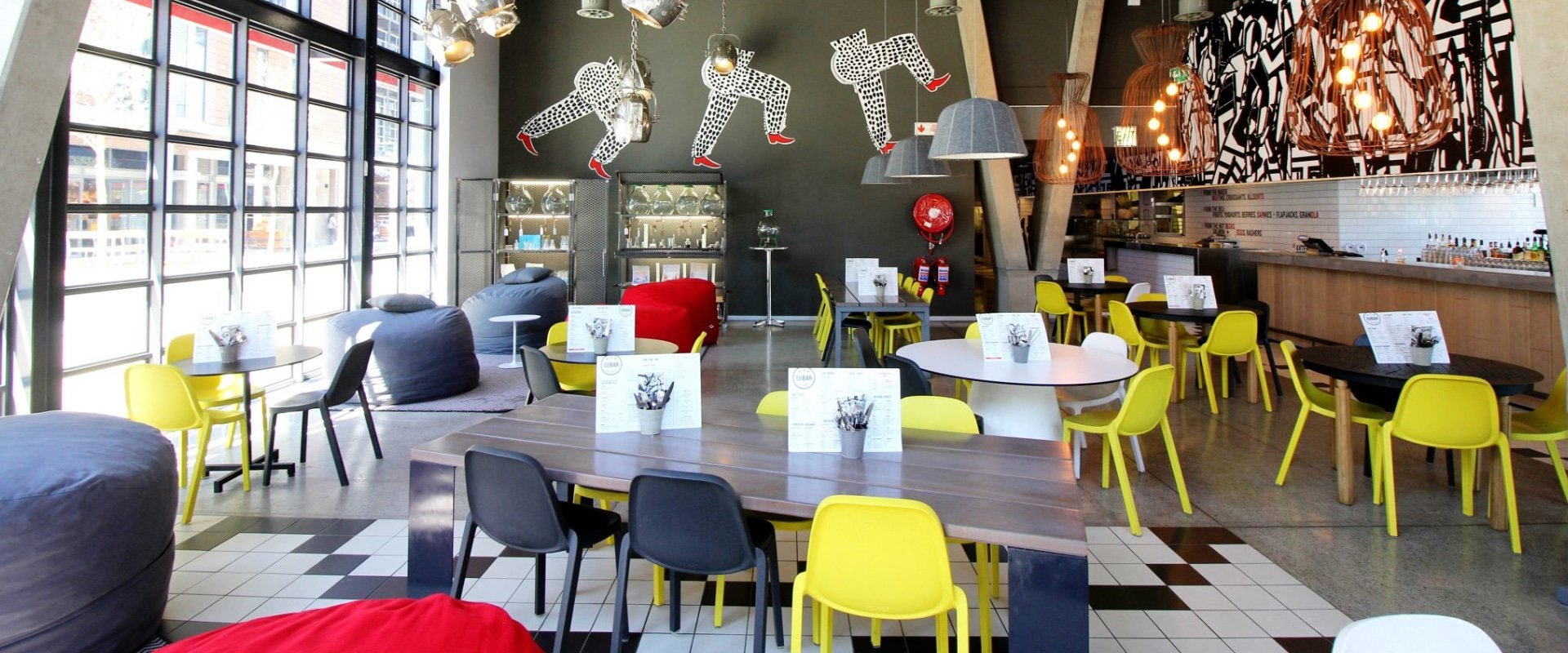

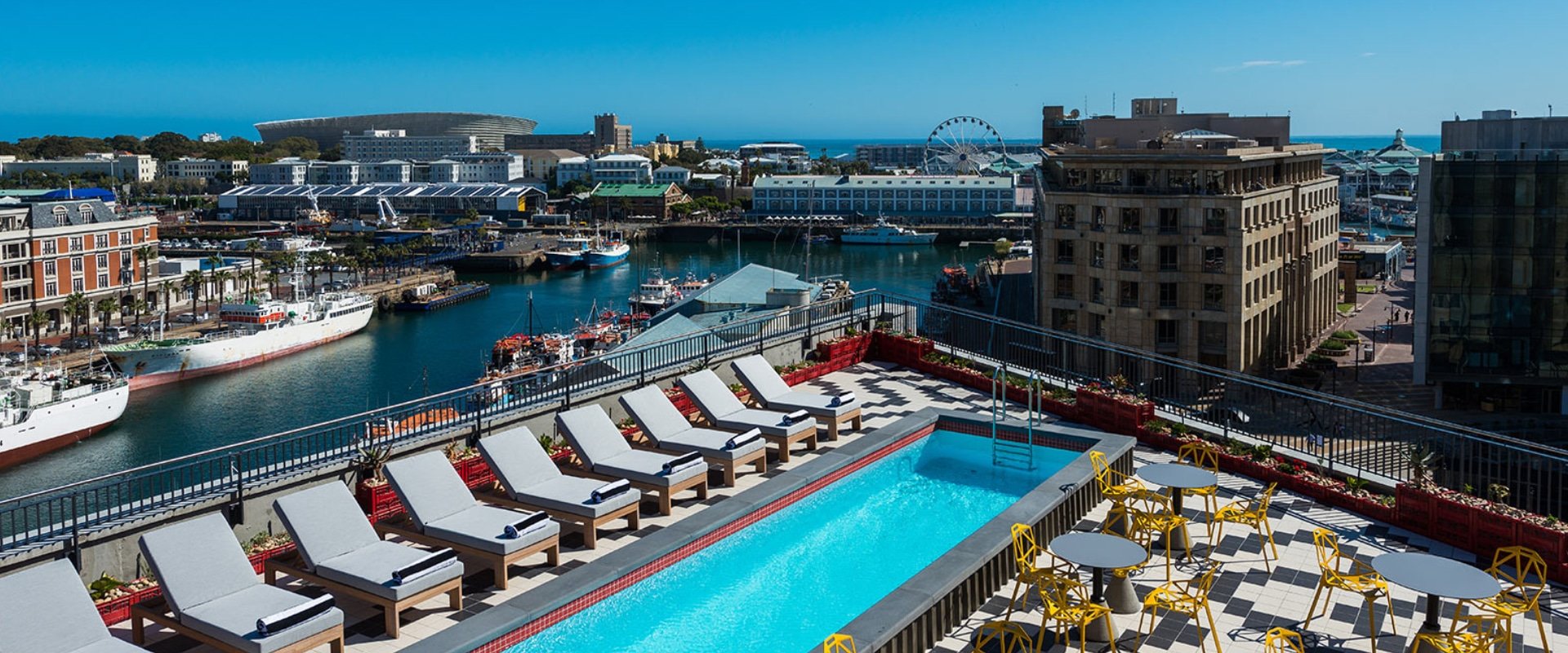

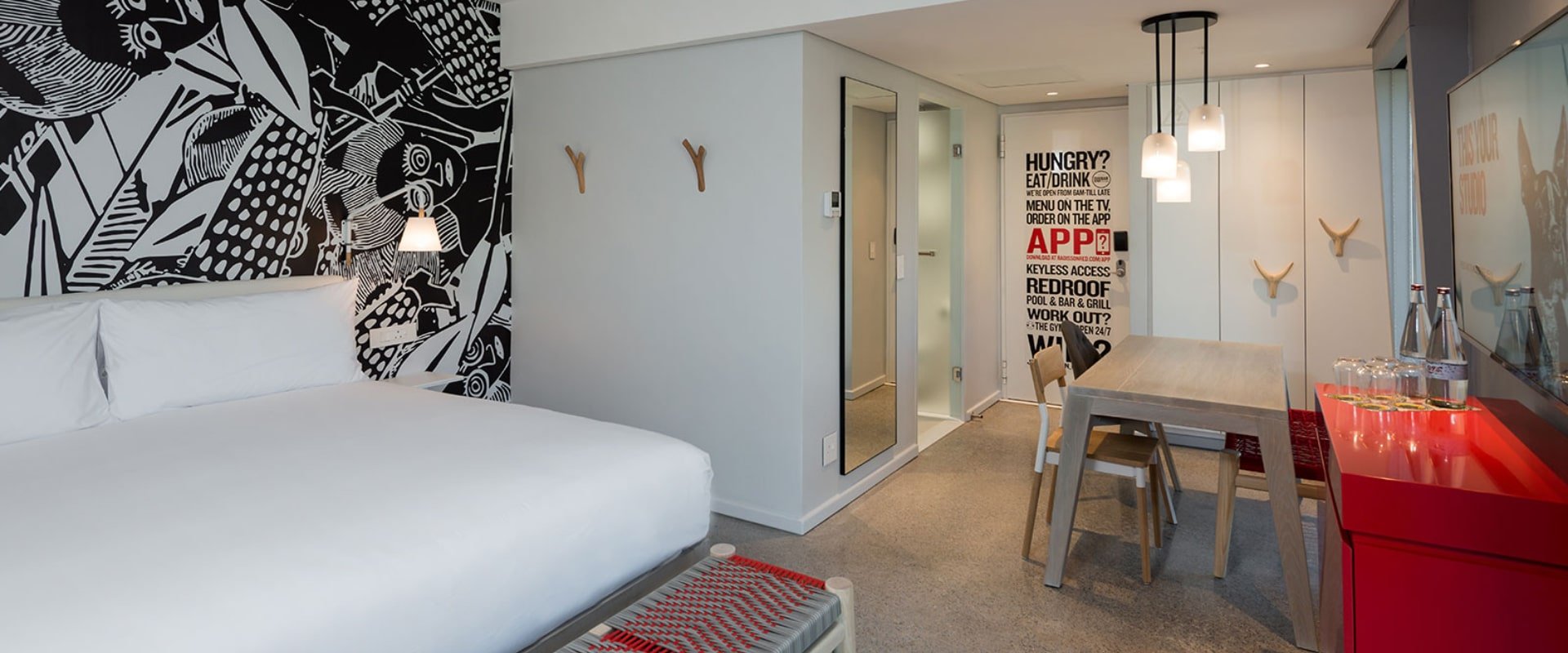
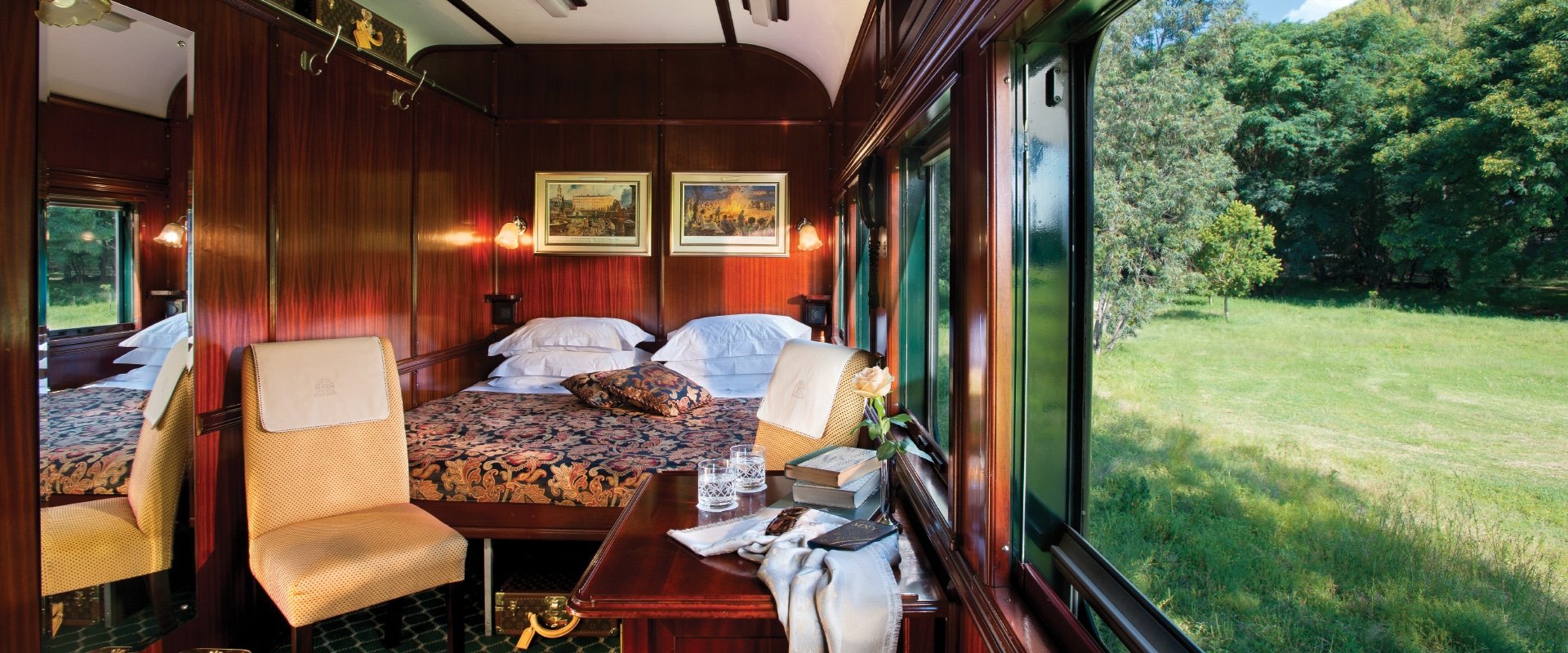
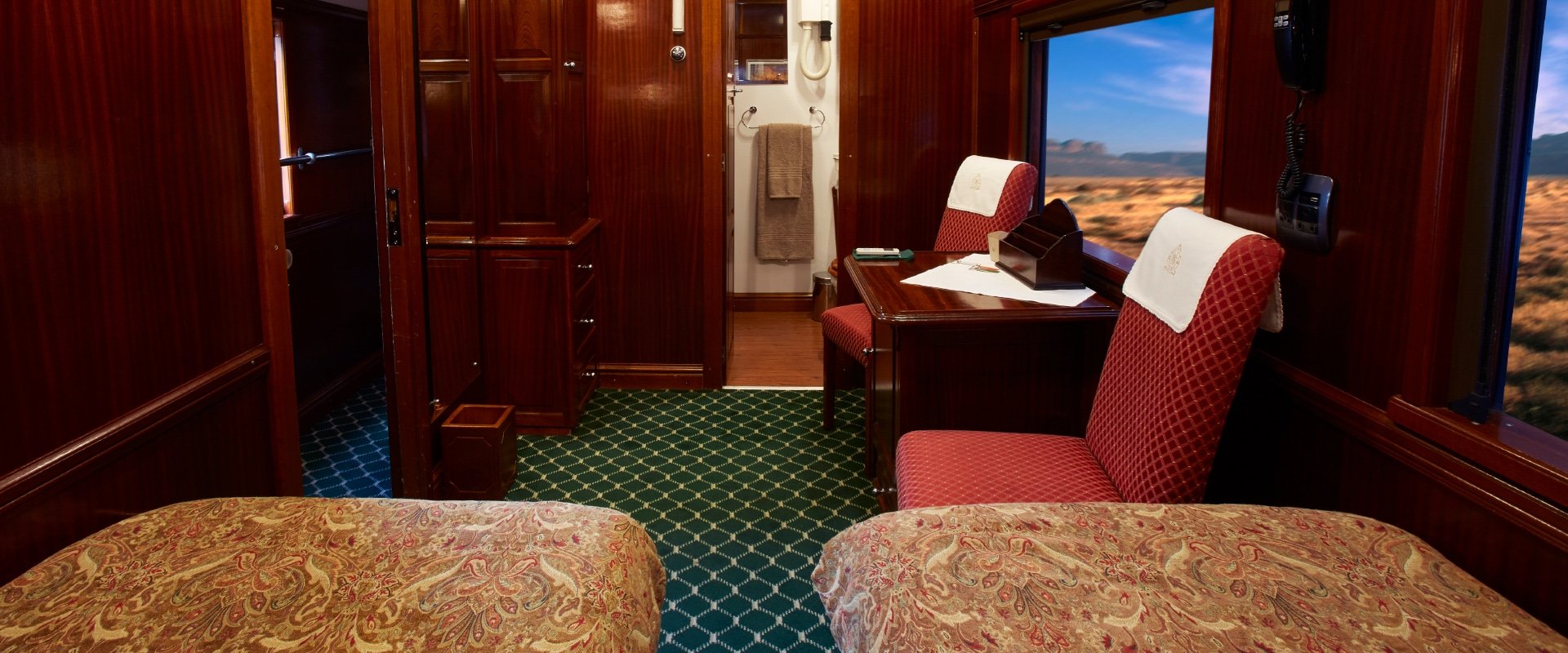

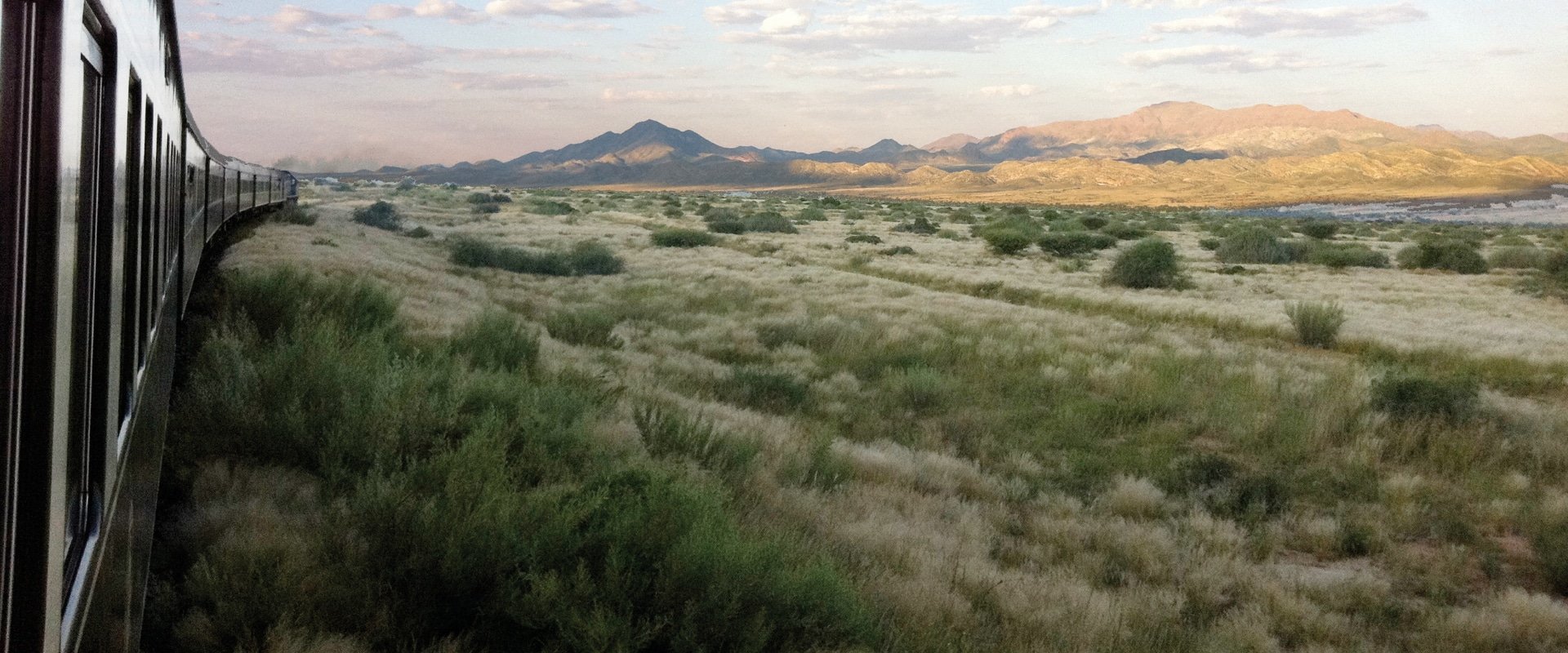
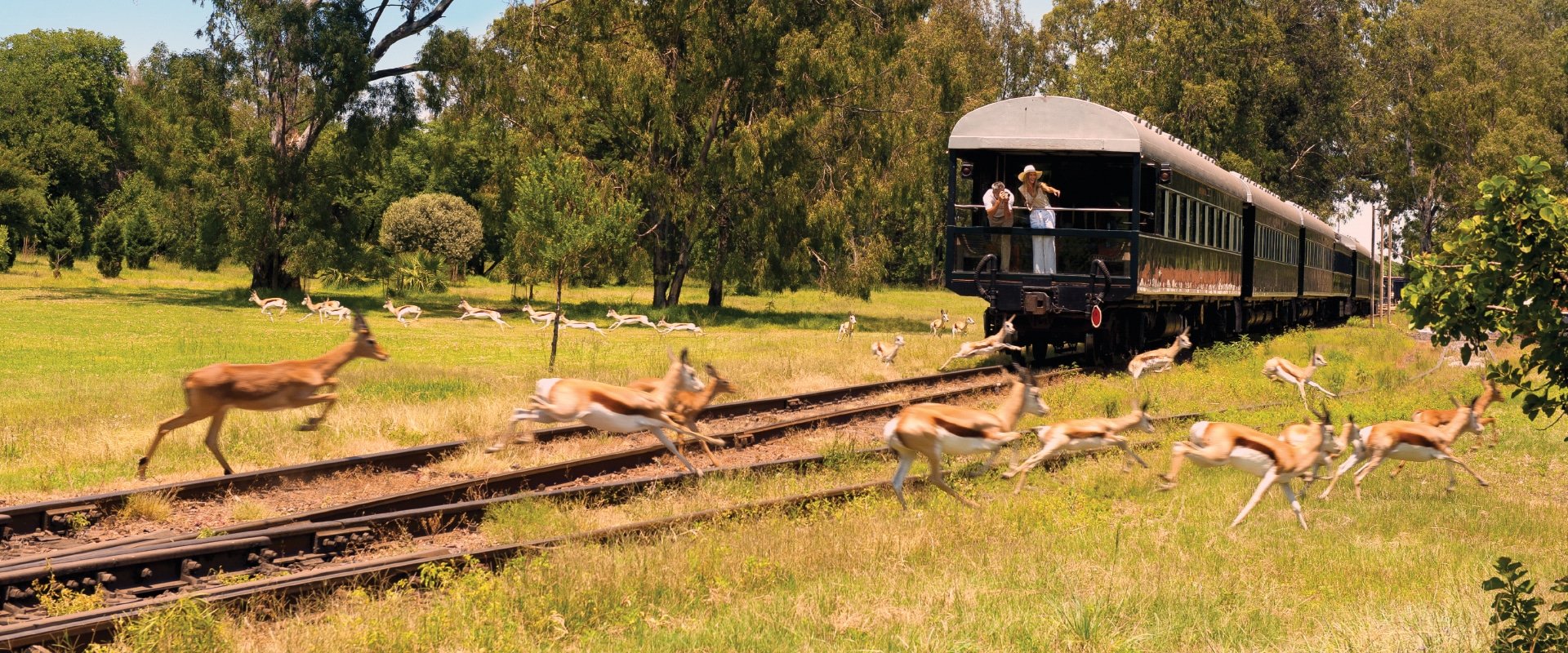
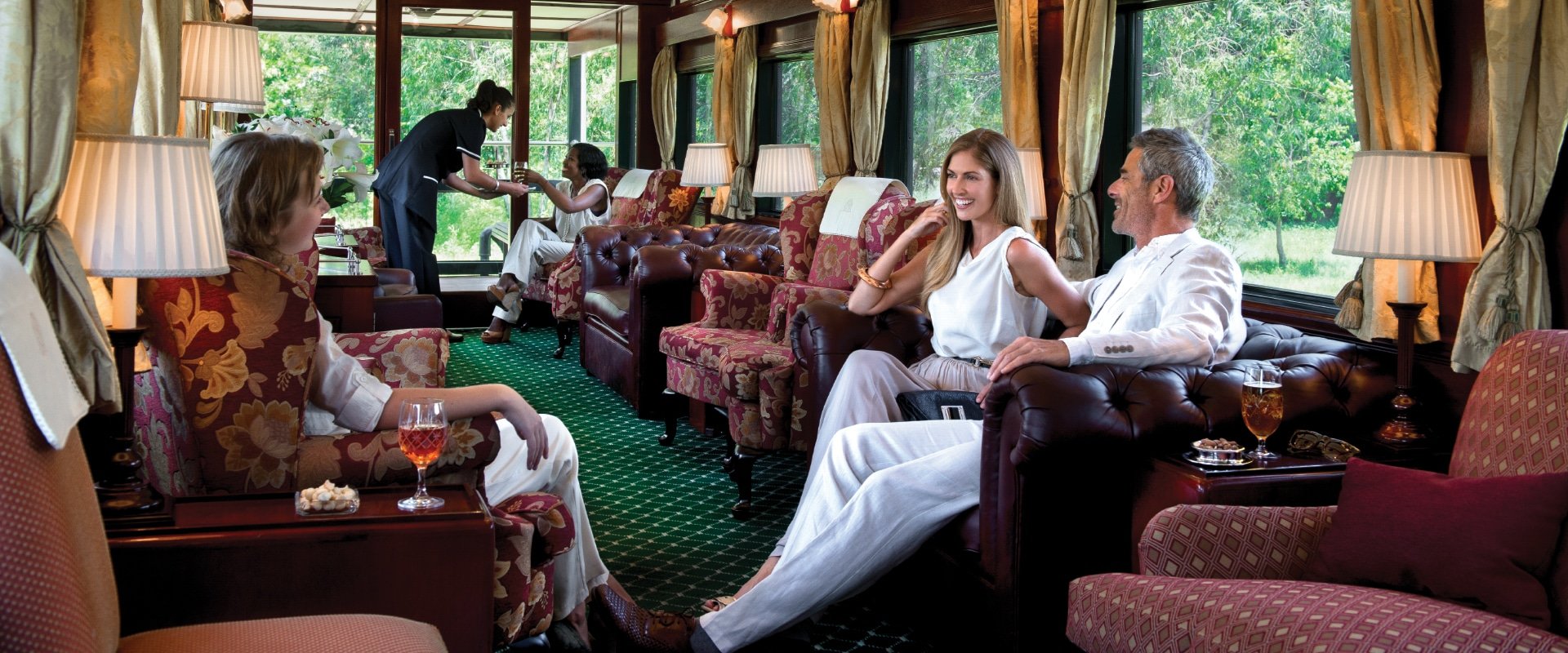
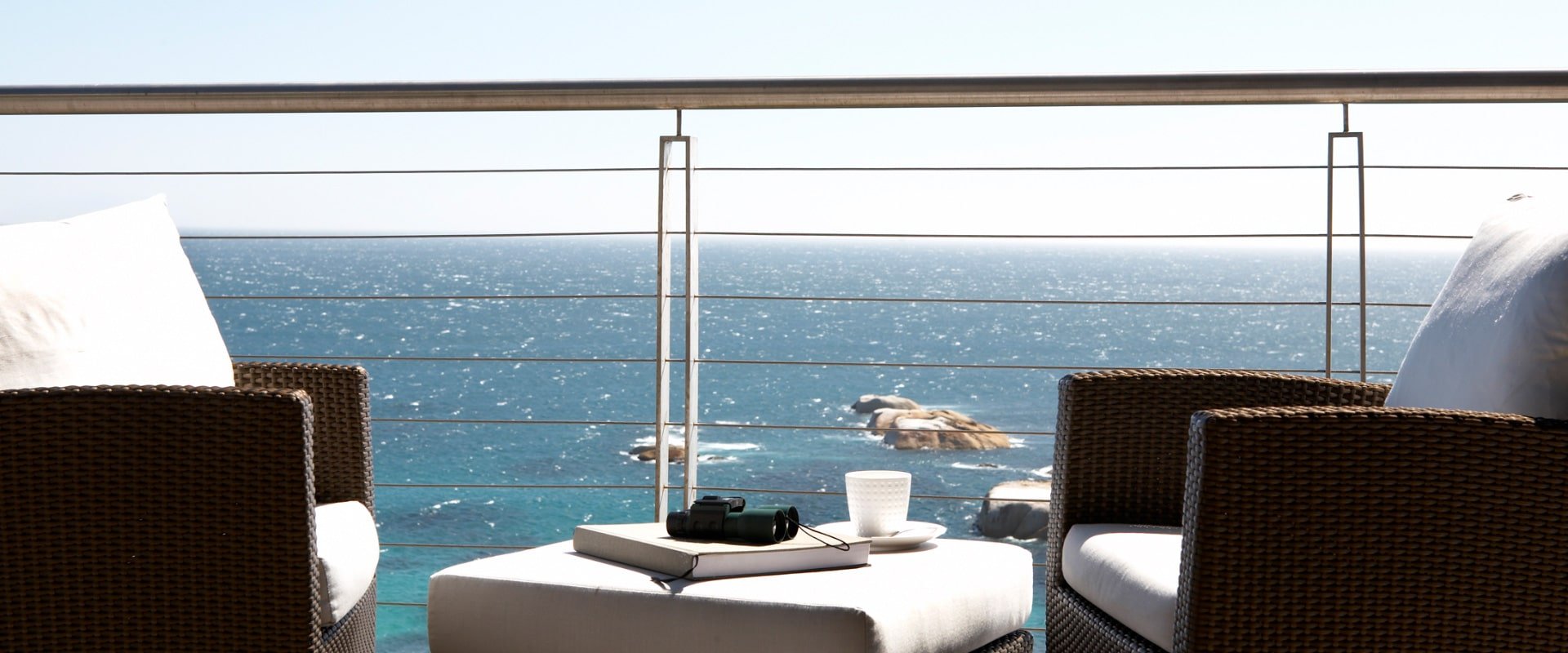
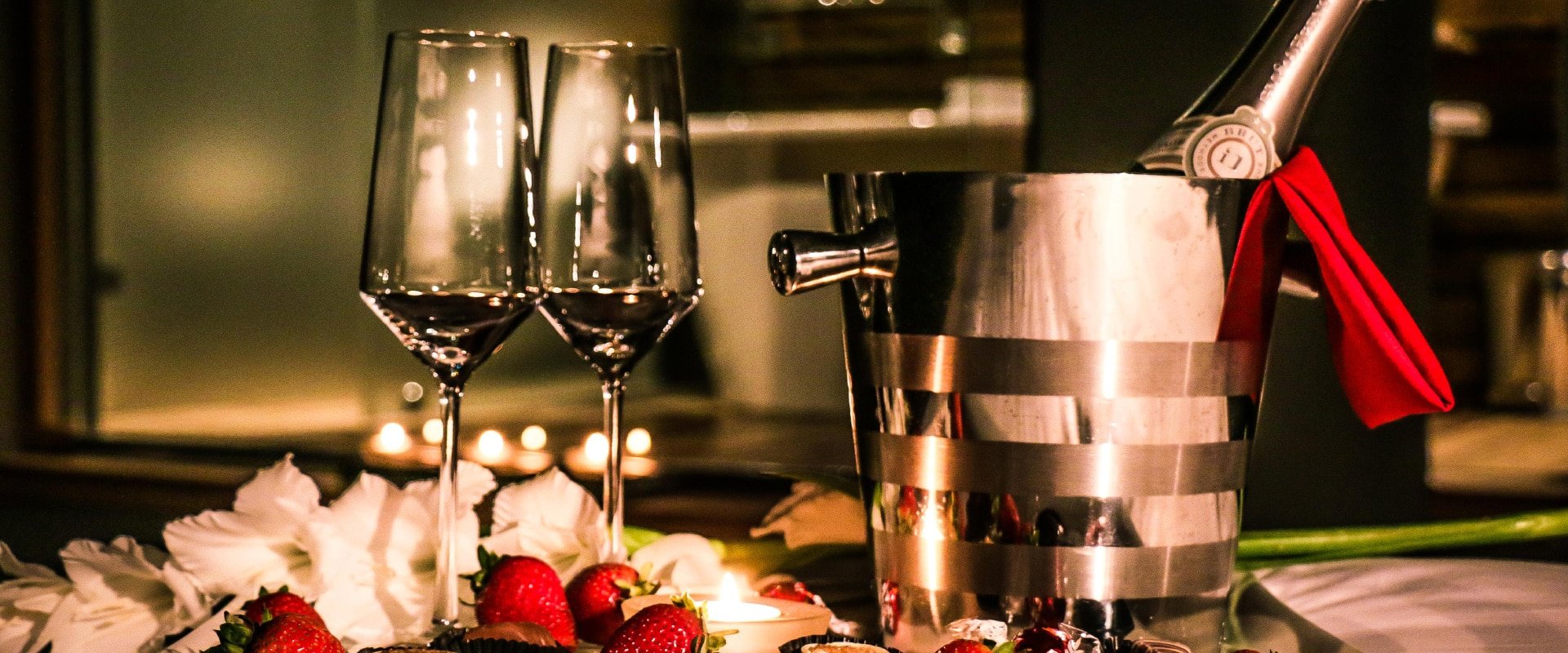
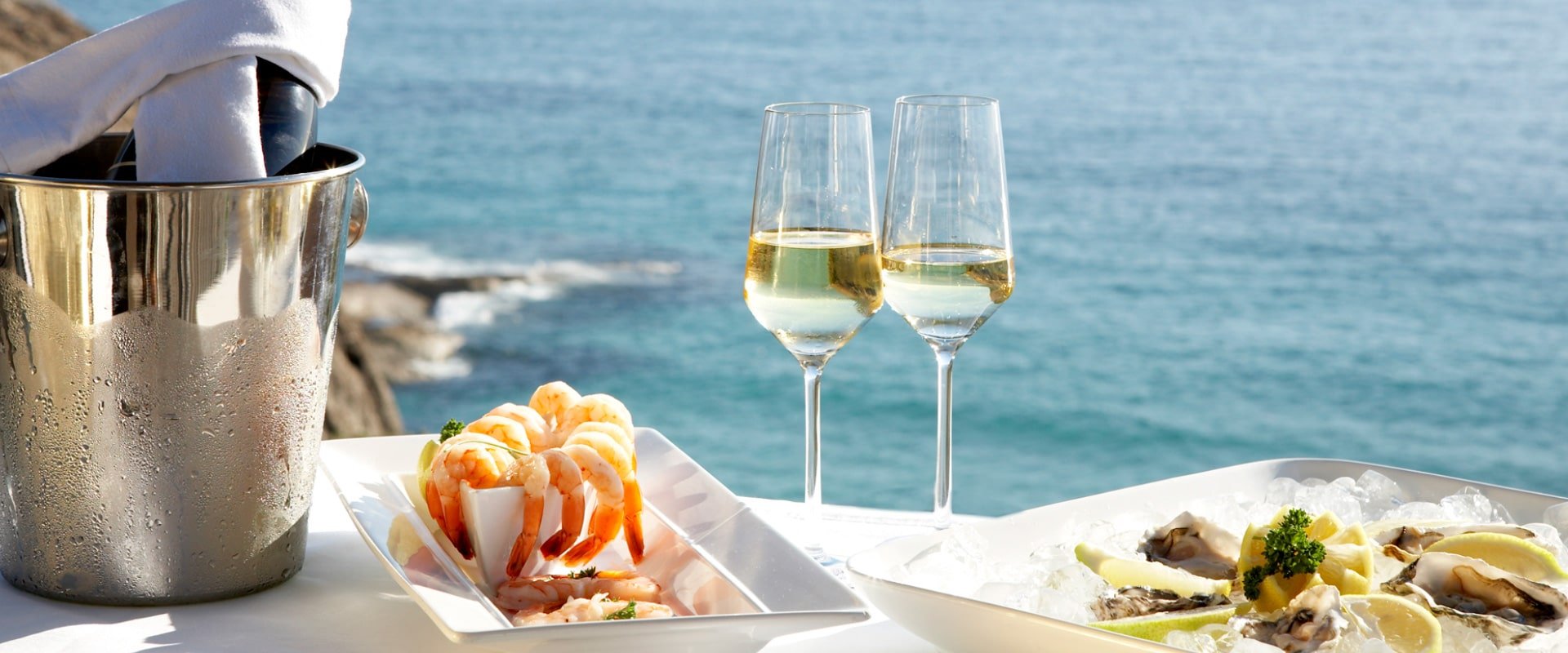
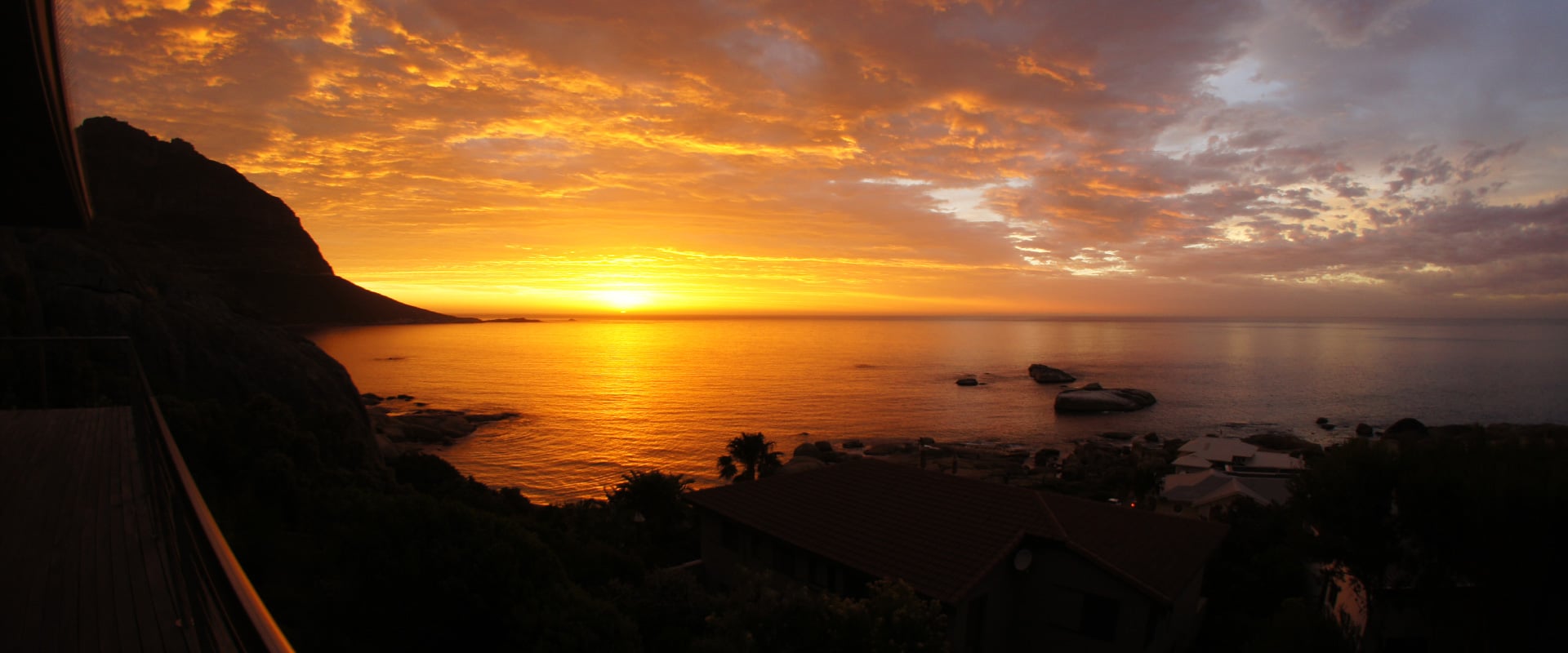

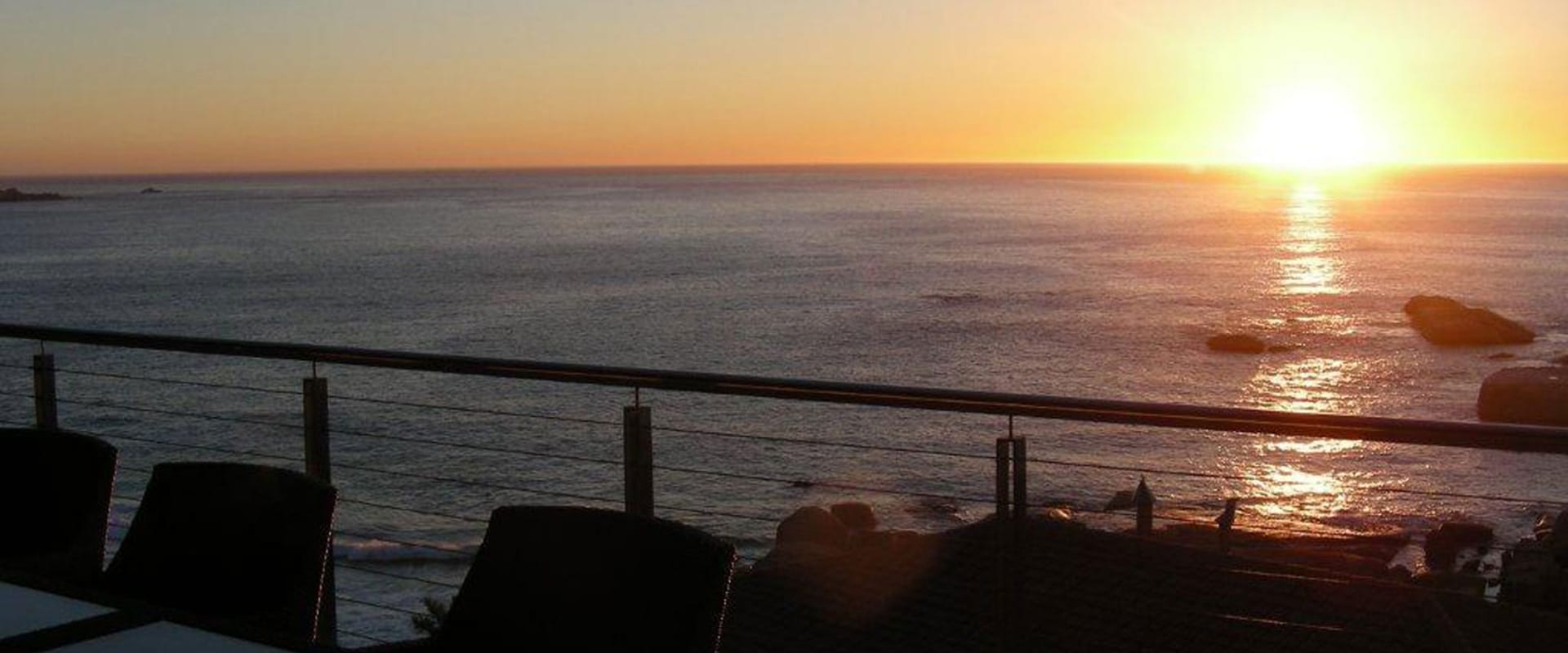
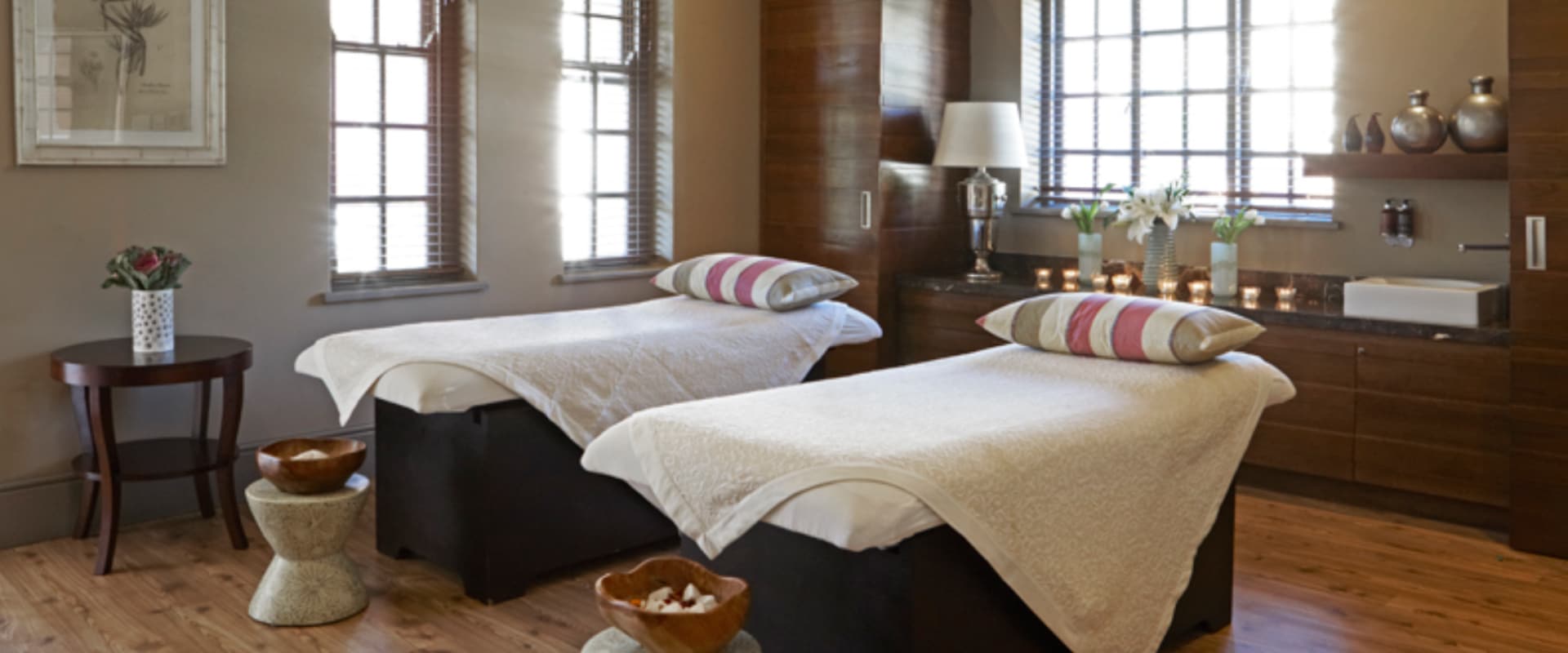
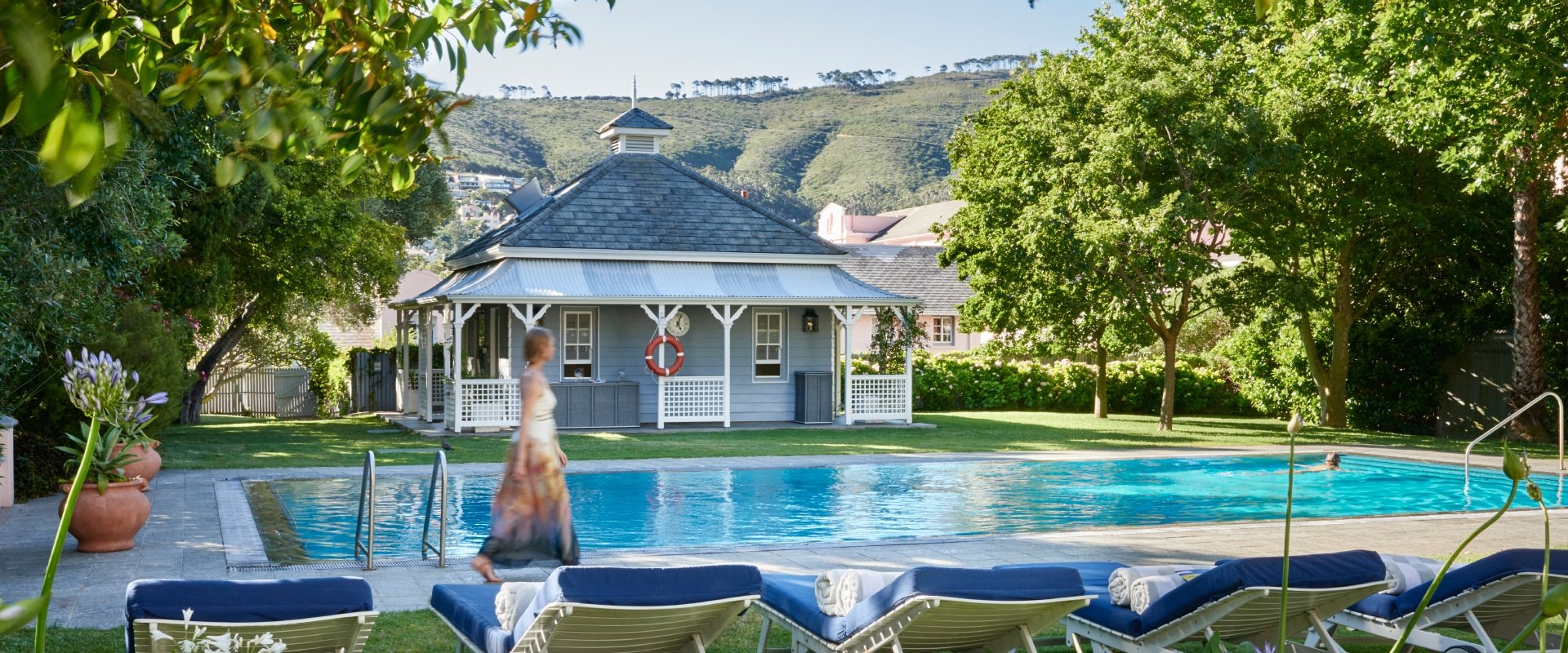
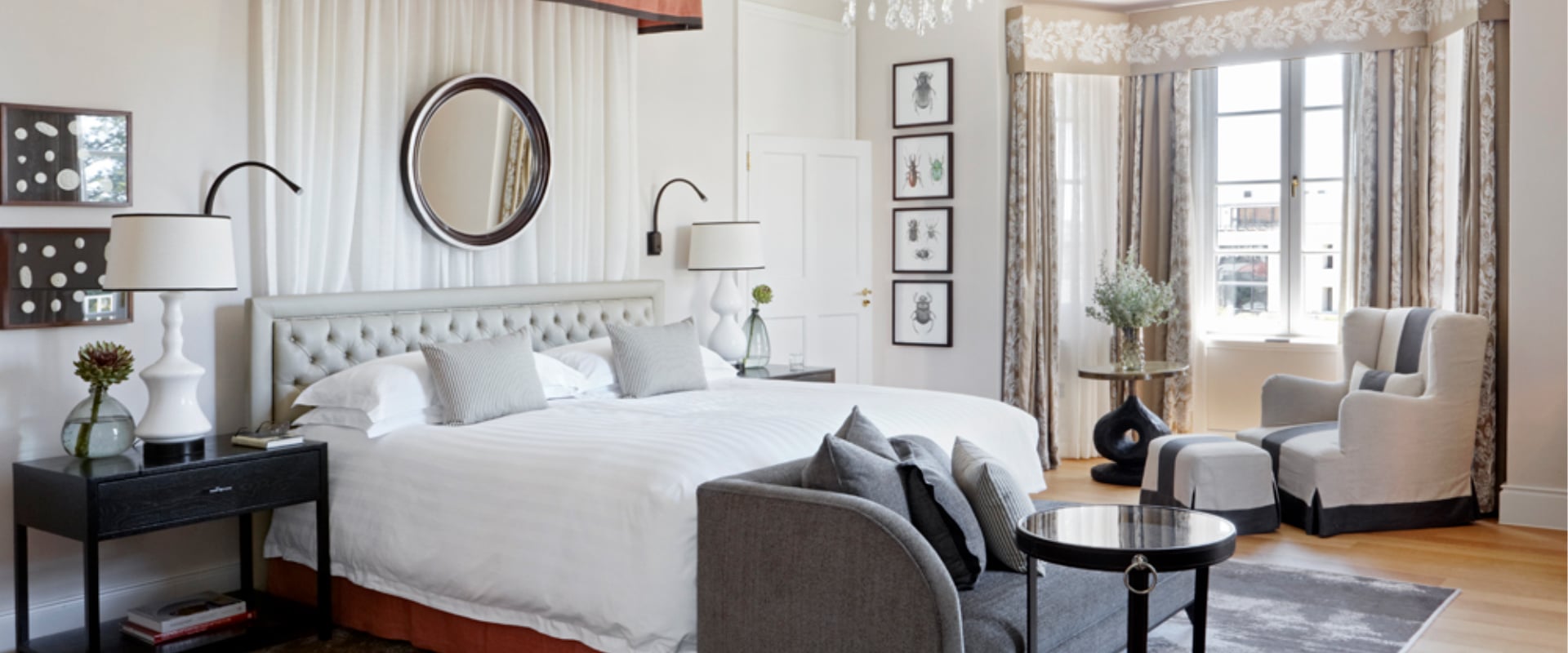

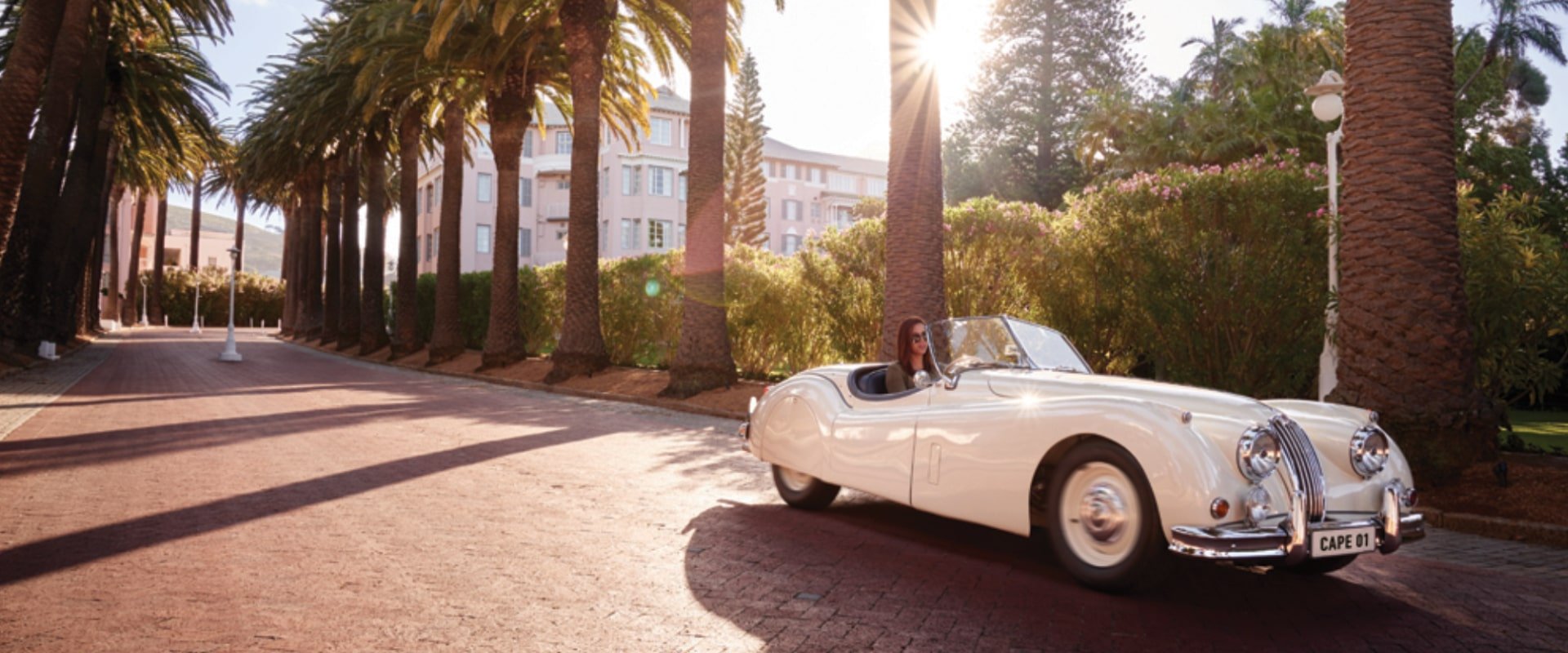

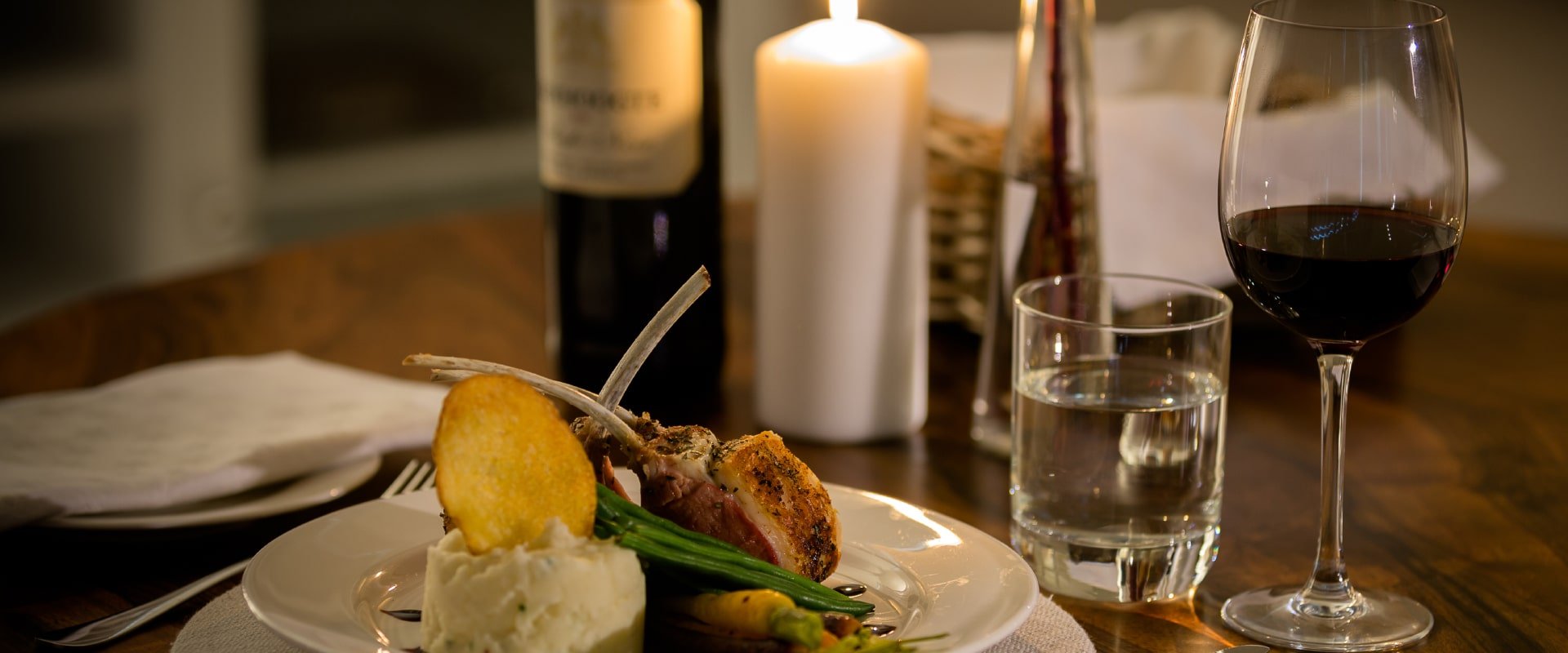
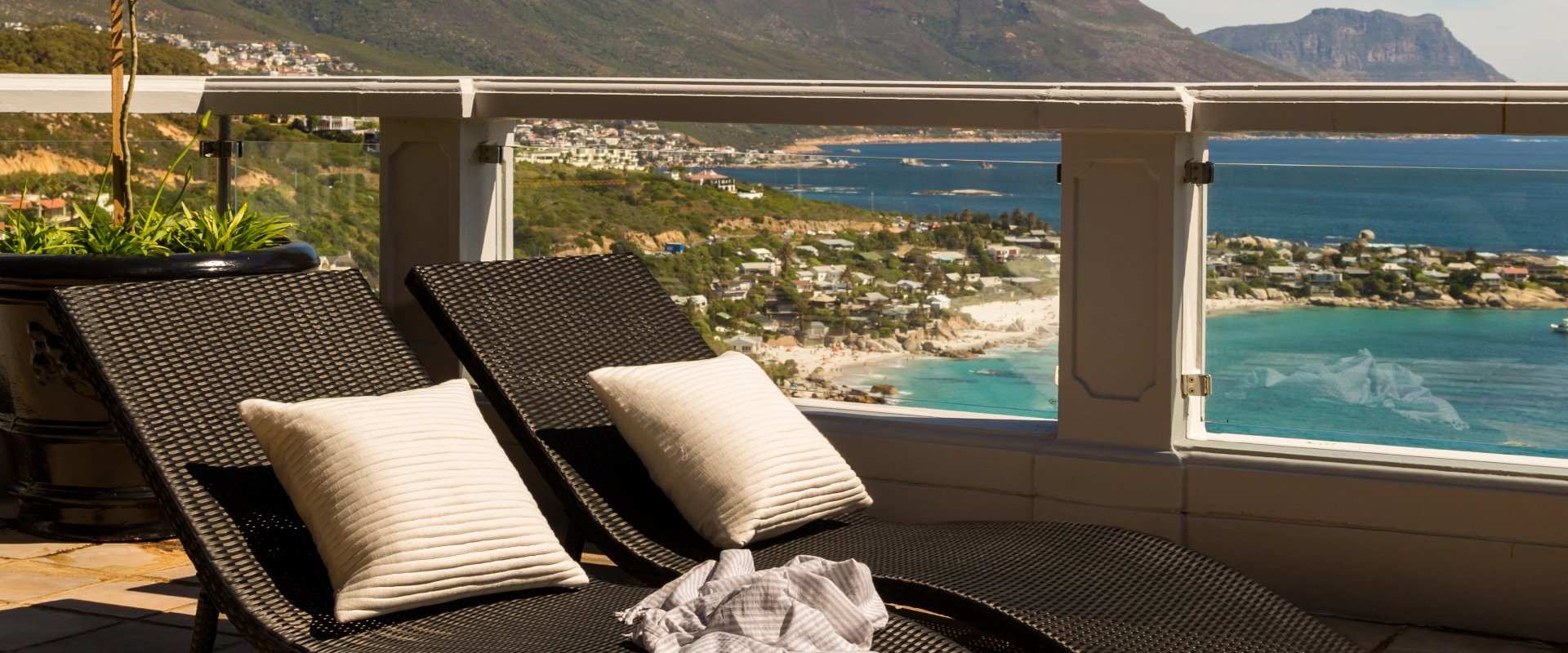
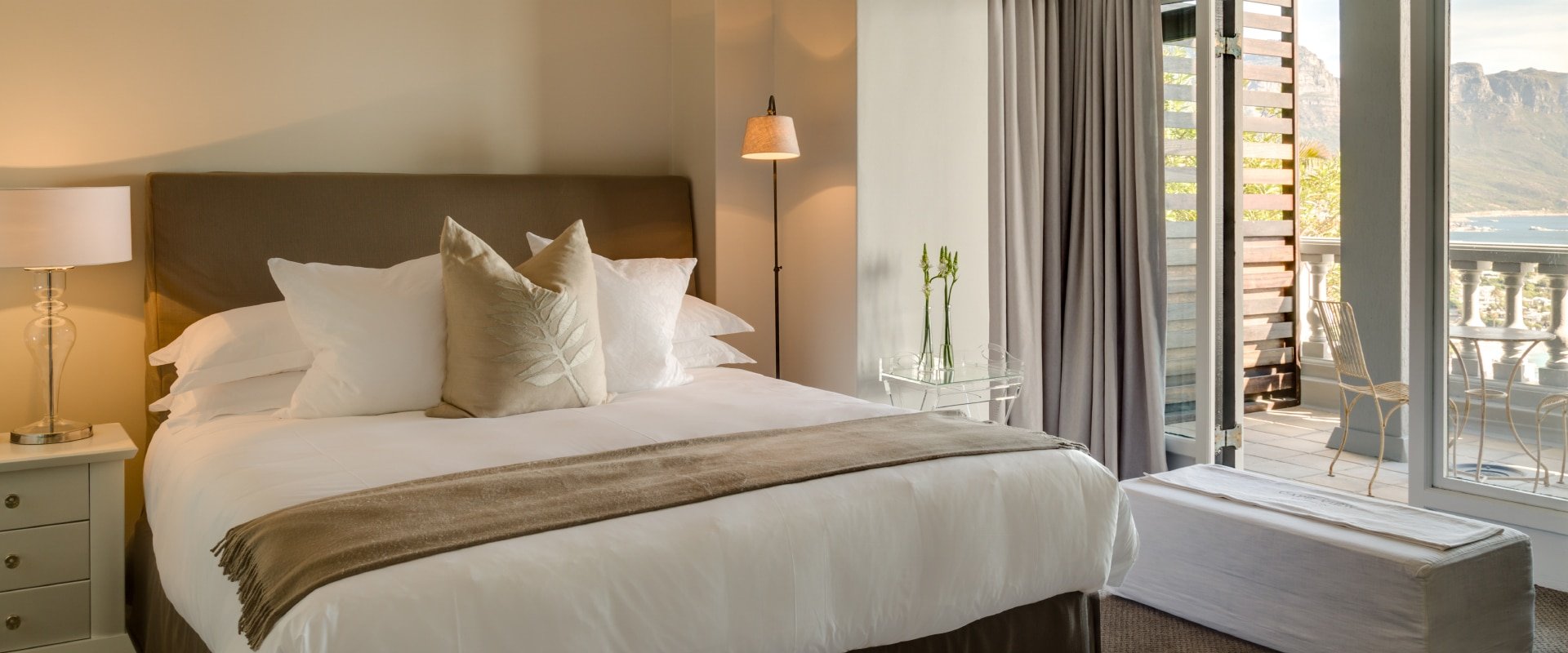
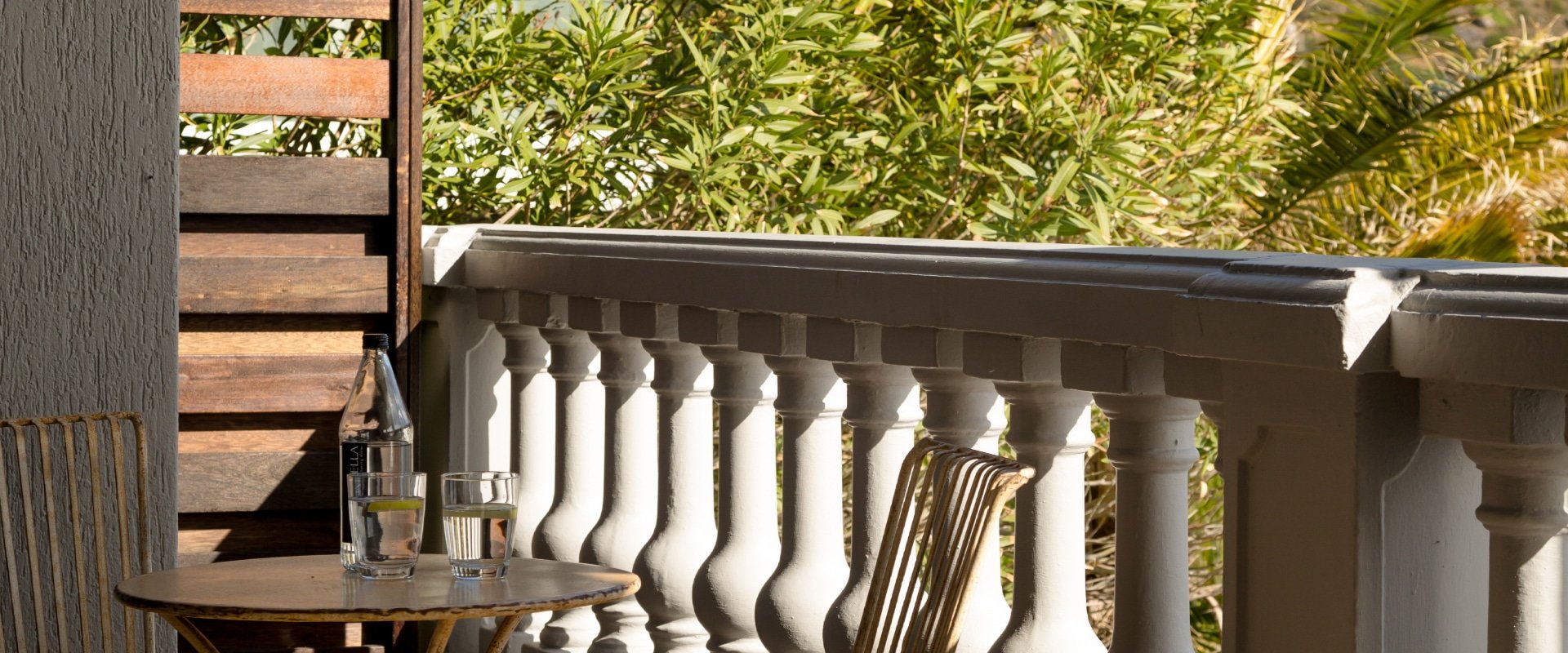
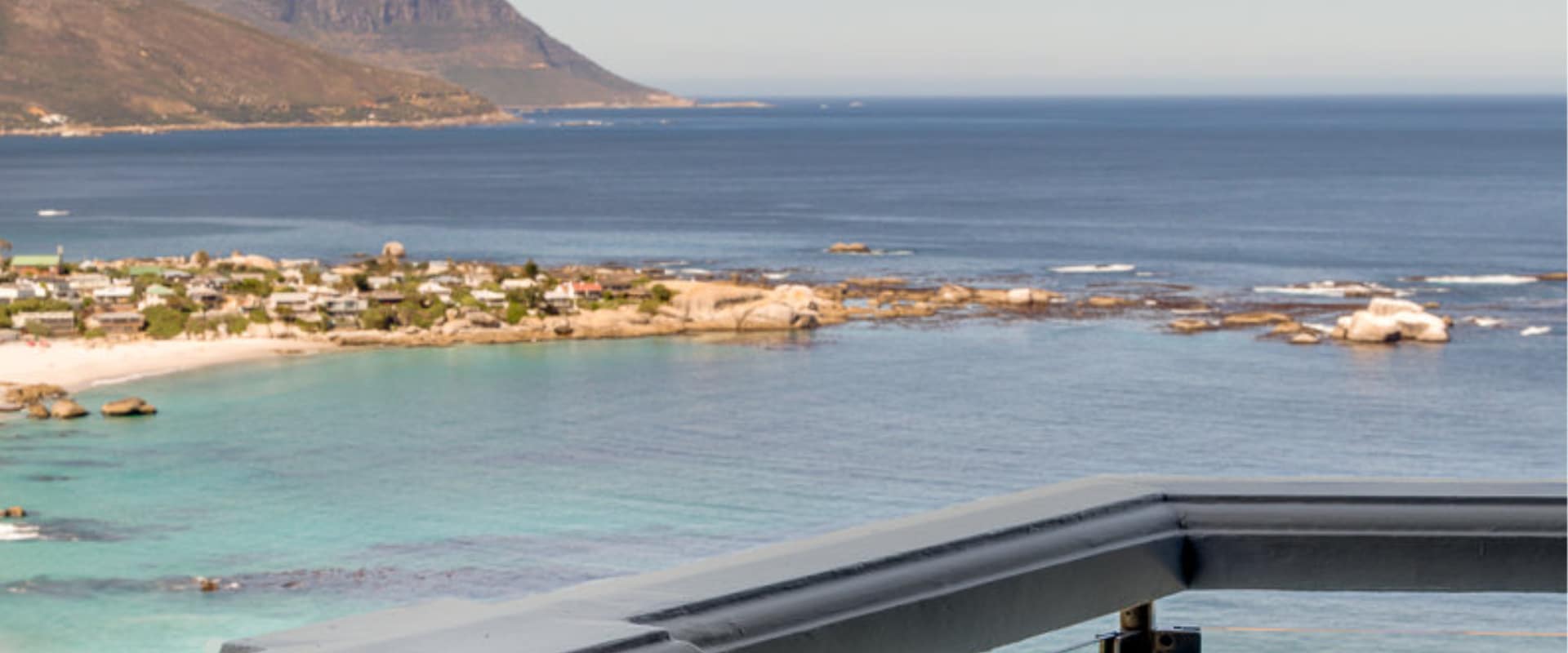
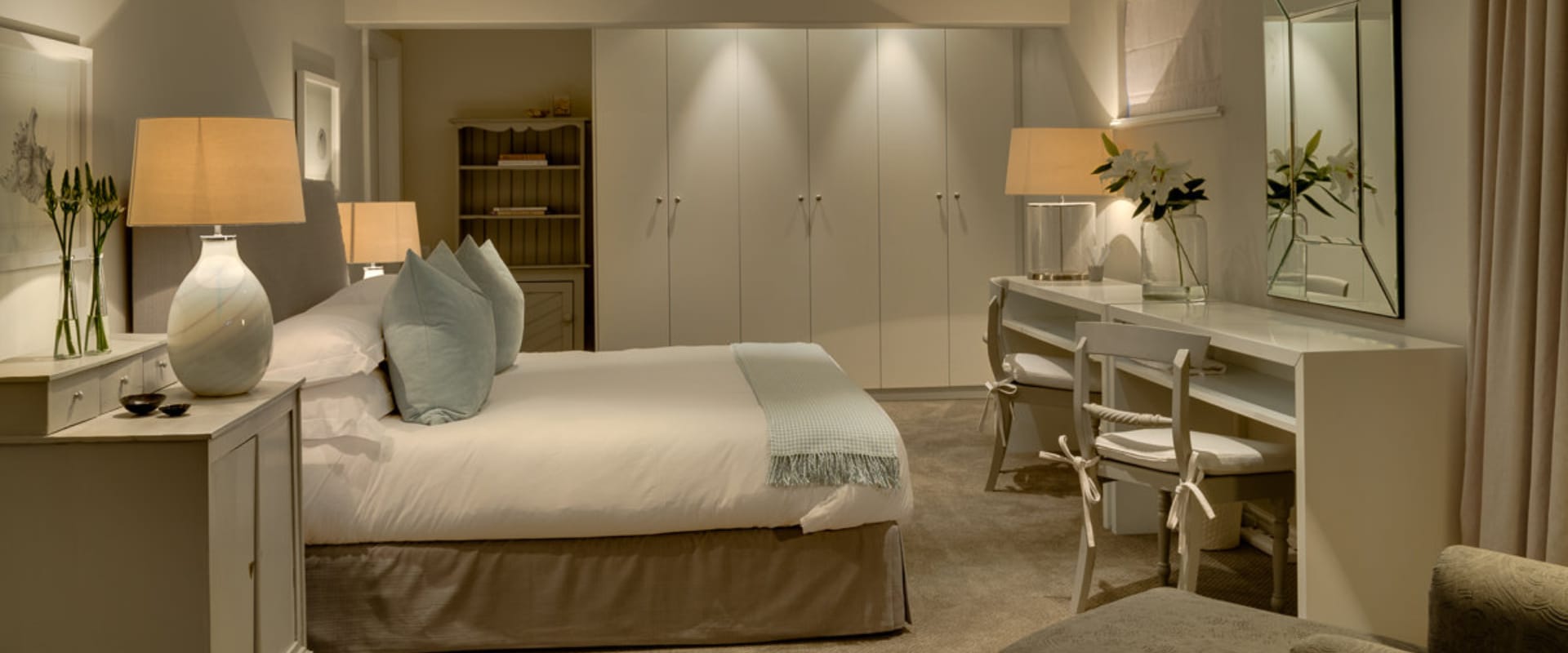
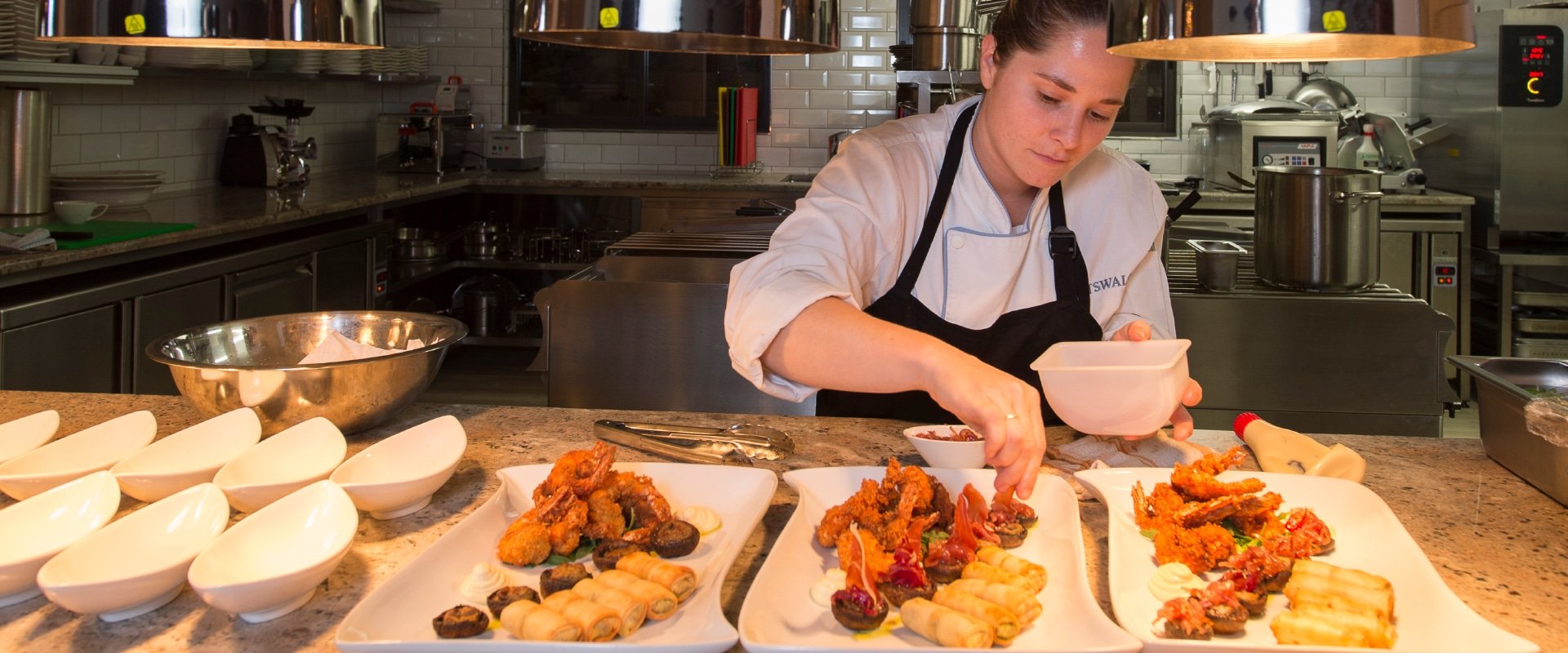
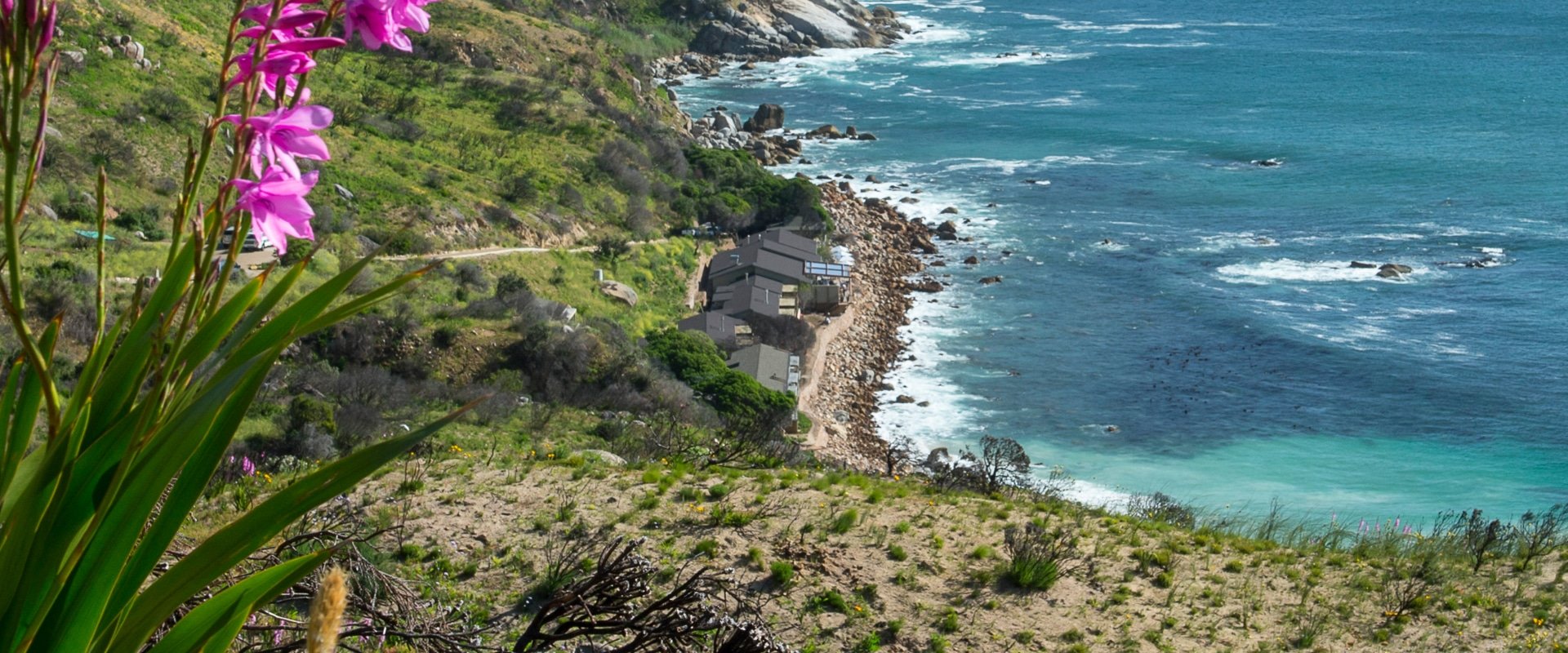
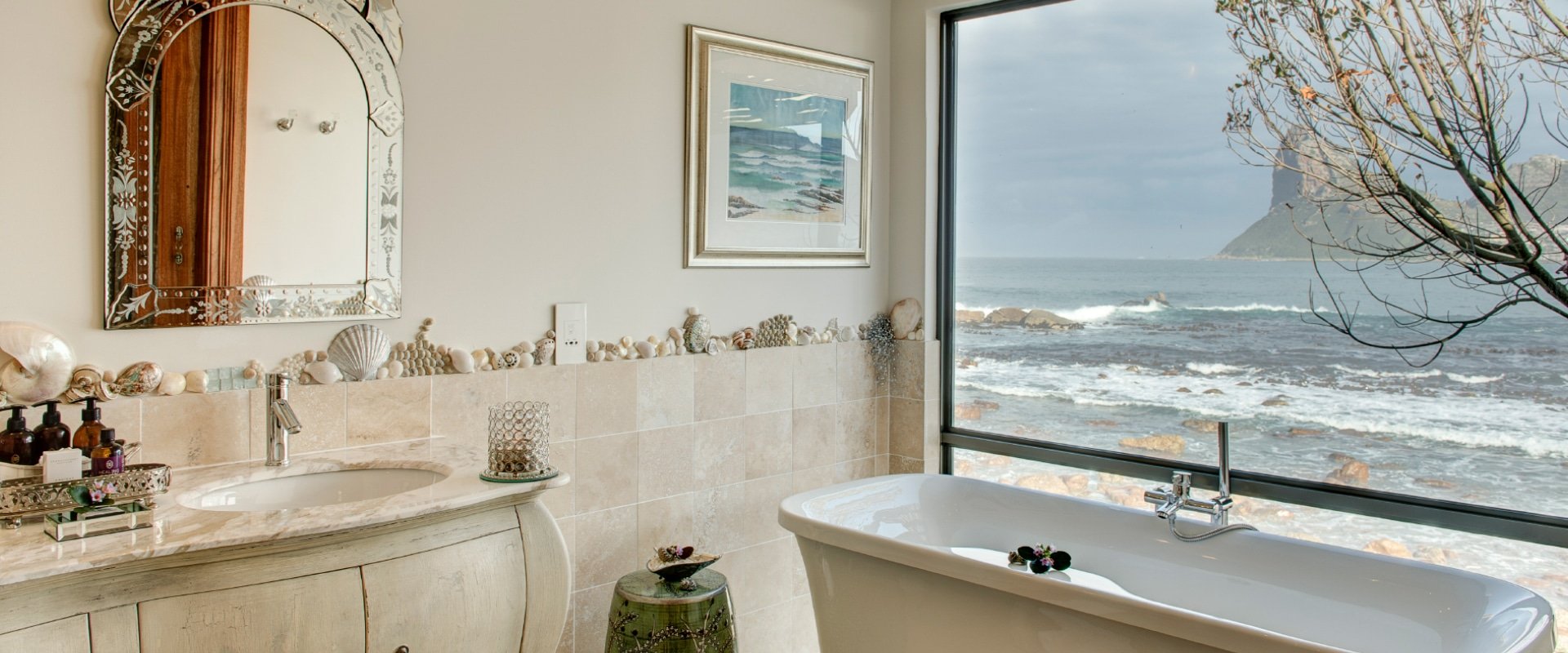
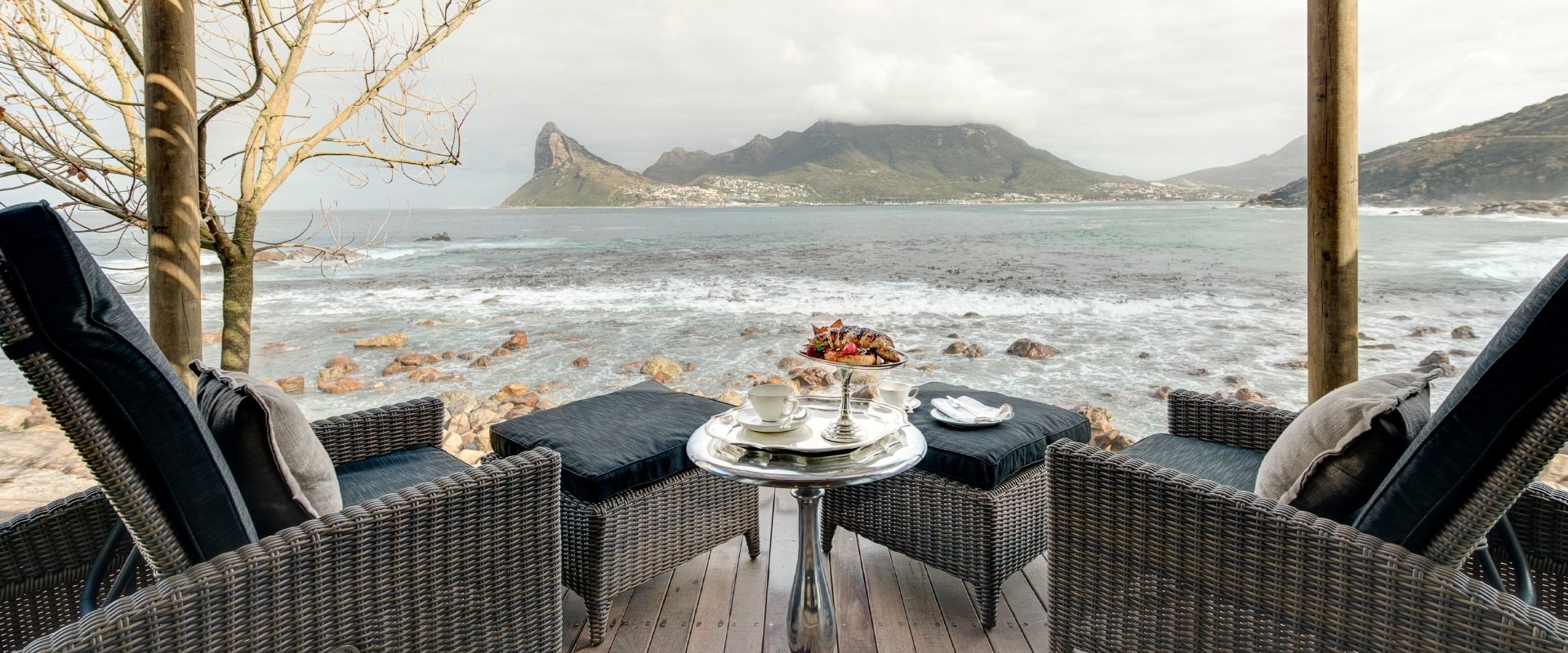
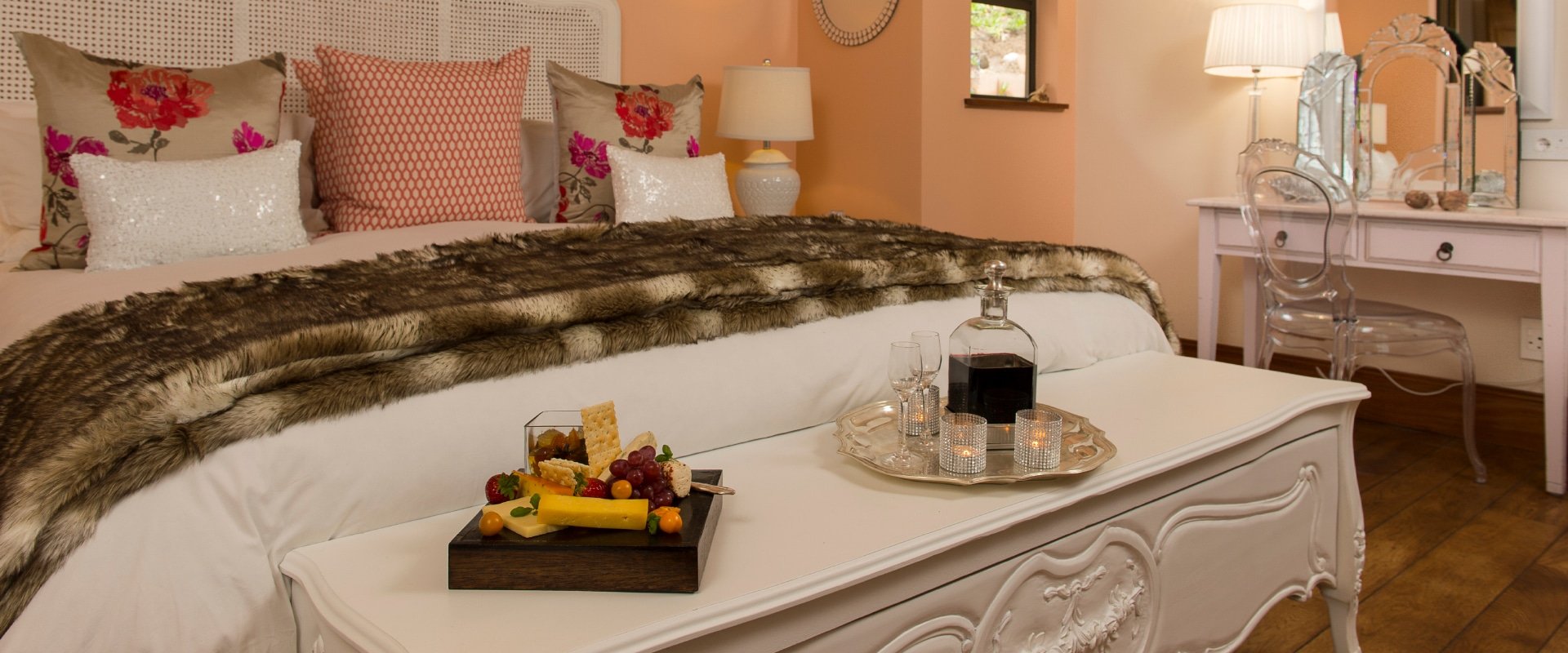
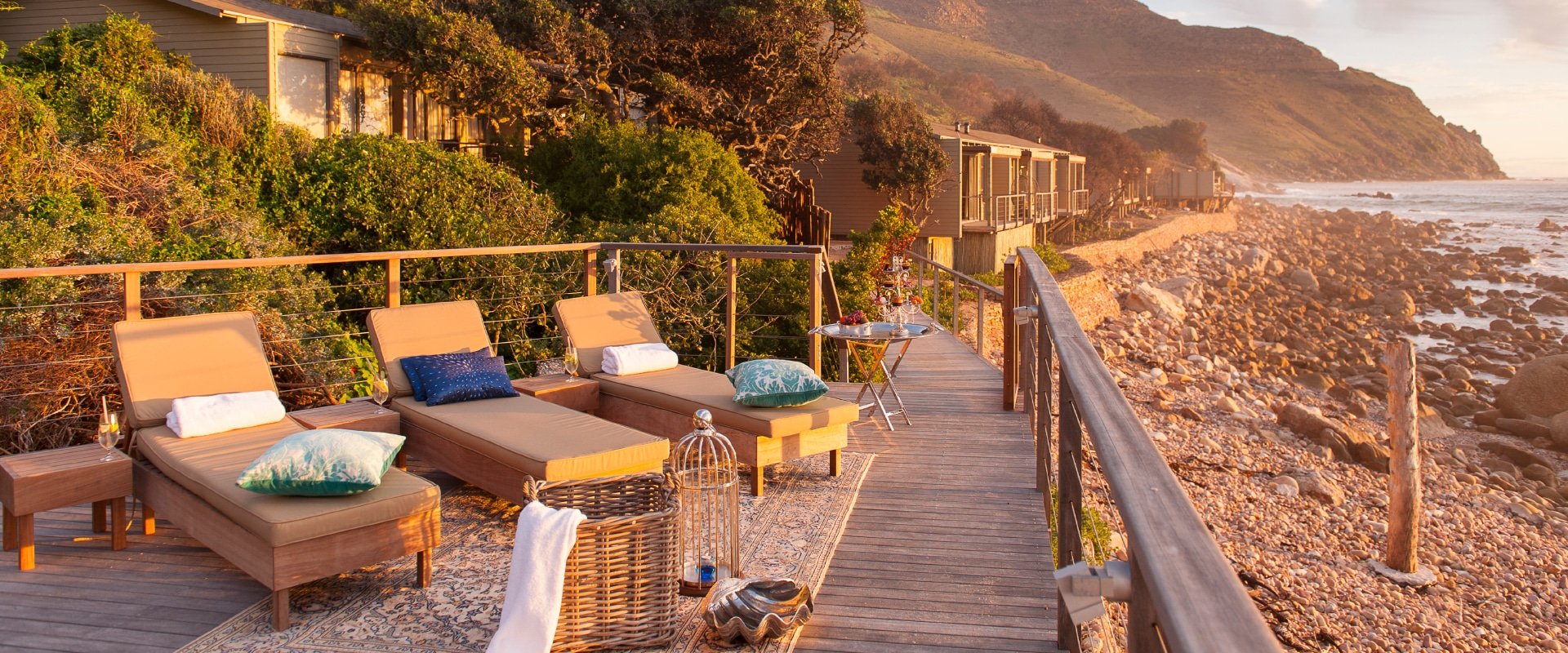
Cape Town – affectionately named the “Mother City” – consistently captivates the hearts of its visitors and is a must-see on any South African itinerary. In 1488, the Portuguese explorer Bartholomeu Dias named the peninsula “Cape of Storms”, due to fierce waves and severe storms. Not long after, construction of Cape Town’s first harbour started. The name was later changed to “Cape of Good Hope” to serve as a sign that, from this point, seafarers were close to the sea route to India.
Cape Town boasts two of 8 UNESCO World Heritage Sites in South Africa. Stretching over only 90 000 km², the Cape Floral Kingdom is the smallest in the world and contains approximately 9 600 plants and flowers – of which 7 000 of them appear nowhere else in the world. Another is Robben Island, known for serving as a maximum-security prison for the world-famous Nelson Mandela.
A city shaped by a population from diverse origins, Cape Town is rich in culture and its heritage is noteworthy. The cosmopolitan atmosphere is rife with galleries, theatres, markets and world-class cuisine, showcasing local and international sophistication. Heritage sites and fascinating architecture dot the spectacular landscape of natural wonders, filled with delicate plant species and crowned by the gracious Mountain.
Cape Town is said to have its own “vineyard”. The area of Constantia, located only 20 minutes away from Cape Town City Centre is the oldest wine-producing region in the southern hemisphere.